RIBA picks best new buildings in North West
A dozen buildings have been shortlisted for the 2017 RIBA North West Awards. Stephenson Studio and Sixtwo Architects each have two buildings in the running for the prizes, due to be awarded in May.
The buildings shortlisted are:
- Blackburn Bus Station, Blackburn by Capita, pictured above
- Cambridge Street, Manchester by Hodder + Partners
- City Football Academy, Manchester by Rafael Viñoly Architects
- Finlays Warehouse, Manchester by Stephenson Studio
- Foundry, Salford by Sixtwo Architects
- Liverpool Philharmonic, Liverpool by Caruso St John
- Liverpool’s Royal Court, Liverpool by Allford Hall Monaghan Morris
- Maggie’s at the Robert Parfett Building, Manchester by Foster + Partners
- Oldham Town Hall, Oldham by BDP
- Stoller Hall at Chetham’s School of Music, Manchester by Stephenson Studio
- Stubbs Mill, Manchester by Sixtwo Architects
- XYZ, Manchester by Cartwright Pickard
The winners will be named at an awards dinner on Wednesday 24 May at Manchester Art School.
Full list including architects’ own descriptions of their work:
Blackburn Bus Station, Blackburn | Architect: Capita
The Cathedral Quarter redevelopment in Blackburn prompted relocation for the old bus station which comprised of small windswept utilitarian shelters opposite Blackburn railway station. Capita was appointed to design a landmark that would promote a step-change in quality and perceptions of public transport. The composition of the canopy draws inspiration from Blackburn’s historic weaving looms which through a series of slots, allow daylight to penetrate onto the concourse. The concourse is lined in stone which absorbs solar gains and is conceived as an extension of the public realm, which itself has strengthened pedestrian links and improved connectivity.
Images by Nick Guttridge
Cambridge Street, Manchester | Hodder + Partners
The building site was a derelict horseshoe-shaped plot, enclosed by a meander in the River Medlock to the Northern and Eastern boundaries. The building contains 282 private rental apartments, with a reception and commercial unit at street level. The accommodation is split into two opposing blocks: the lower situated at 19 floors above ground and the highest at 28. The scale of each responds to the desire for the site to act as a landmarked gateway into the city, as defined by the Terry Farrell masterplan, whilst translating the key heights of the chimney and eaves of the adjacent mill. The one, two and three bedroom apartments were designed to the London Housing Design Guide standards and provide high quality, high density accommodation for sustainable City Centre living.
Images by Peter Cook
City Football Academy, Manchester | Rafael Viñoly Architects
The architect’s masterplan and building design for the City Football Academy was born out of the Manchester City Football Club’s desire to create a world-leading training complex whilst consolidating existing facilities and reinforcing its connection to East Manchester’s community. The Central Training Facility combines First Team and Academy facilities, two training pitches and shared support spaces. To the north west of the campus is a 7,000-seat arena which also houses the Club’s Global Headquarters and a Media Centre. These elements are surrounded by 14 training pitches, one of which is dedicated for use by the community. Throughout the scheme, robustness and durability were important considerations for maintenance of appearance and to extend the lifespan of the development.
Images by James Thorp, William Cross, Will Pryce
Finlays Warehouse, Manchester | Stephenson Studio
Finlays Warehouse is a grade two-listed building, located on Dale Street in the Northern Quarter. It had been empty for several years before Stephenson Studio was approached to convert the building into 27 one-, two- and three-bedroom luxury apartments. The external elevations have been sympathetically restored, whilst careful consideration has been given to the buildings internal features to enable them to be incorporated into the new proposals. The overriding principle was to ensure that one is always conscious of being in a nineteenth century warehouse built of bricks, stone, pitch pine and cast iron, whilst at the same time, providing high quality modern residential facilities. Interior finishes, appropriate for a warehouse interior, include rough sawn oak, galvanised steel and kitchens painted in heritage colours.
Images by Andrew Wall
Foundry, Salford | Sixtwo Architects
Completed in 2016, the architects adopted a fresh approach to a much-ignored architectural type; the industrial warehouse. Its unique design and public amenity offer has appealed to the surrounding community and market place, and as such, all of the units have either been sold or are pending completion. A key aspect of Foundry’s design was to create a new public boulevard to connect grade one-listed Ordsall Hall to the Ship Canal towpath and visa-versa. This new amenity is open every day of the year and has played a huge role in opening up the surrounding area to further regeneration.
Images by Ben Draguisky, James Andrews
Liverpool Philharmonic, Liverpool | Caruso St John
Caruso St John was appointed in 2012 for the refurbishment and extension of the grade two-listed Liverpool Philharmonic Hall, originally designed by Herbert Rowse and built in 1939. The architects approached the building in three interrelated parts; the front of house, the auditorium and stage, and the backstage facilities. The new building has a festive and unified spirit like the Rowse Building, with the performance space, back of house facilities and offices being brought together to make a single, compact volume. The wide corner window to the bar, the extravagant marquee and the bold posters and signage lend an urban quality to the new venue, projecting the dynamism of the Philharmonic’s programme to the city outside.
Images by Hélène Binet
- Liverpool Philharmonic, by Caruso St John
Liverpool’s Royal Court, Liverpool | Allford Hall Monaghan Morris
The grade two-listed Royal Court Theatre has been at the heart of Liverpool’s cultural and social life for nearly 200 years. The project, won in 2008 by open competition, is an exercise in restrained reinvention, delivered in phases as funding has been secured. Phases one and two, of a planned five, have seen the refurbishment of the original 1,186-seat auditorium and the exposure of the theatre’s original brickwork by remodeling the inefficient front of house areas to create a new circle bar and toilets on the first floor. The old box office is replaced by a weathered steel and glass-fronted extension that wraps around the building, reconnecting it to its lively surroundings.
Images by Rob Parrish, Tim Soar
Maggie’s at the Robert Parfett Building, Manchester | Foster + Partners
Maggie’s Centres provide refuge for people affected by cancer and place value upon the power of architecture to lift the spirits and aid therapy. Foster + Partners worked closely with Christie Hospital and its planning consultants to create a holistic masterplan for the future, with a new Maggie’s Centre at its centre. The building is arranged over one floor and its roof rises in the centre to create a mezzanine level, naturally illuminated by triangular roof lights and supported by lightweight timber lattice beams. The centre combines a variety of spaces, from intimate niches to a library, exercise rooms and places to share a cup of tea.
Images by Nigel Young
- Maggie's Centre at the Robert Parfett building, by Foster + Partners
Oldham Town Hall, Oldham | BDP
Another grade two-listed building, this time situated in the centre of Oldham. The former Town Hall building was vacated by its main occupier over 30 years ago, and since then attempts to reinvigorate the building failed because of local economic conditions and the building’s complex internal layout. BDP’s solution was to save as much as possible of the structure and design an extension – ‘the light box’ – on the poor elevation of the building, which resolved all circulation, level changes and access issues. The scheme has succeeded in providing a modern cinema facility and much needed family entertainment within an historic town centre, and saved a well-known historic building.
Images by Nick Caville, Paul Karalius
Stoller Hall at Chetham’s School of Music, Manchester | Stephenson Studio
The concert hall is the second phase of the new section of Chetham’s School of Music, the first phase was completed in 2012 by Stephenson Studio. The concert hall is a complex acoustically isolated ‘box within a box’ retro-fitted into the voluminous form of the existing building. A steel structure supports the concert hall, technical loft and plenum basement floor all ‘suspended’ within the self-weighted structure which sits on acoustic mounts. The new concert hall has a 484-seat capacity which includes a choir gallery and balcony. The internal aesthetics are acoustically modelled in oak paneling with profiled plaster finishes above, along with acoustic diffusion slot detailing and coved ceiling profiles.
Images by Daniel Hopkinson
- Stoller Hall at Chetham's School of Music, by Roger Stephenson
Stubbs Mill, Manchester | Sixtwo Architects
Stubbs Mill is the transformation of a former machine works into creative workspaces, located in New Islington, along the Ashton Canal. The Mill, created and owned by Joseph Stubbs, was the setting for pioneering production of bobbins and other machine parts. The contemporary conversion, set over three storeys, creates flexible offices split by a central atrium and core. A purposefully raw finish, with exposed steel beams, original machinery and lightly blasted brickwork creates an alternative approach for converting heritage assets.
Images by Jason Byrne
XYZ, Manchester | Cartwright Pickard Architects
The brief was to create commercial workspace, supporting corporate, creative and emerging businesses with innovative, dynamic ‘Grade A’ accommodation, premium hospitality and design-led spaces. This ten-storey building provides a vibrant community hub for tenants, including basement car-parking, cycle hub, communal workspace, gym, café, restaurant, and services concierges for tenants ranging from start-ups to established corporates. To meet economic viability, the architects took a rational design approach to allow construction of 232,000 sq ft of floor space with a raw, industrial feel. Oak wall linings and flooring offer a softening warmth to the interiors.
Images by Robert Phillips and Hufton + Crow
Sign up to receive the Place Daily Briefing
Join more than 13,000 property professionals and receive your free daily round-up of built environment news direct to your inbox
Subscribe
Join more than 13,000 property professionals and sign up to receive your free daily round-up of built environment news direct to your inbox.
By subscribing, you are agreeing to our Terms & Conditions and Privacy Policy.
"*" indicates required fields


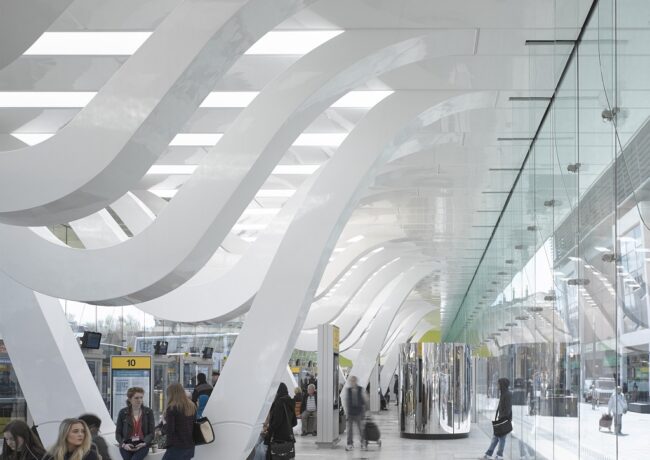
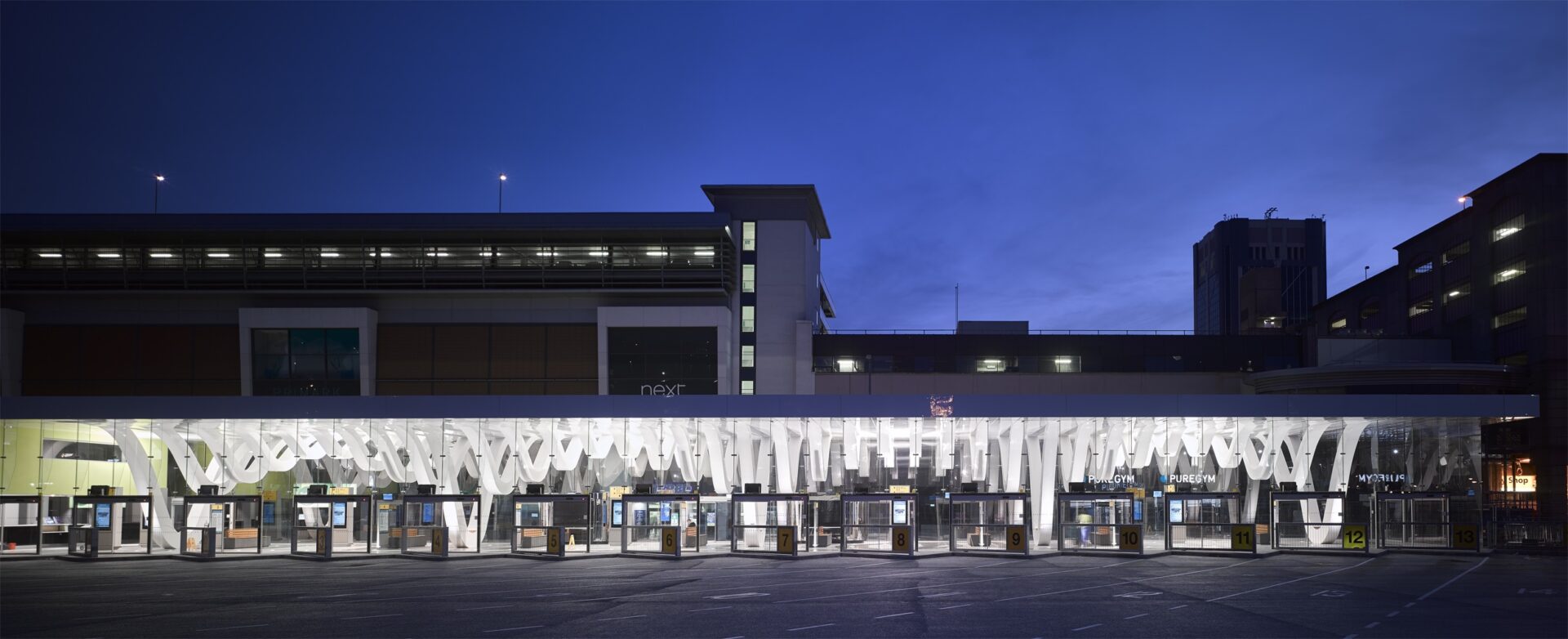
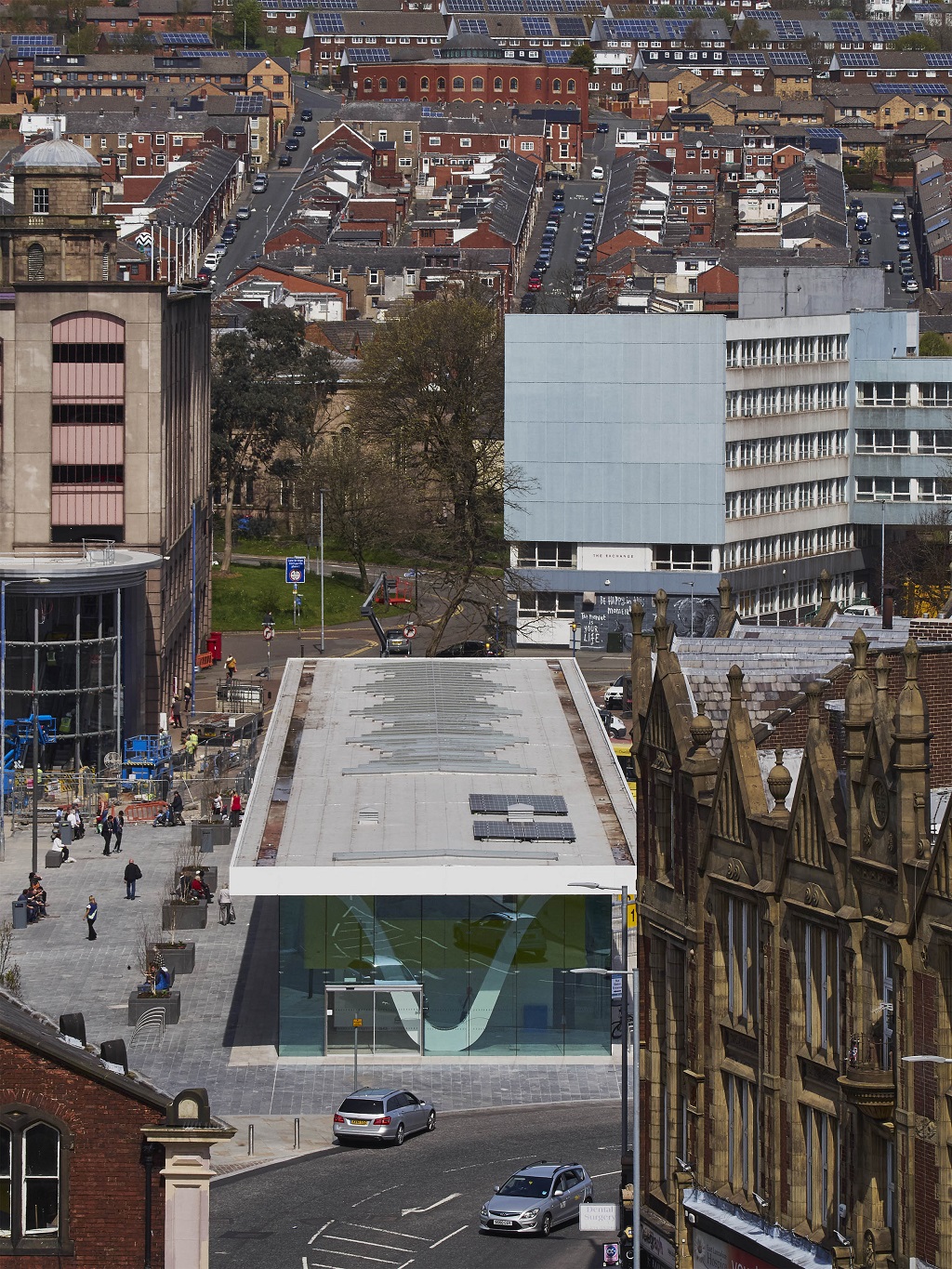
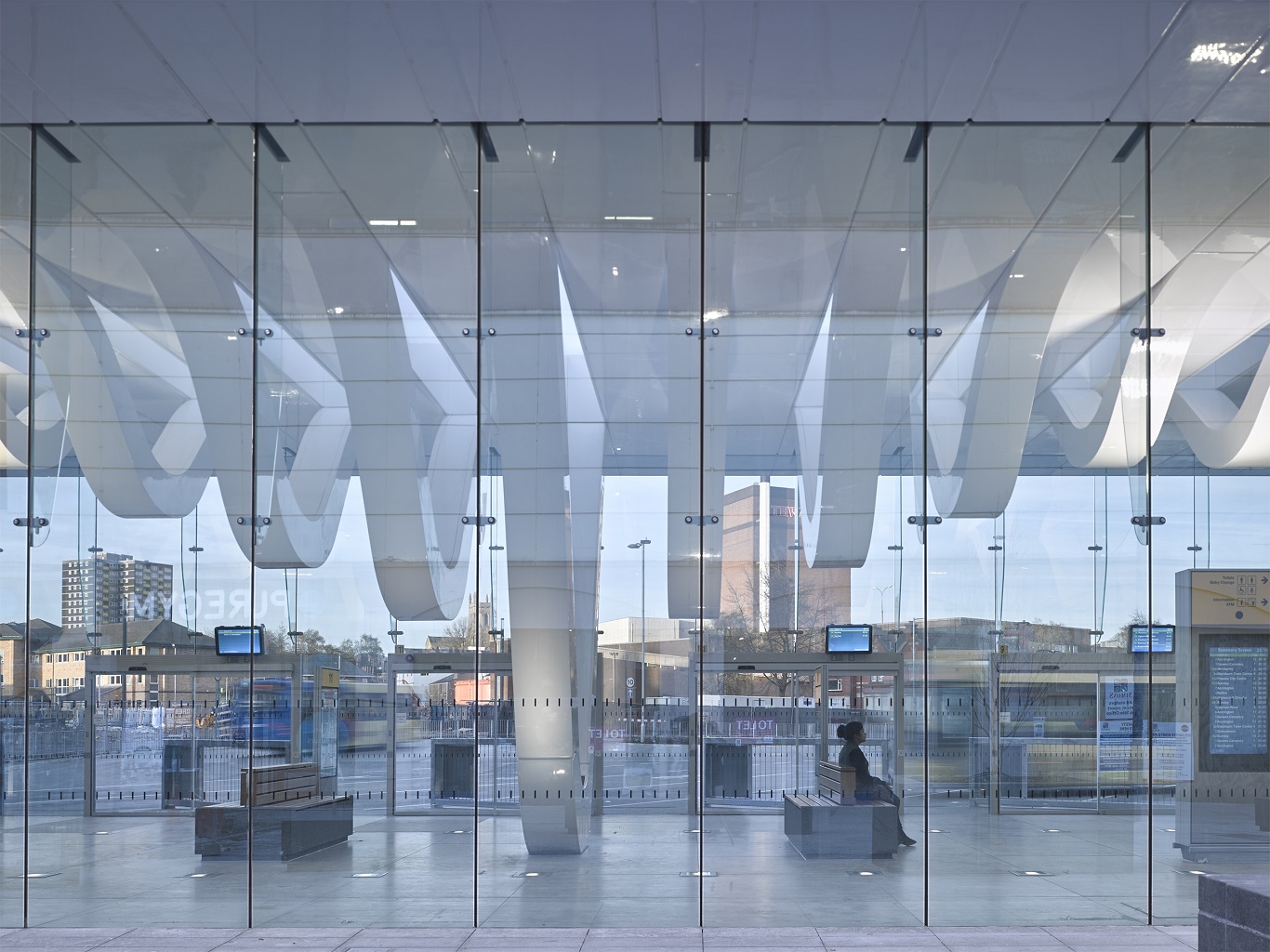
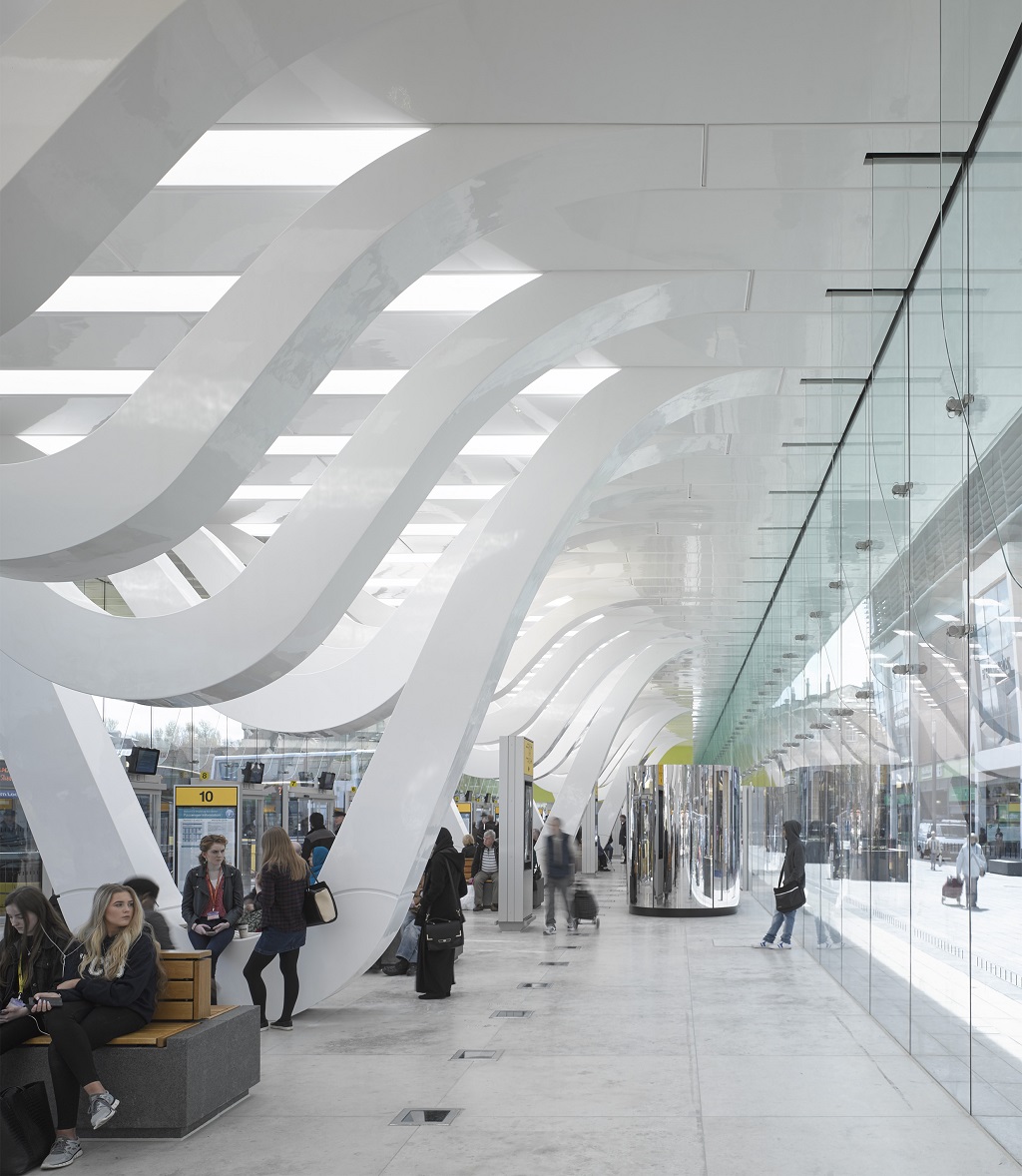
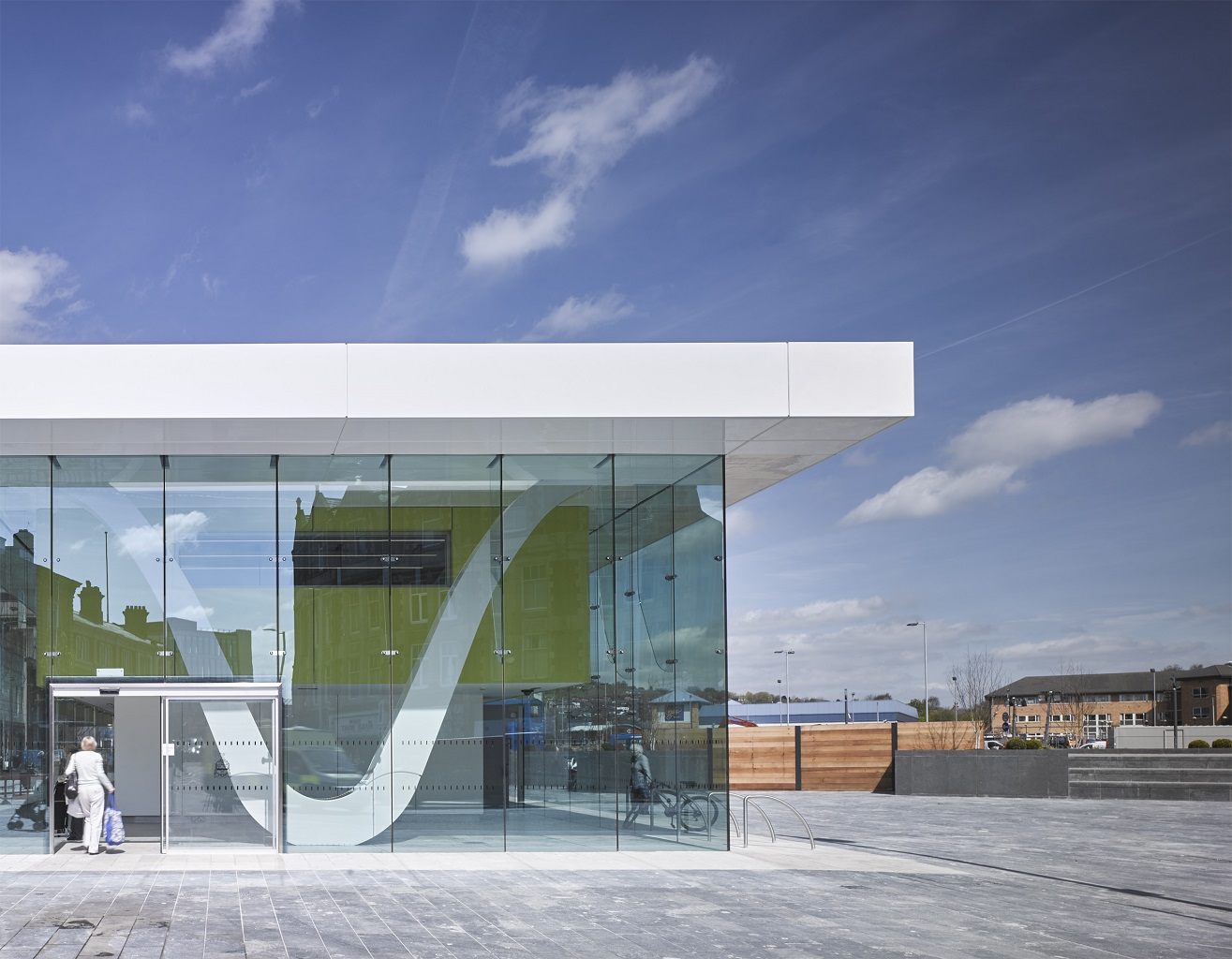
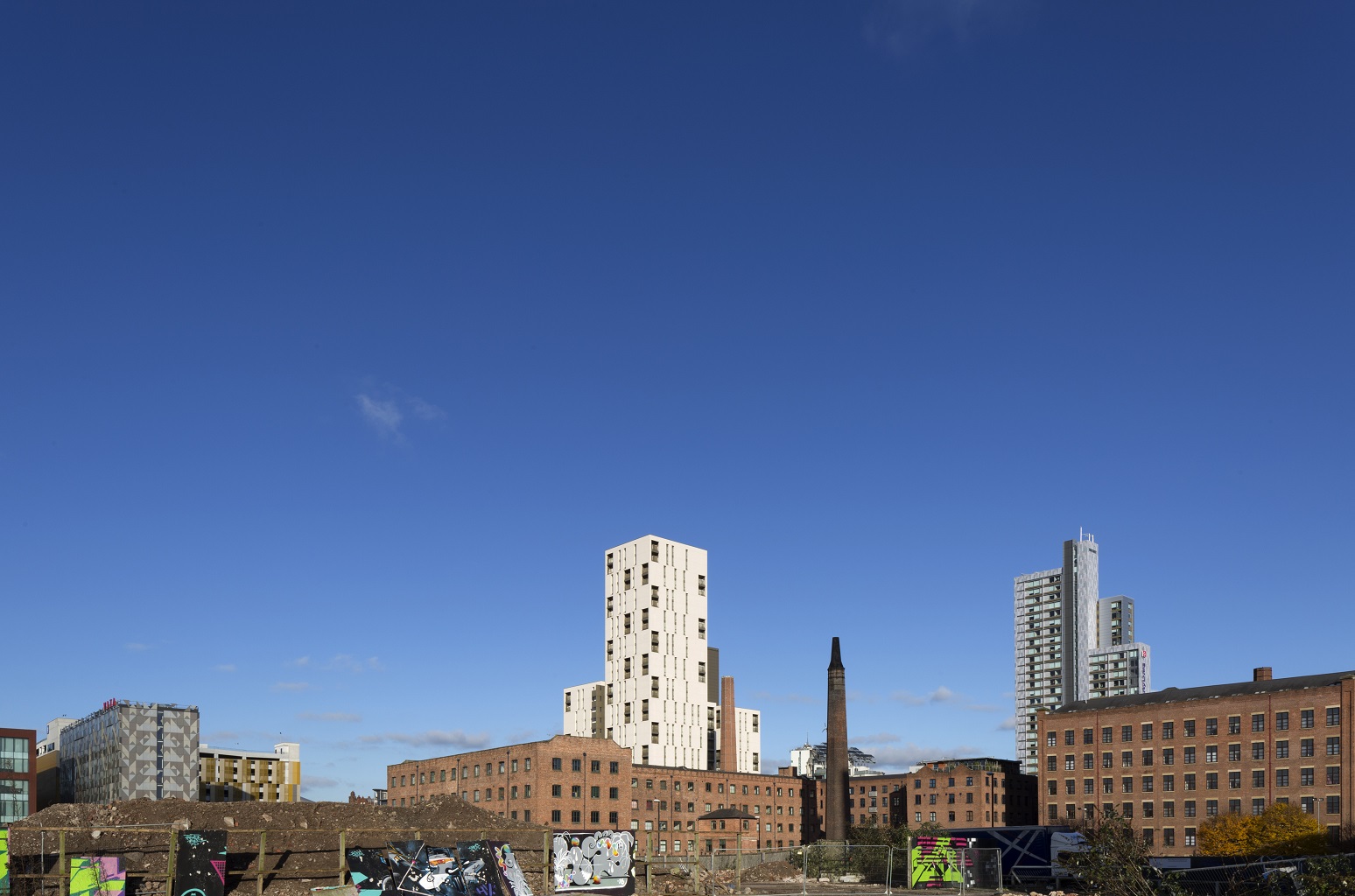
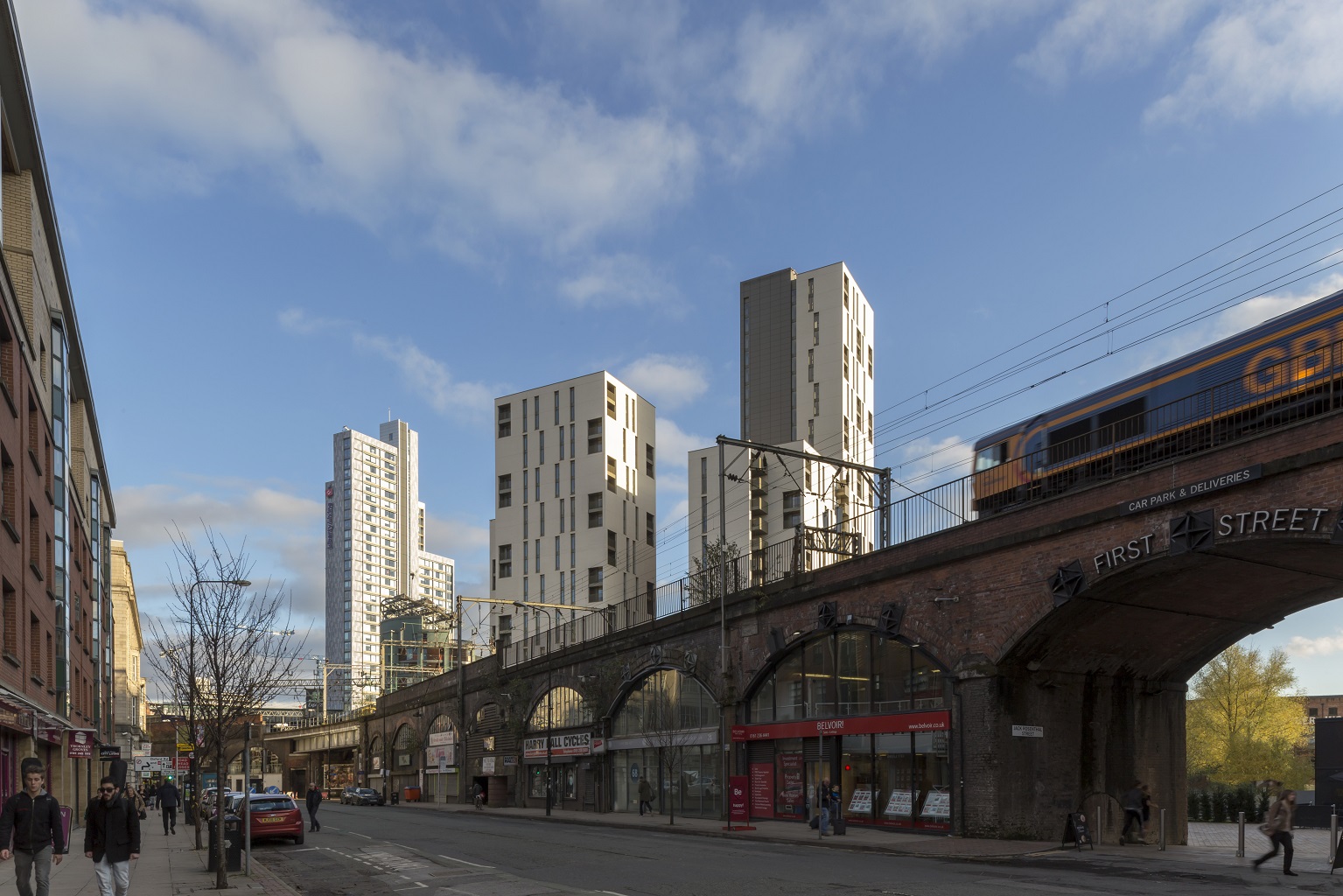
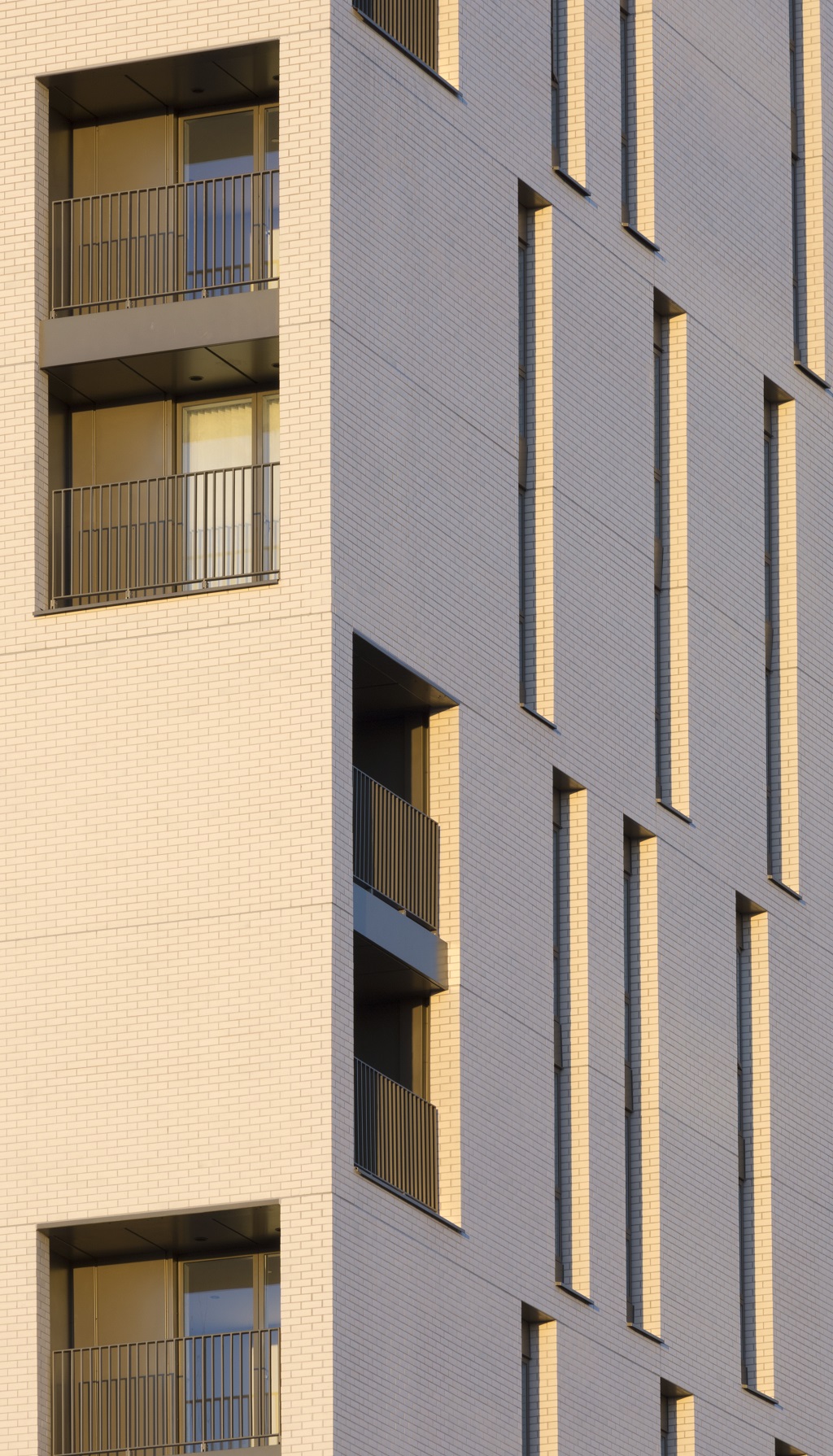
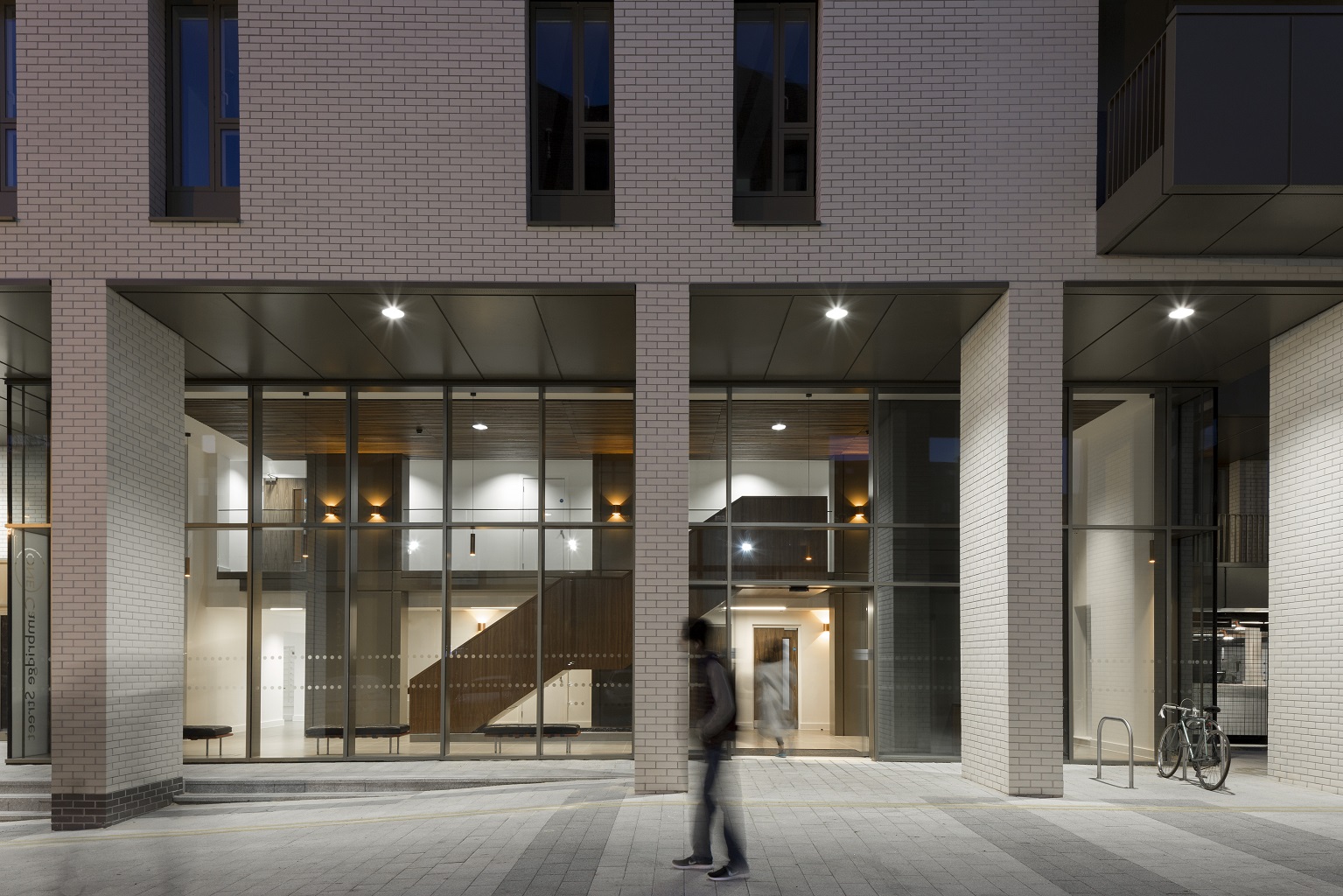
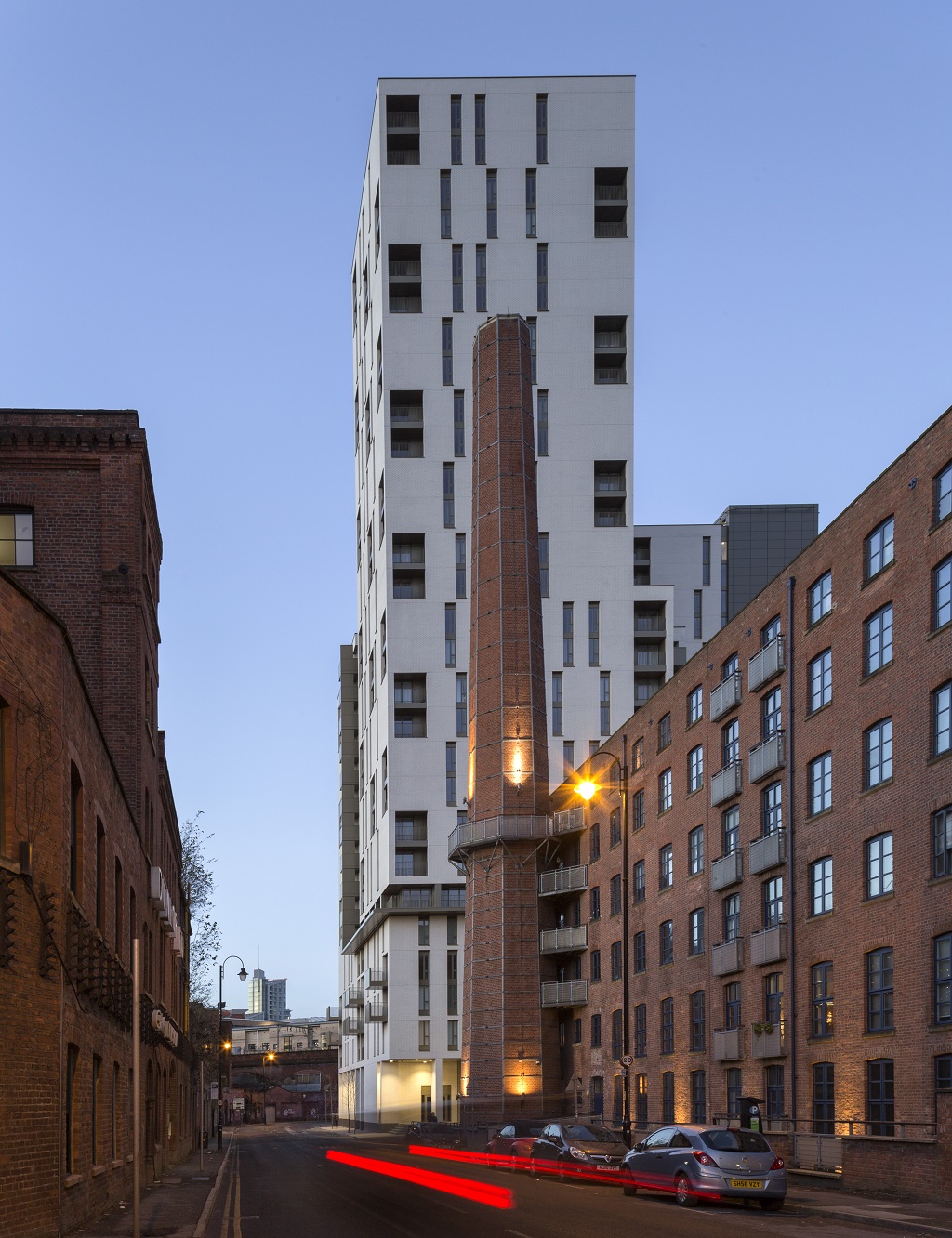
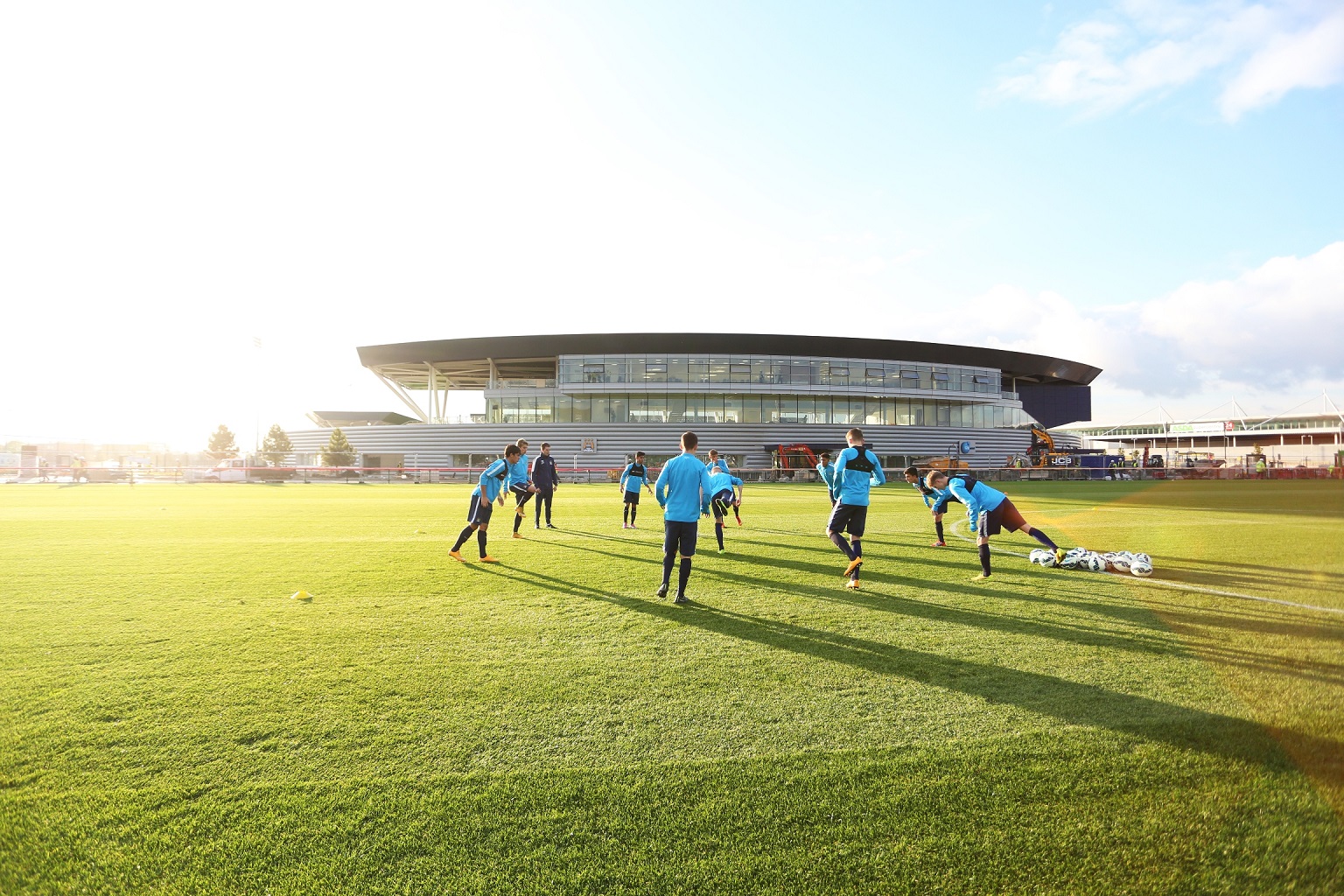
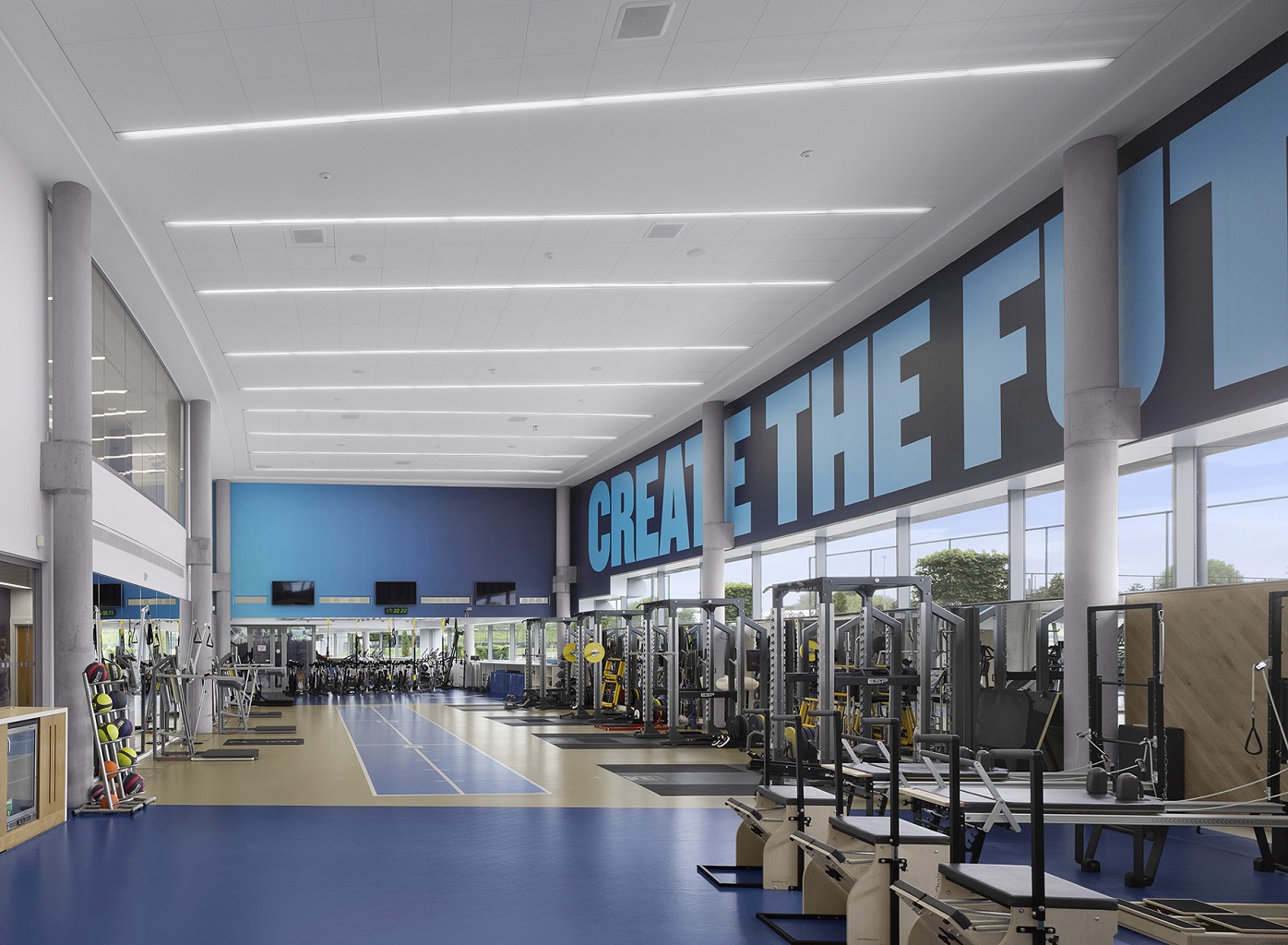
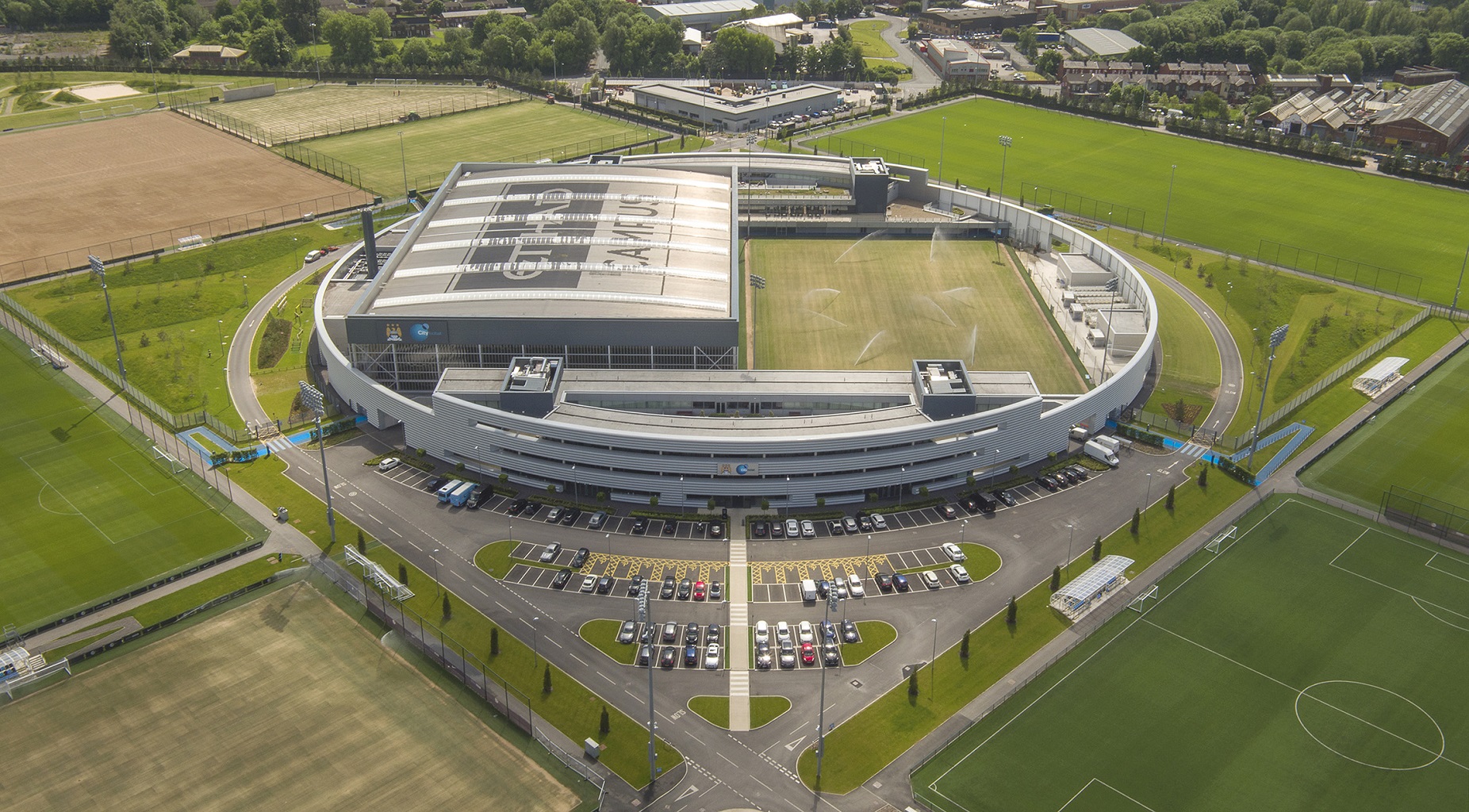
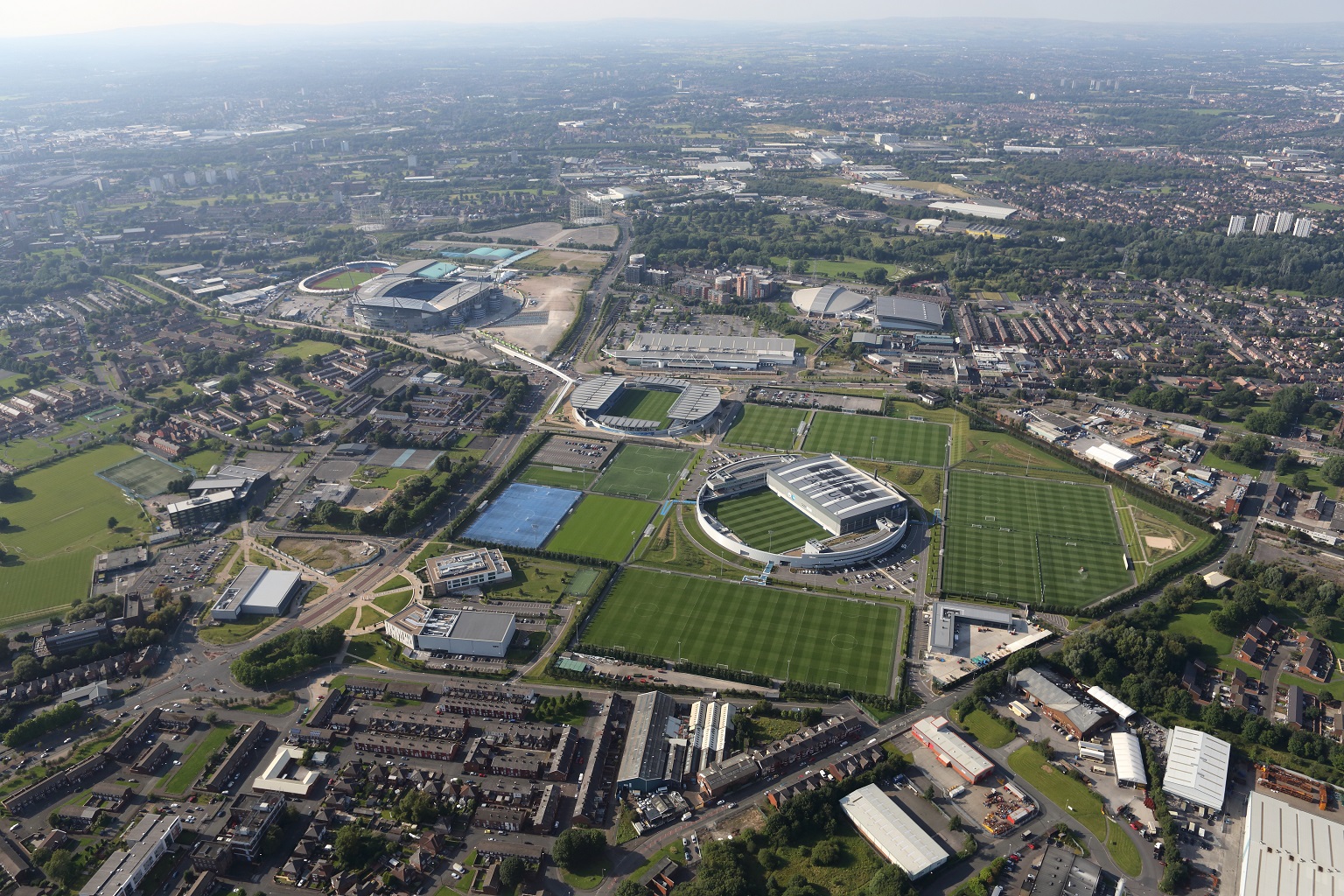
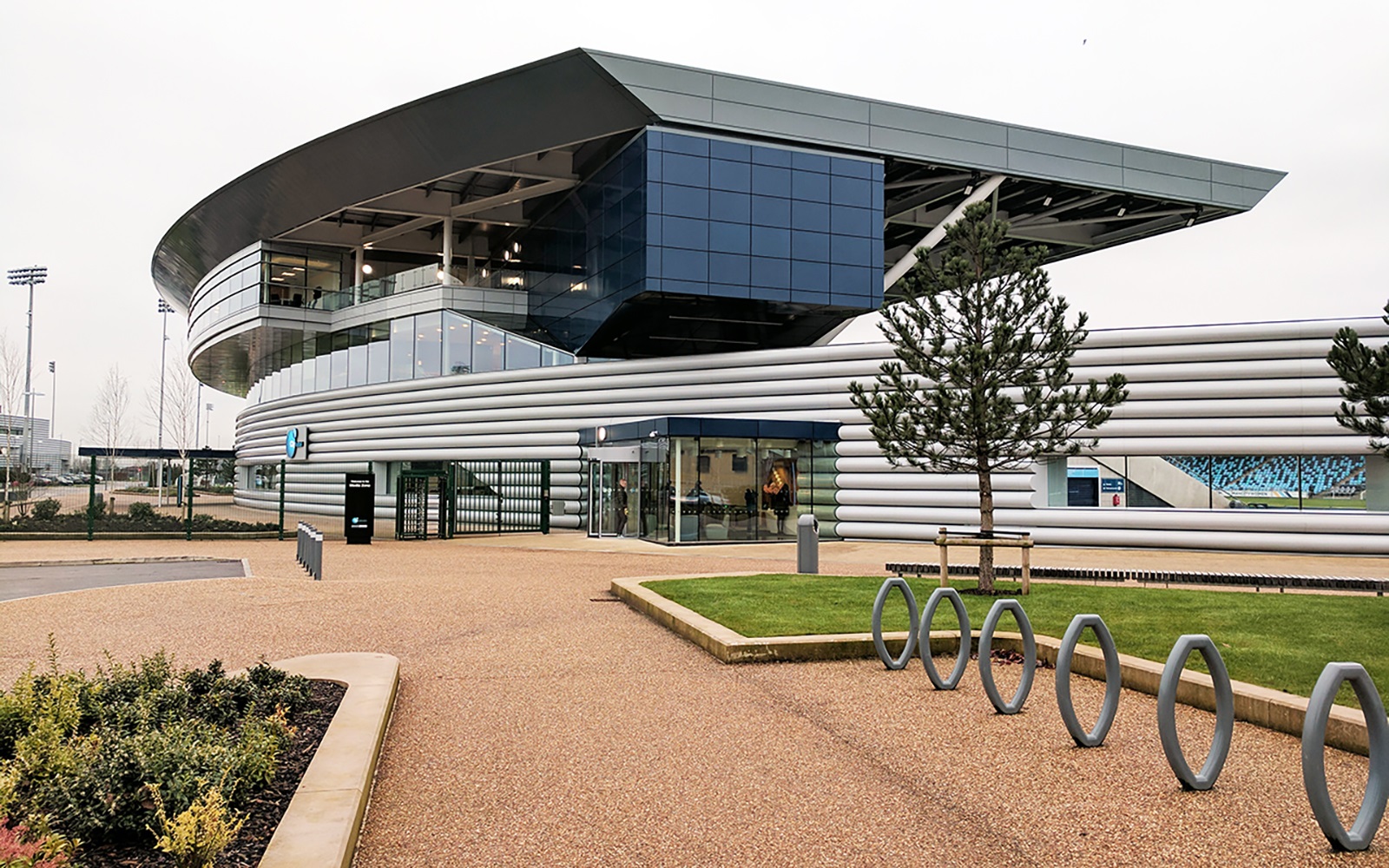
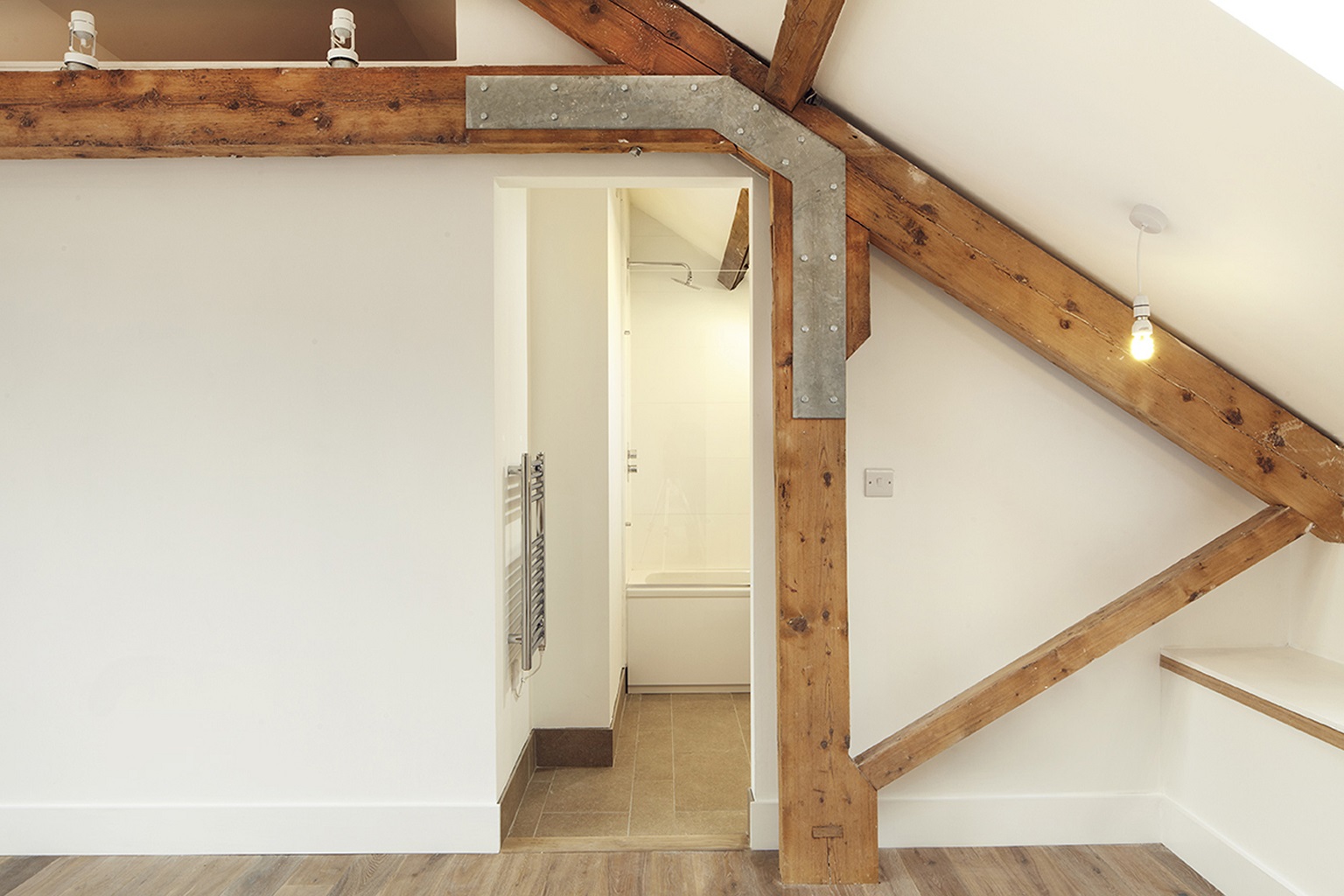
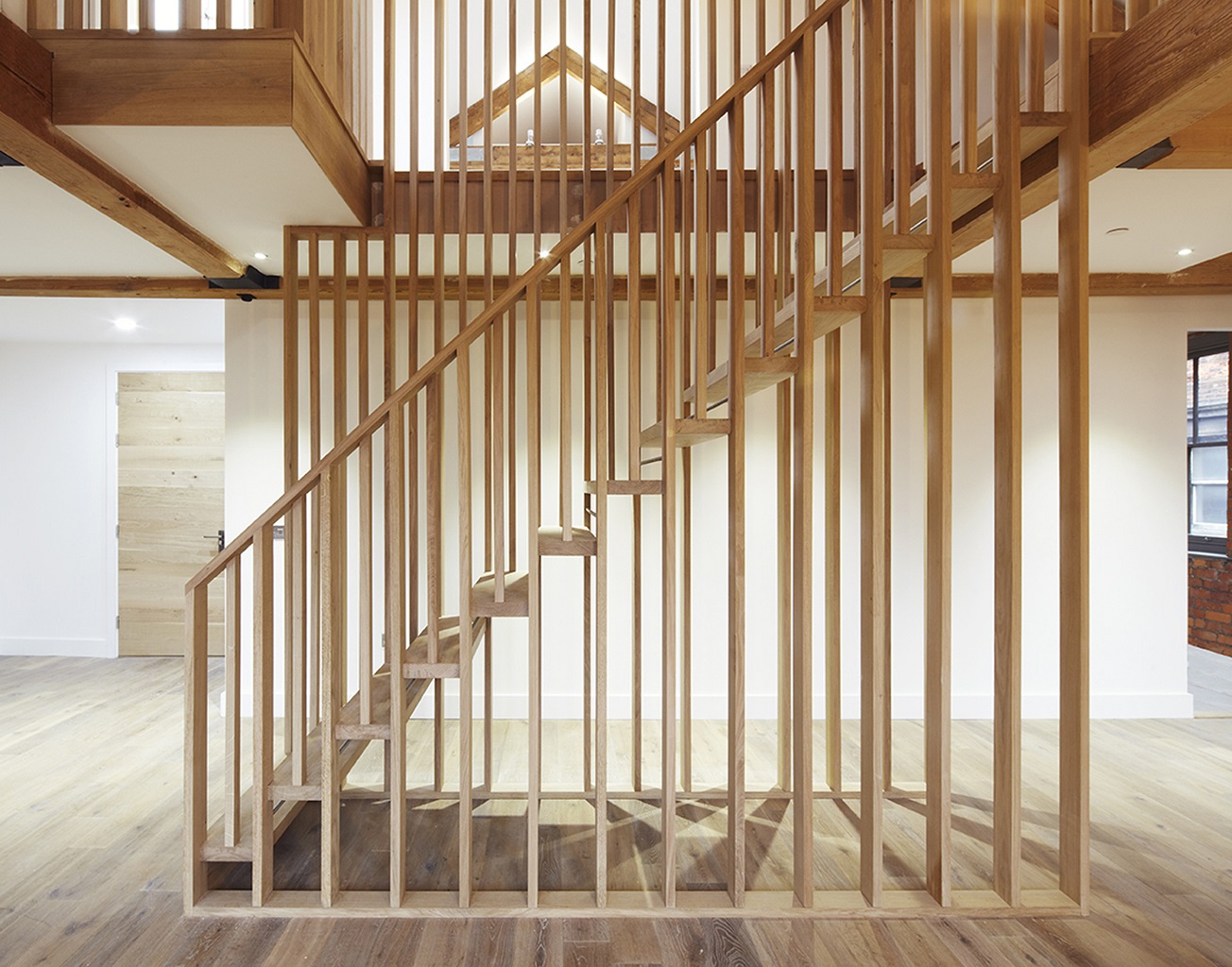
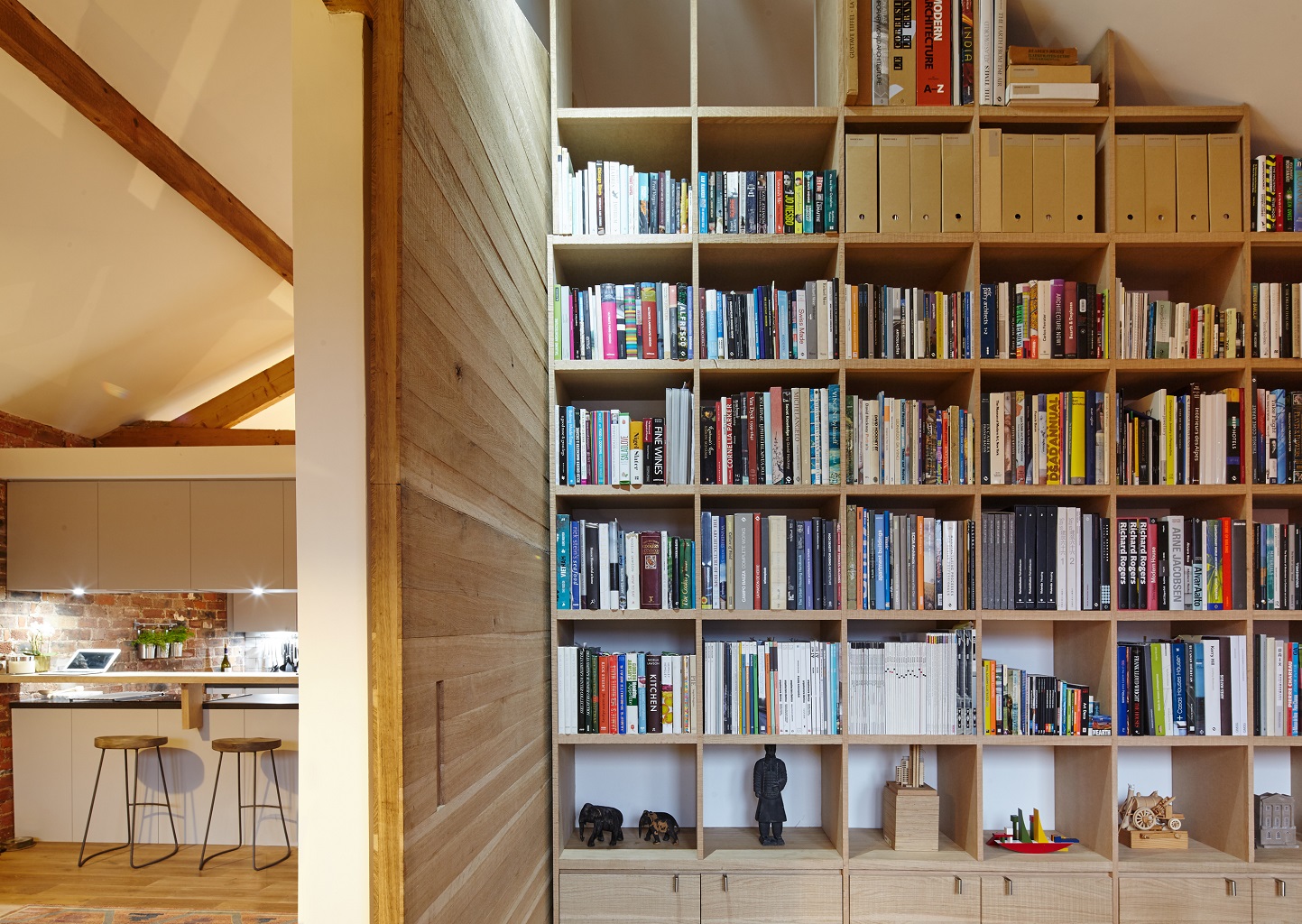
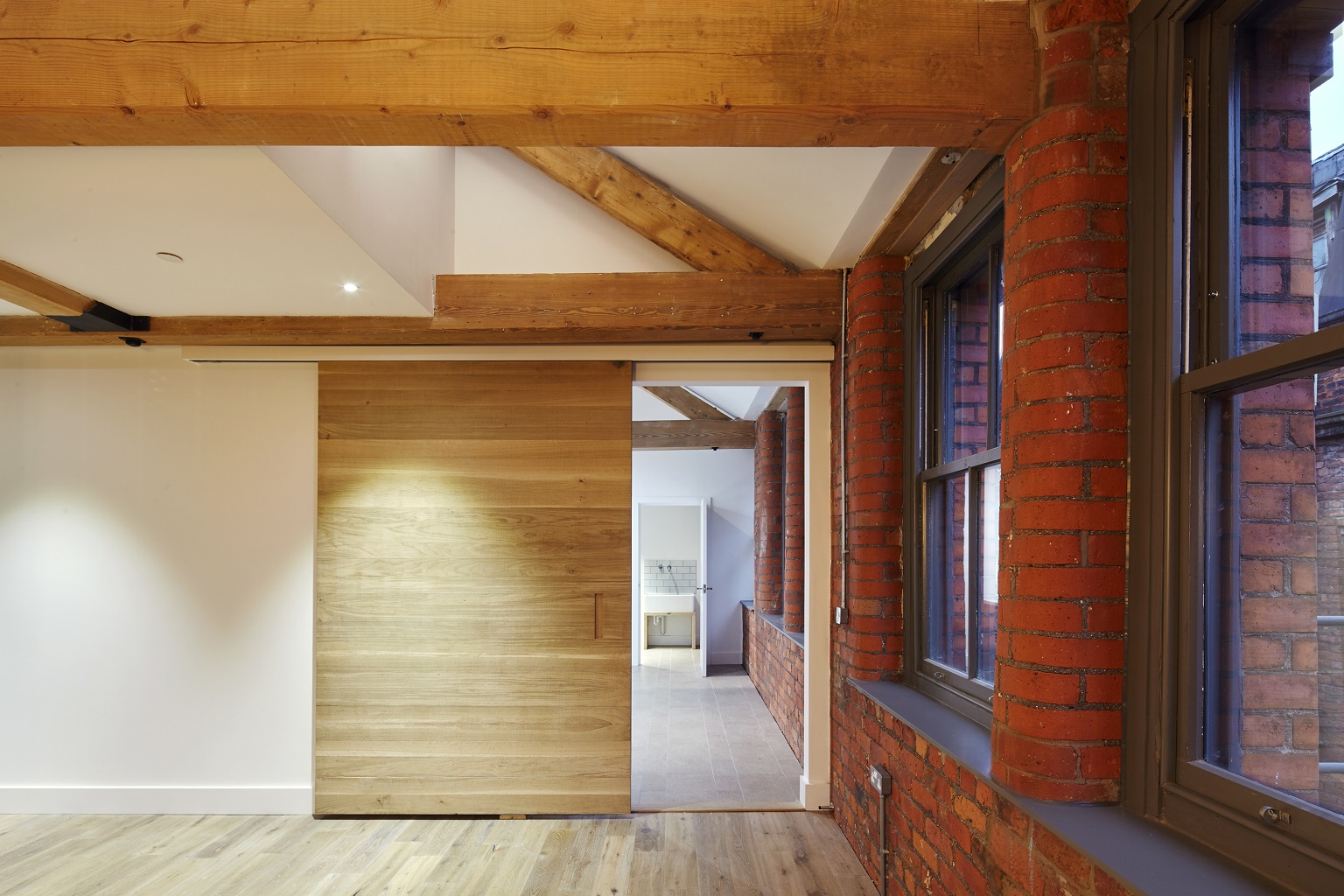
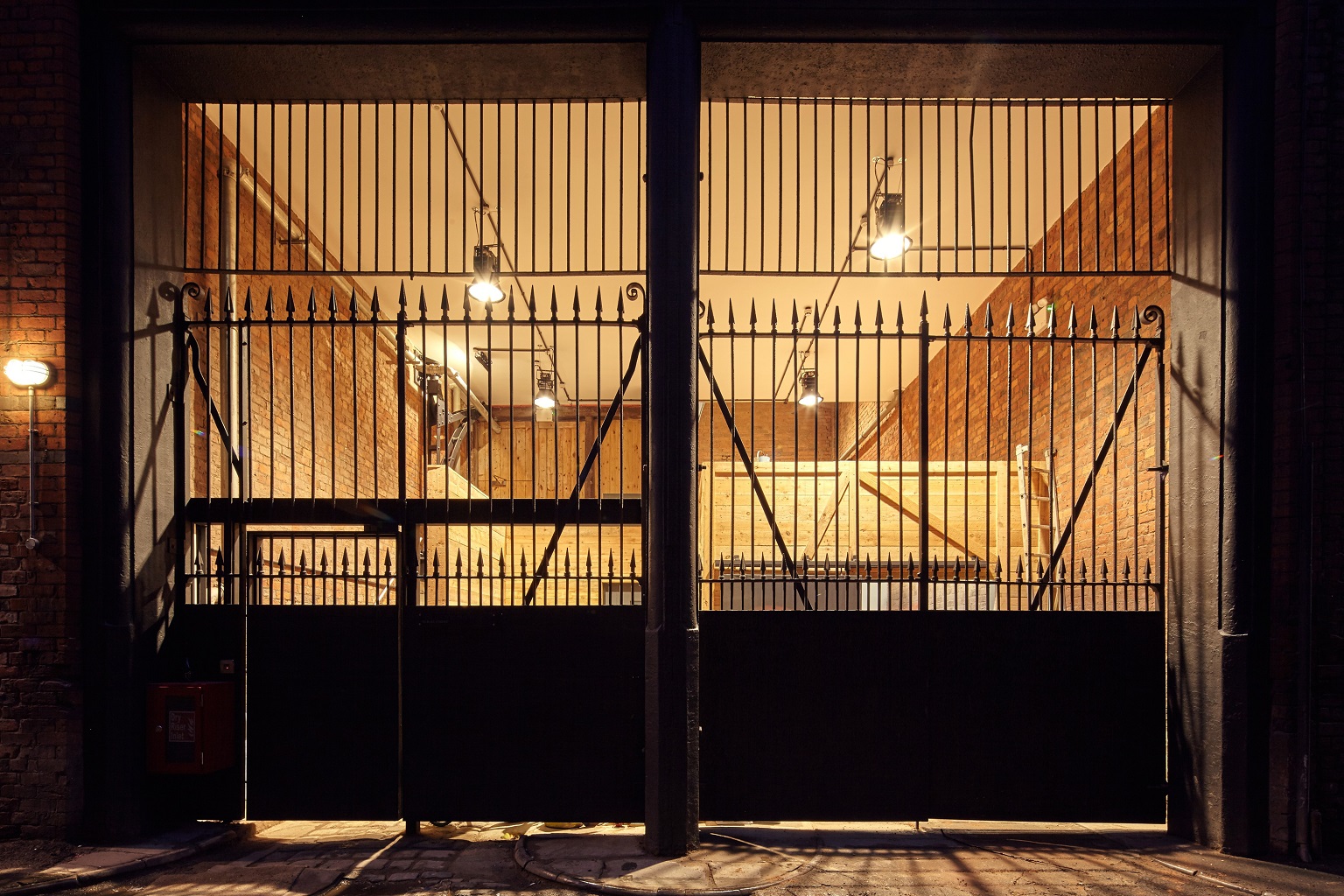
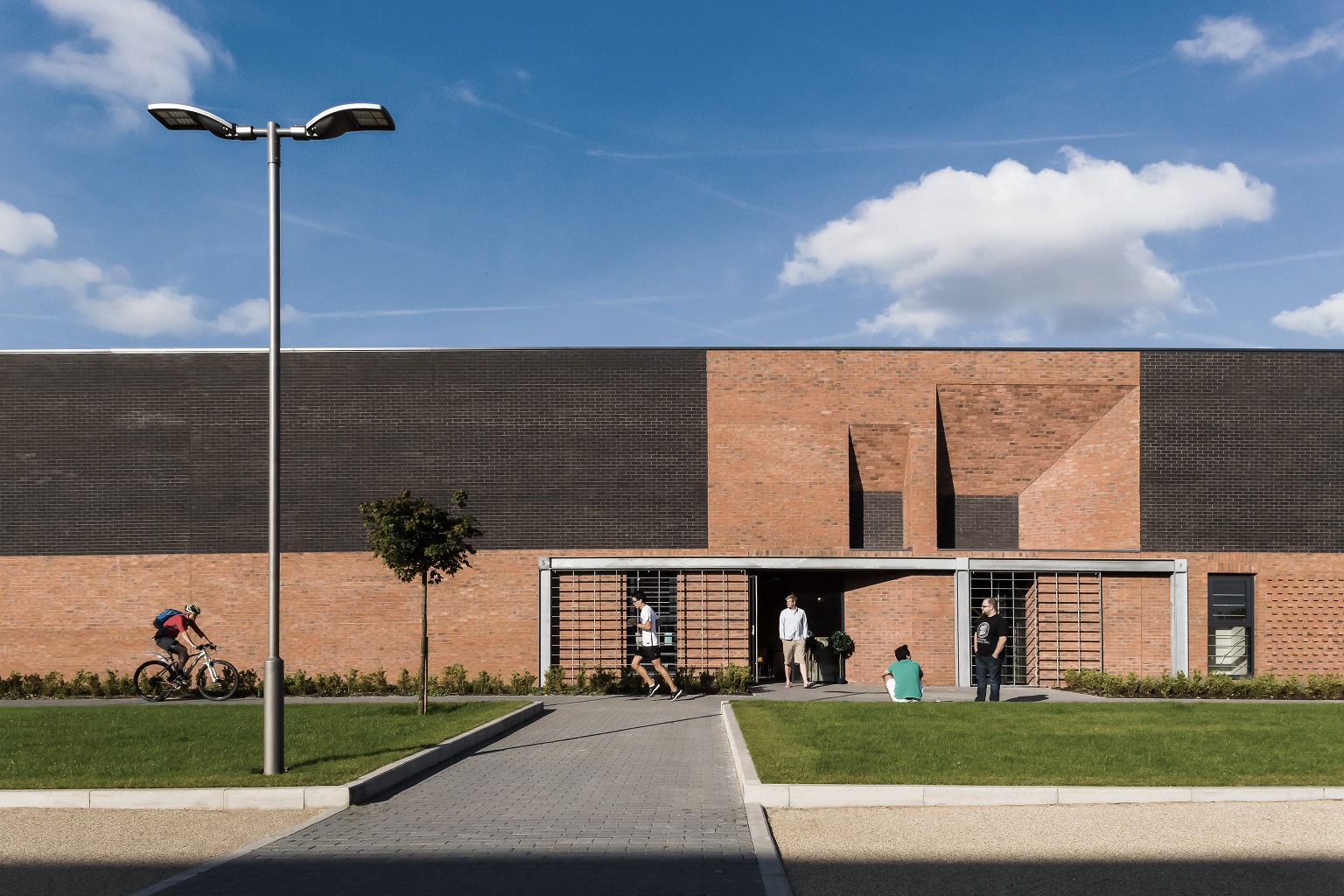
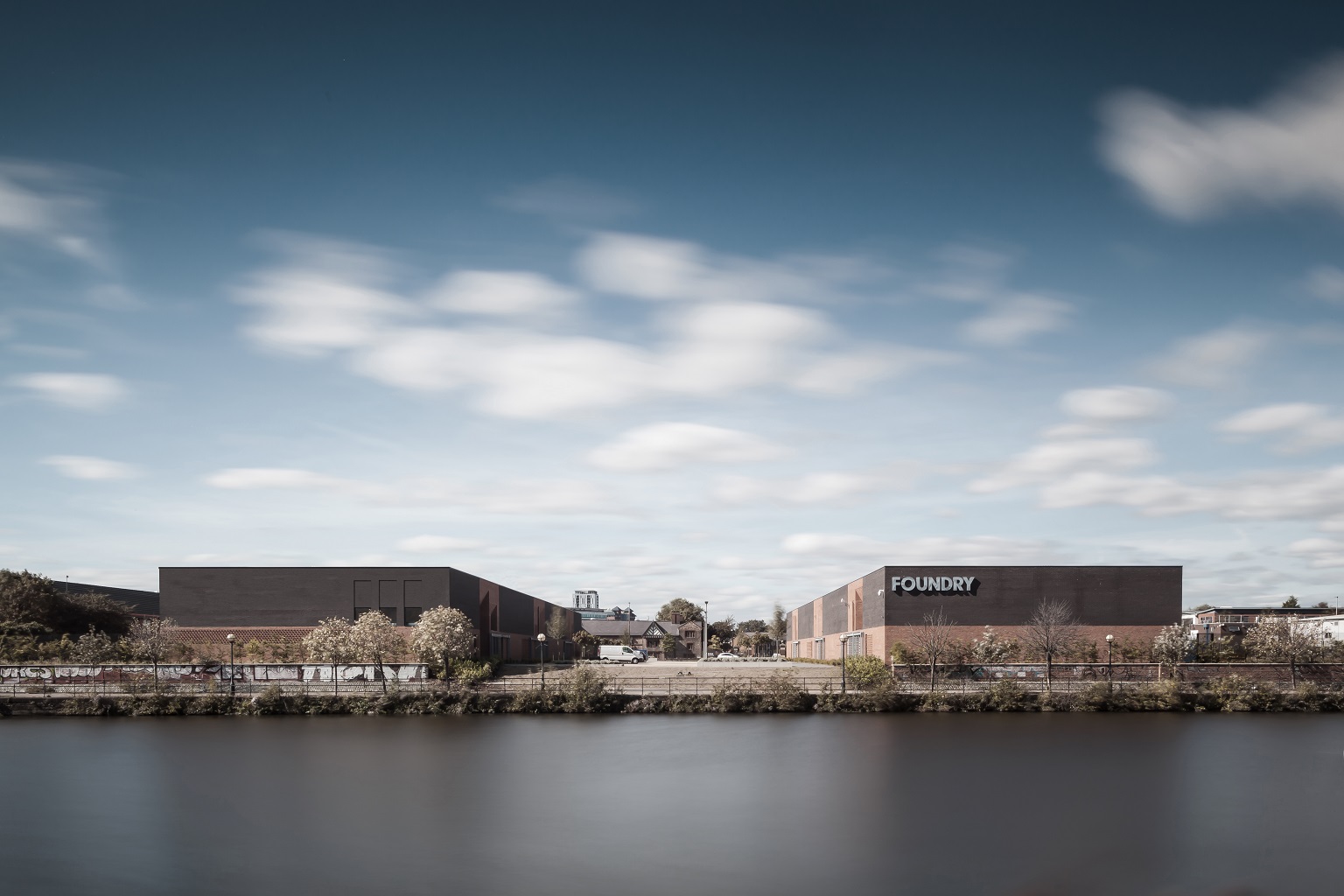
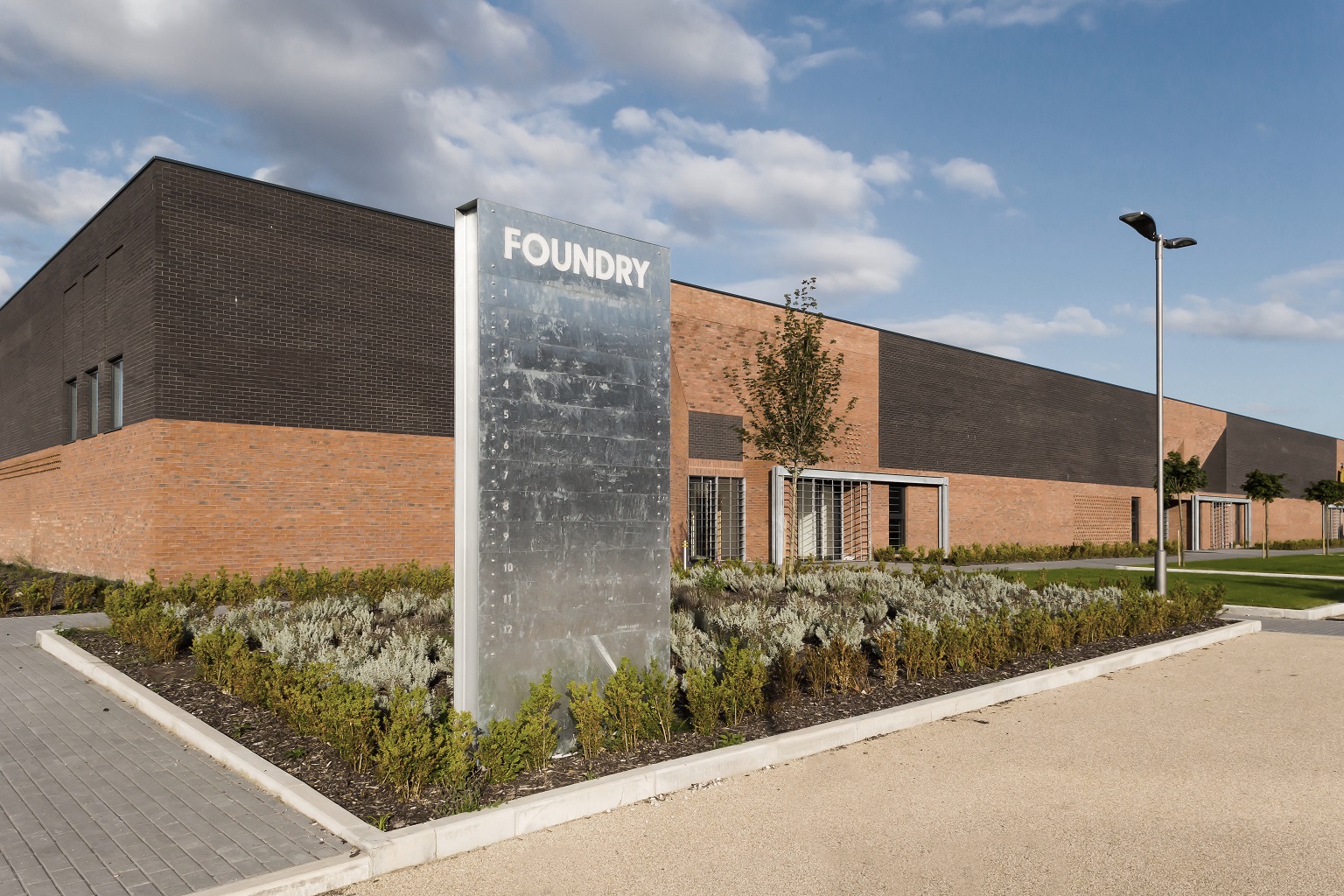
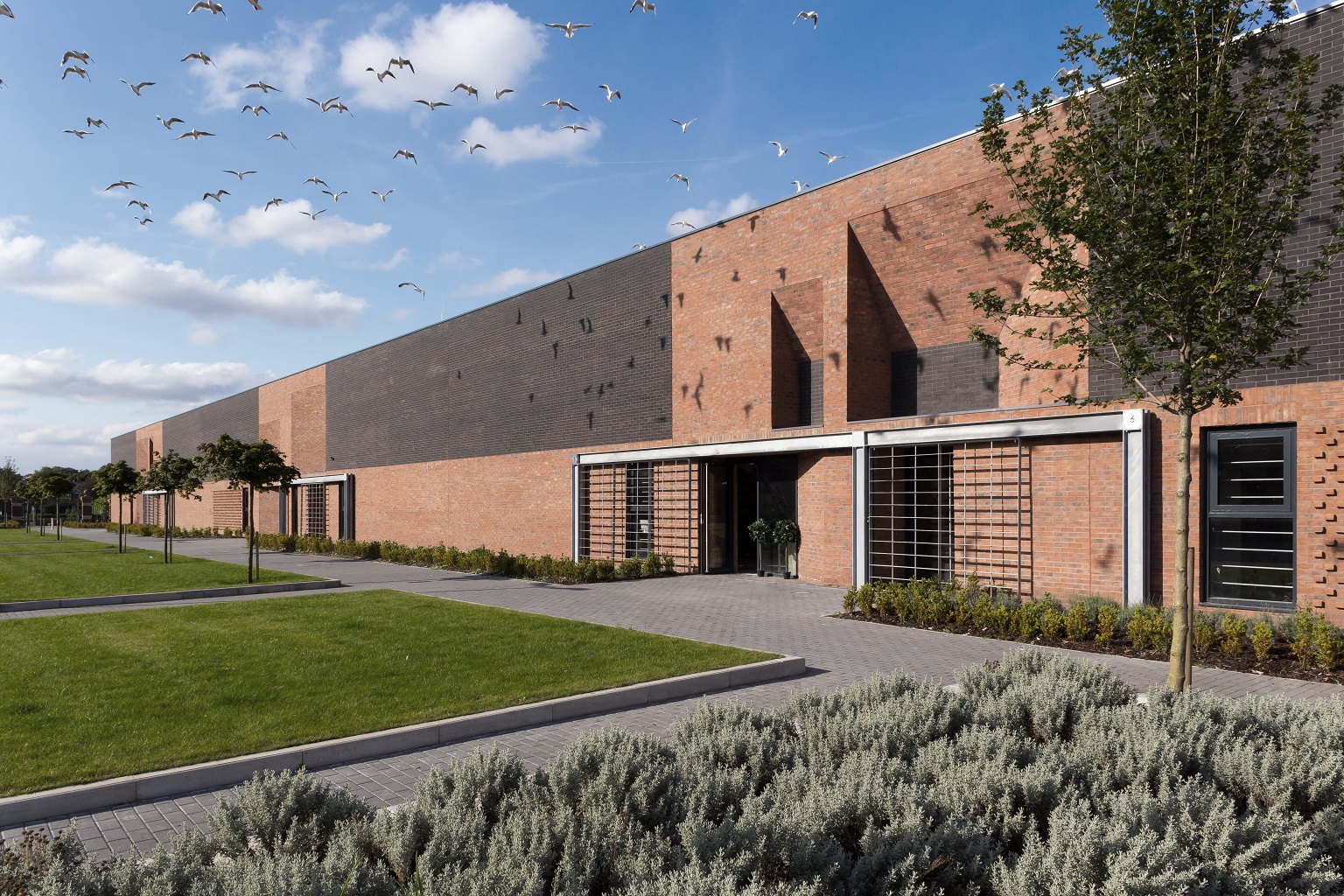
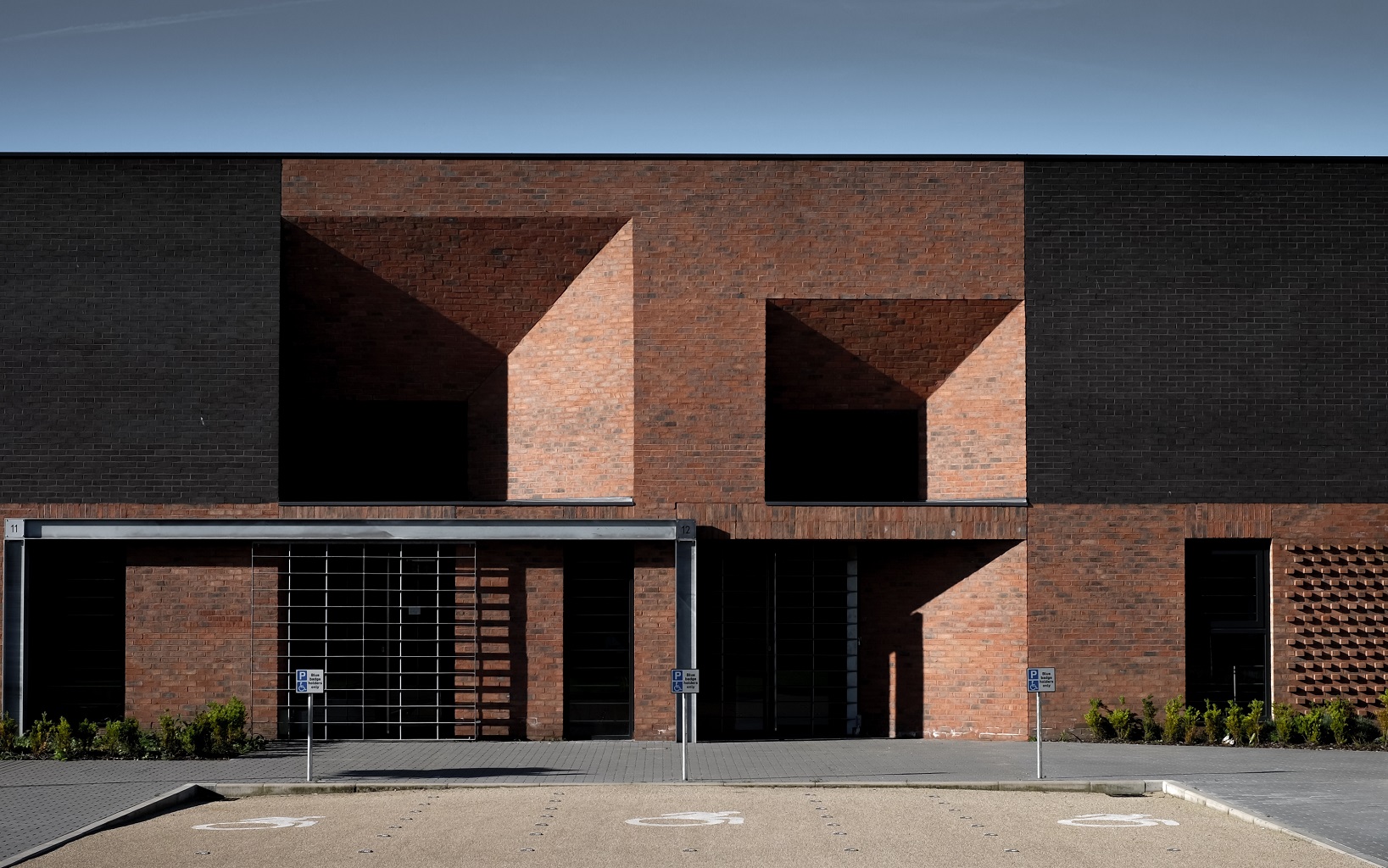
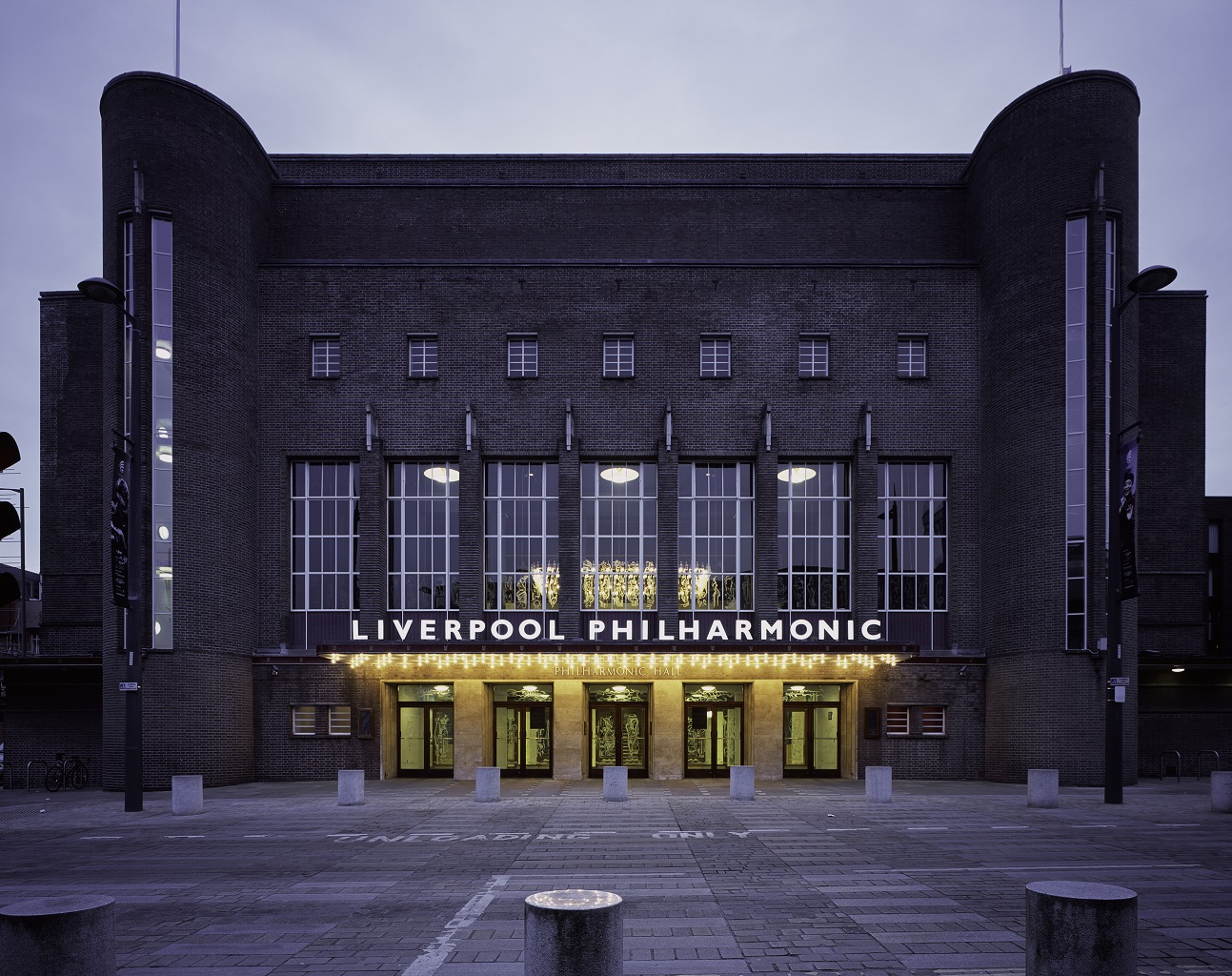
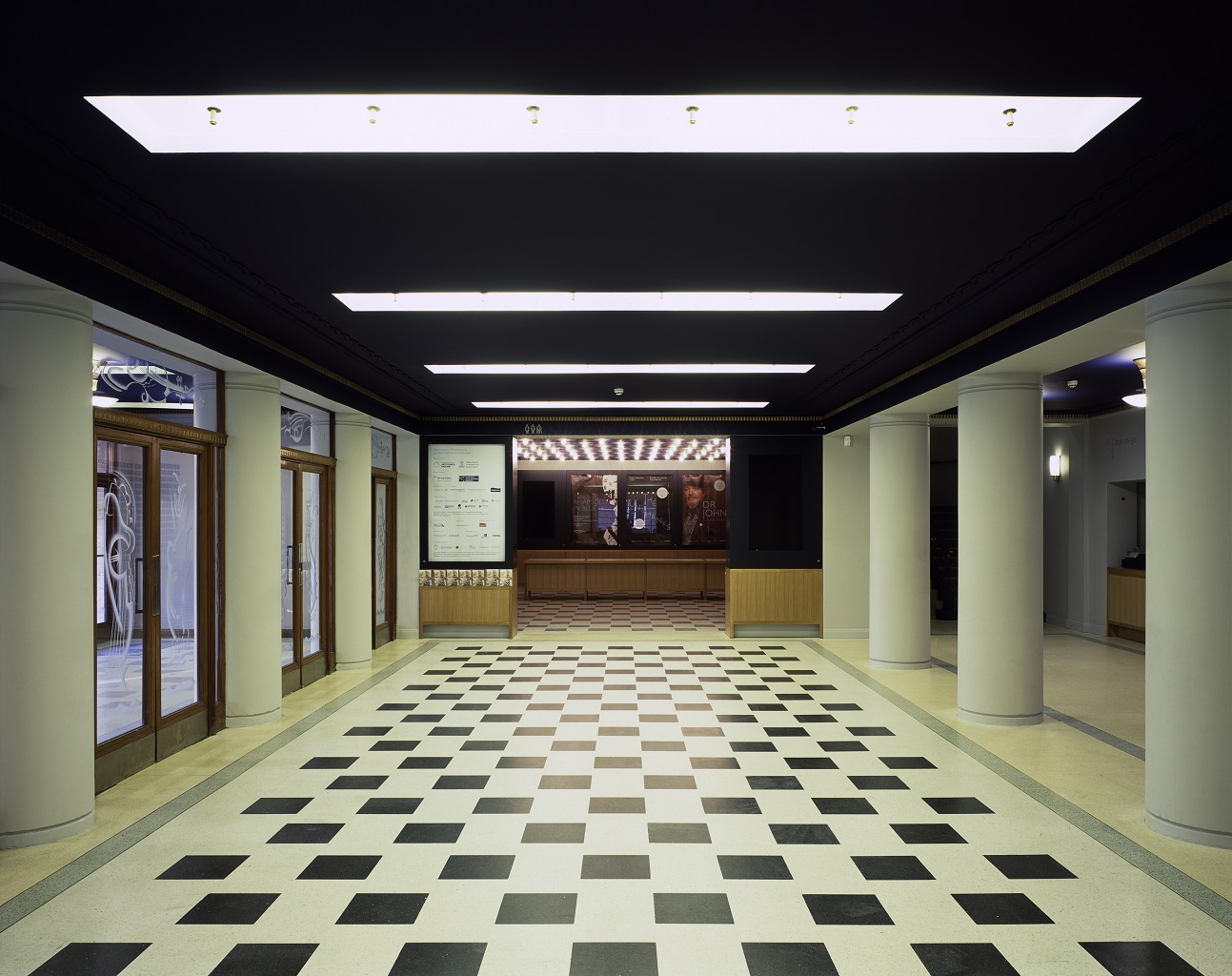
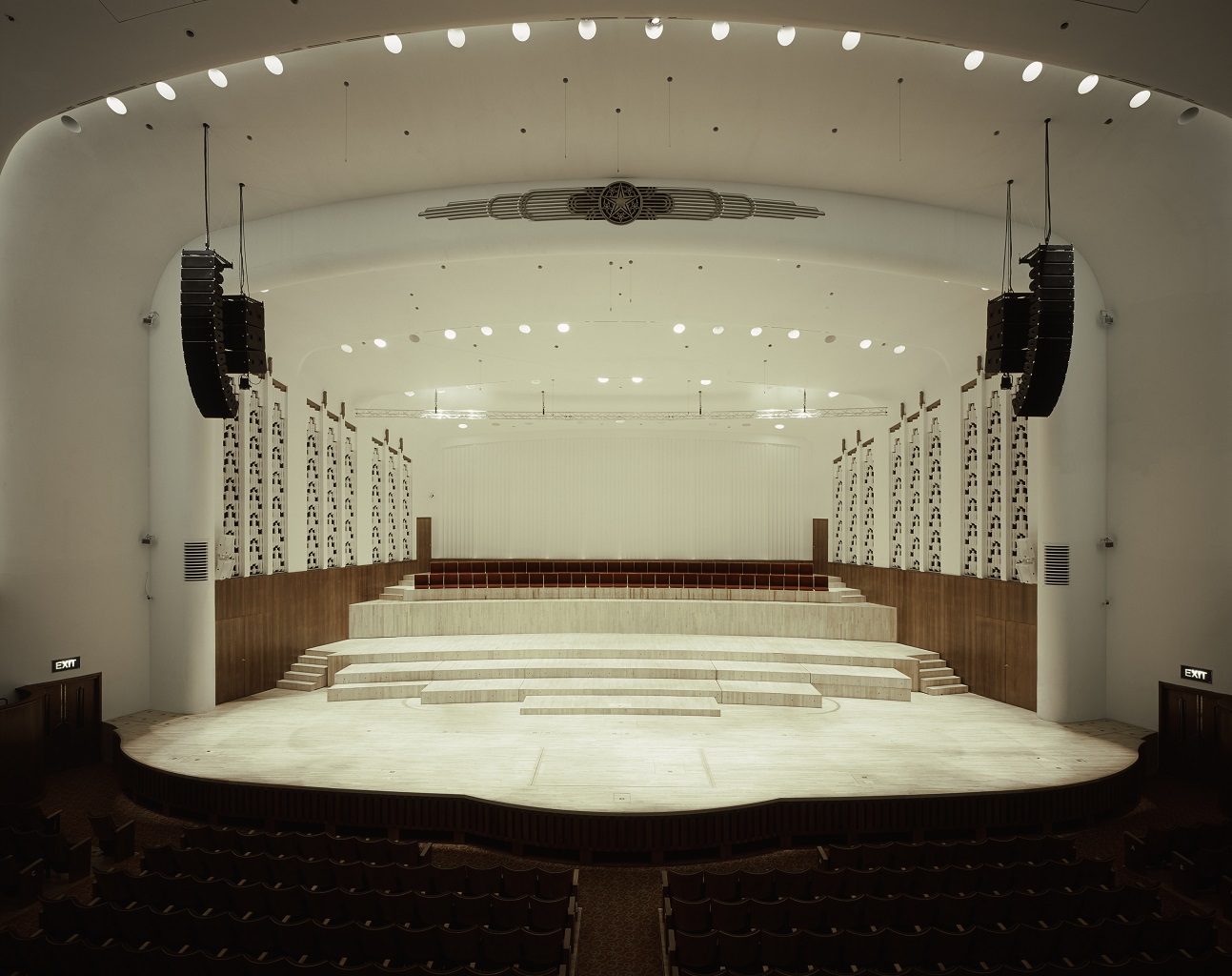
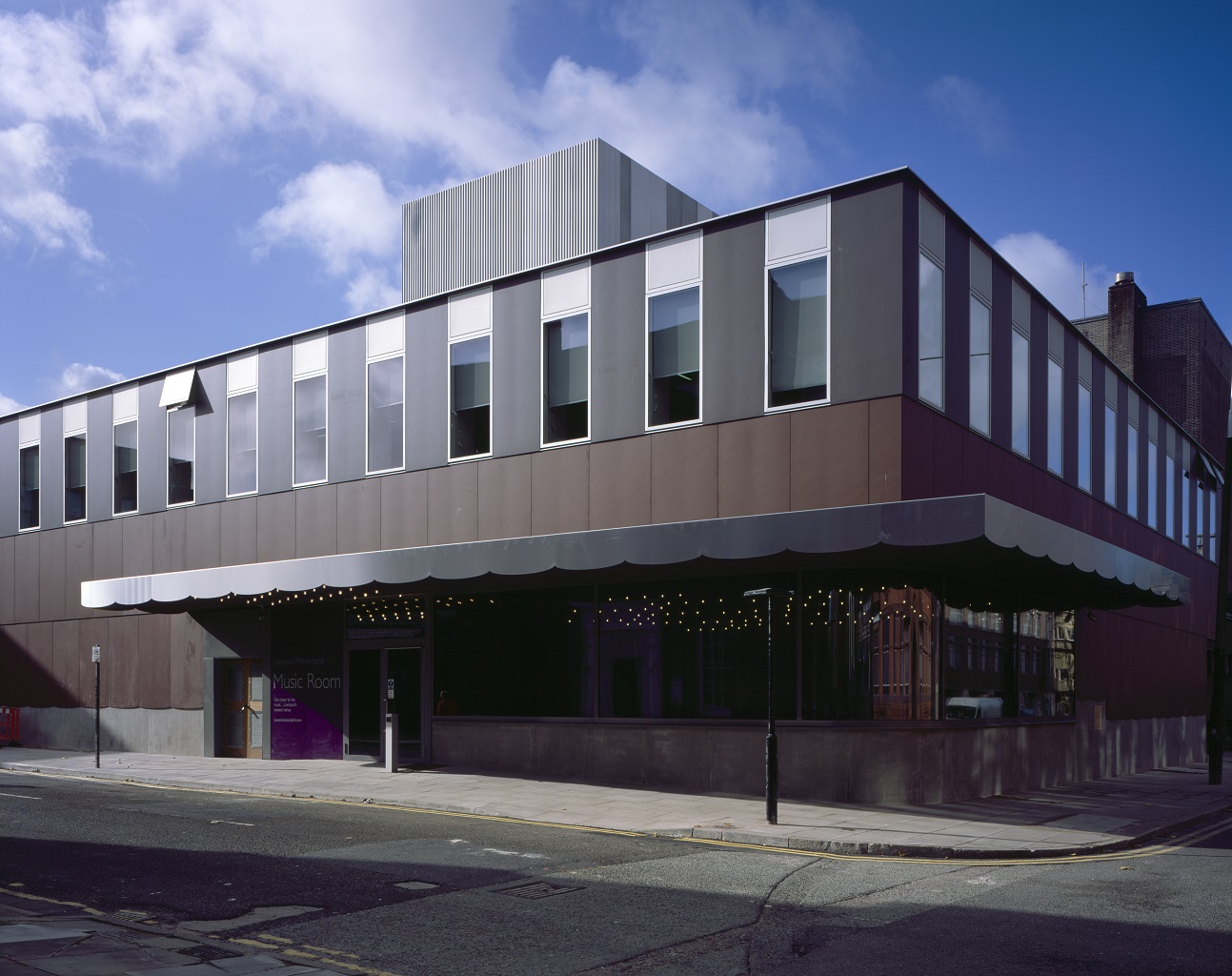
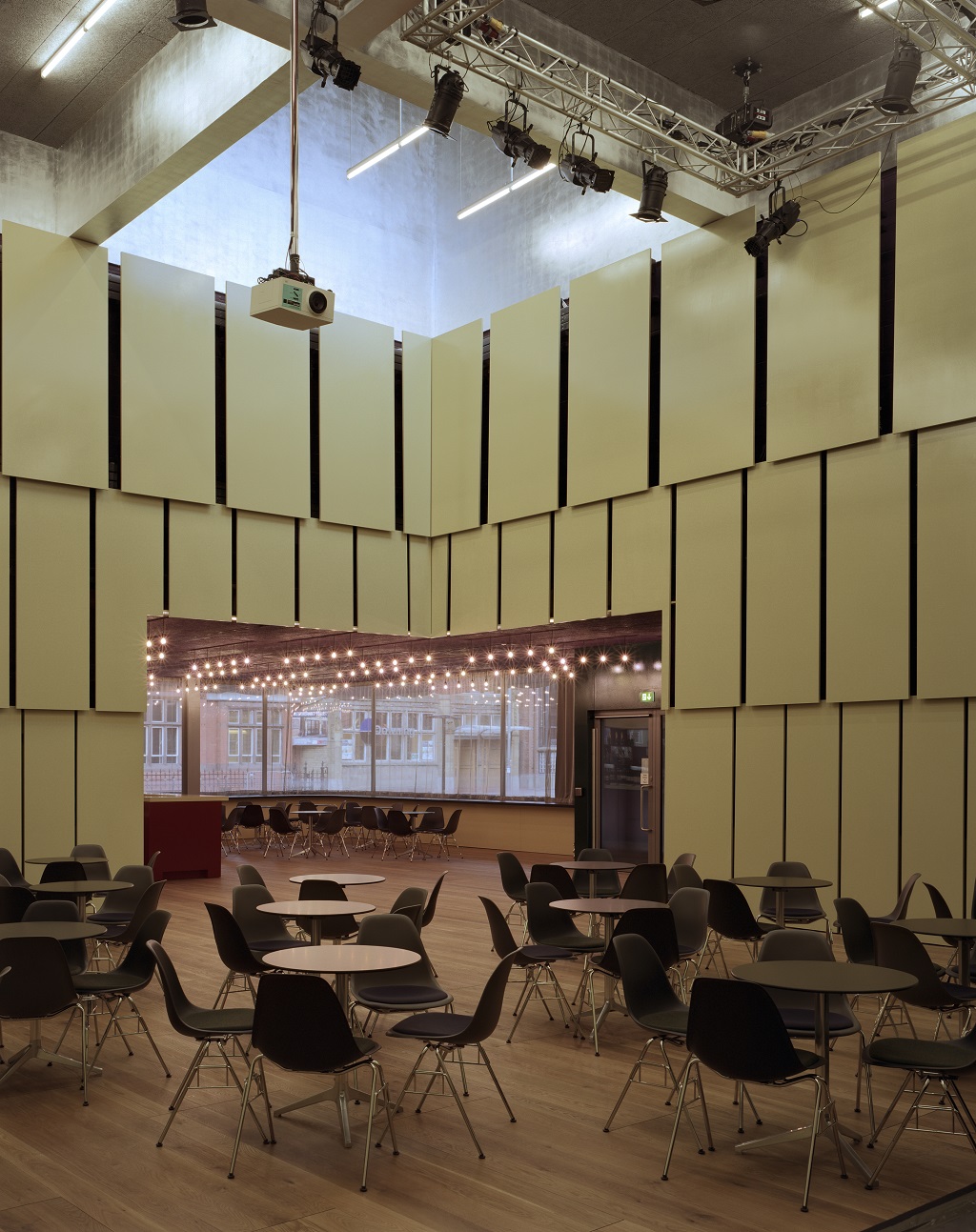
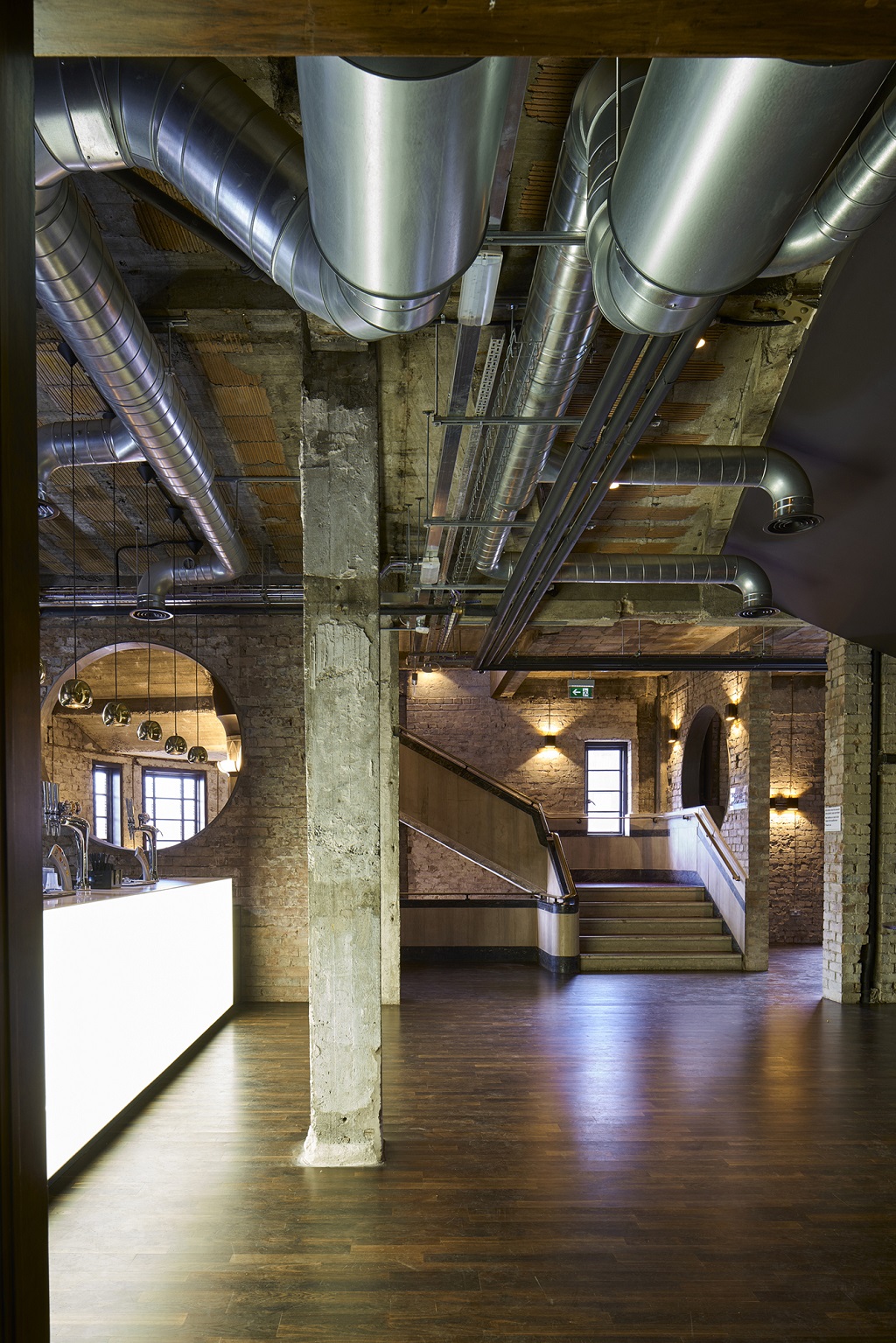
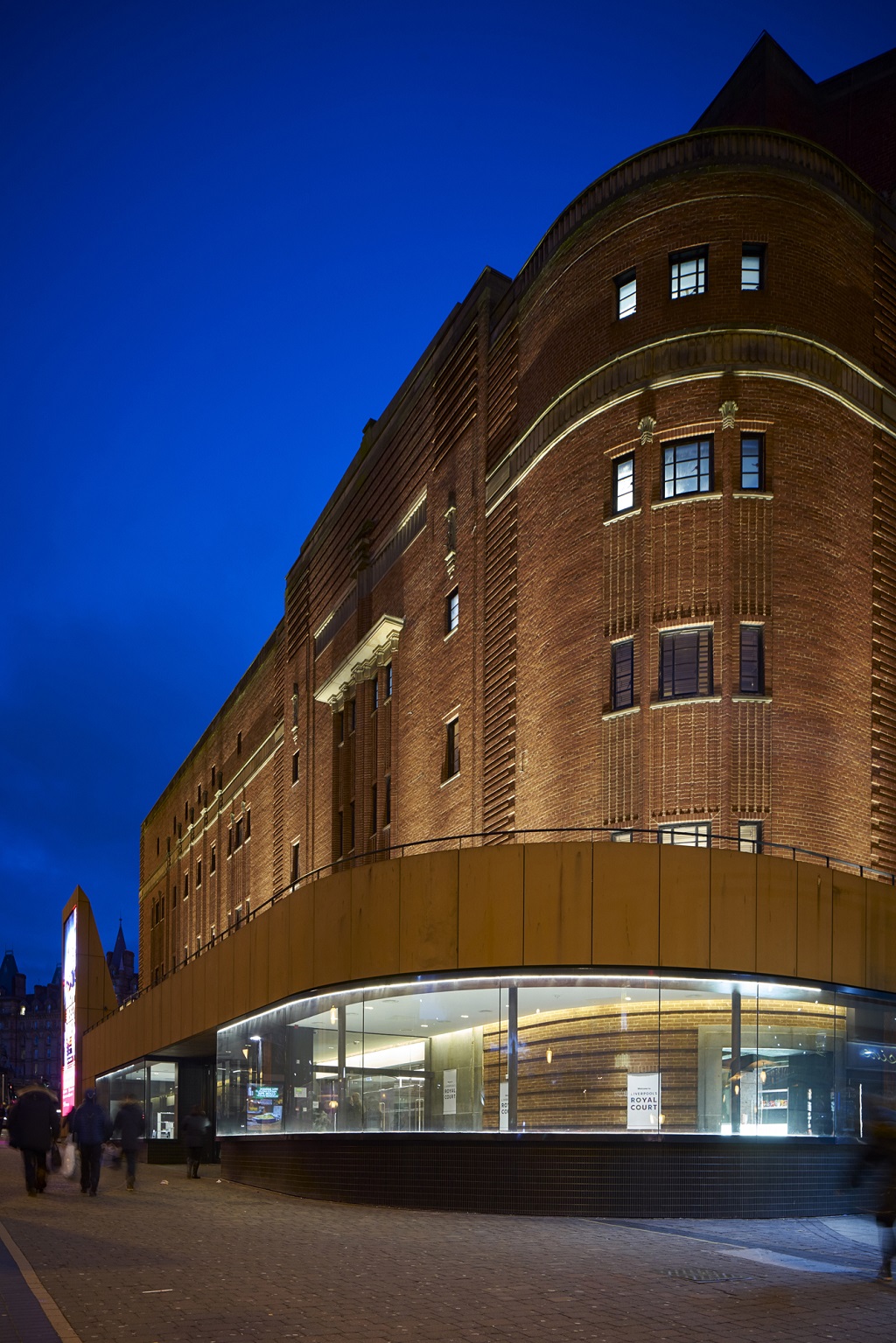
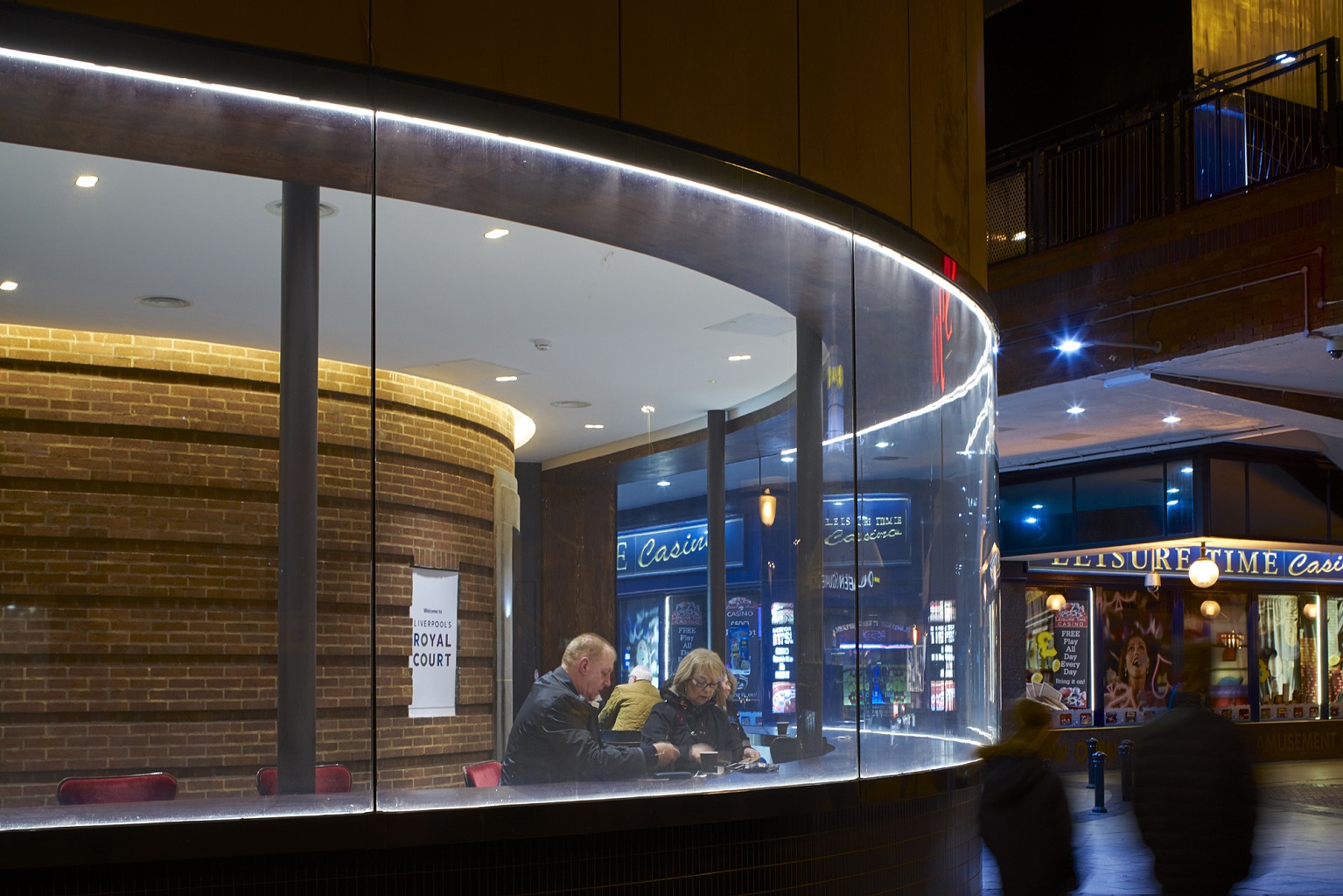
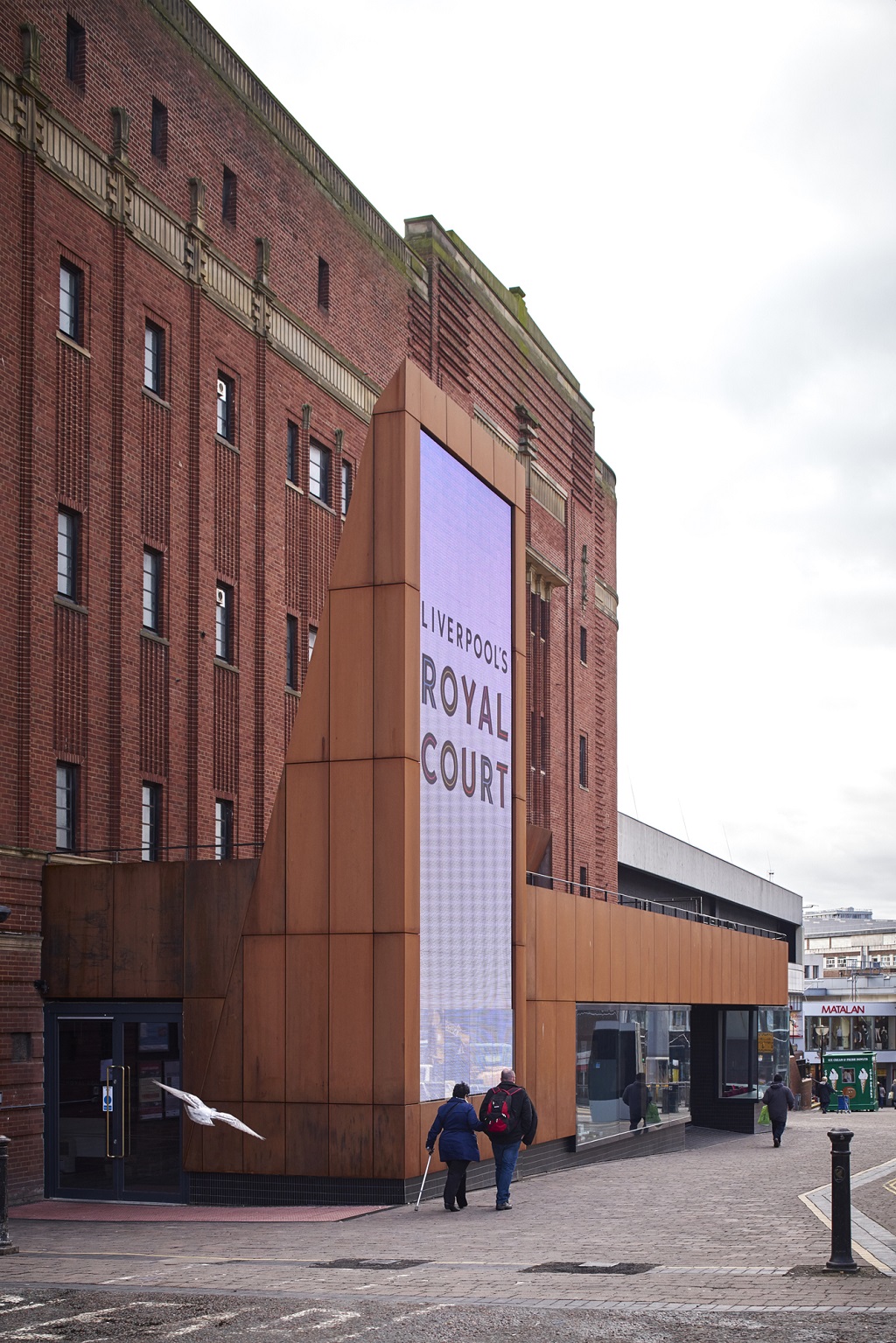
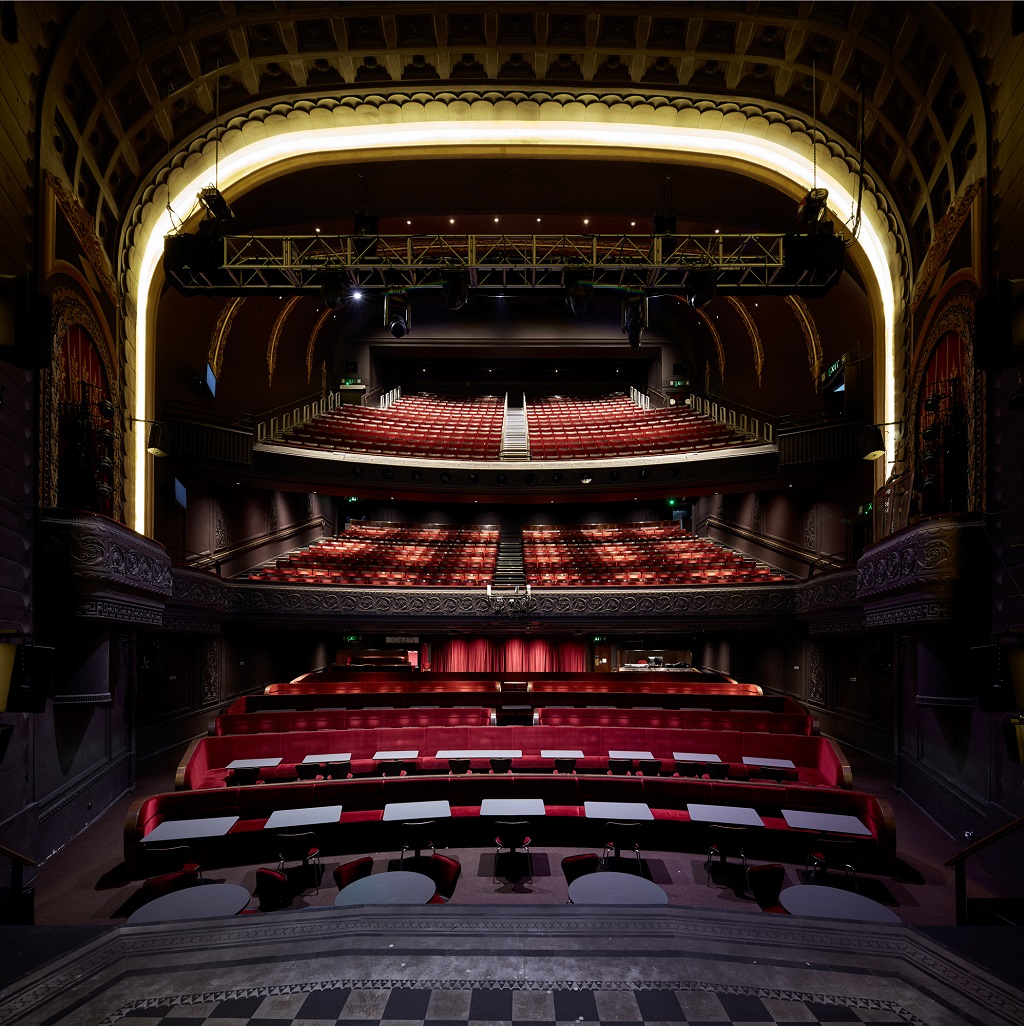
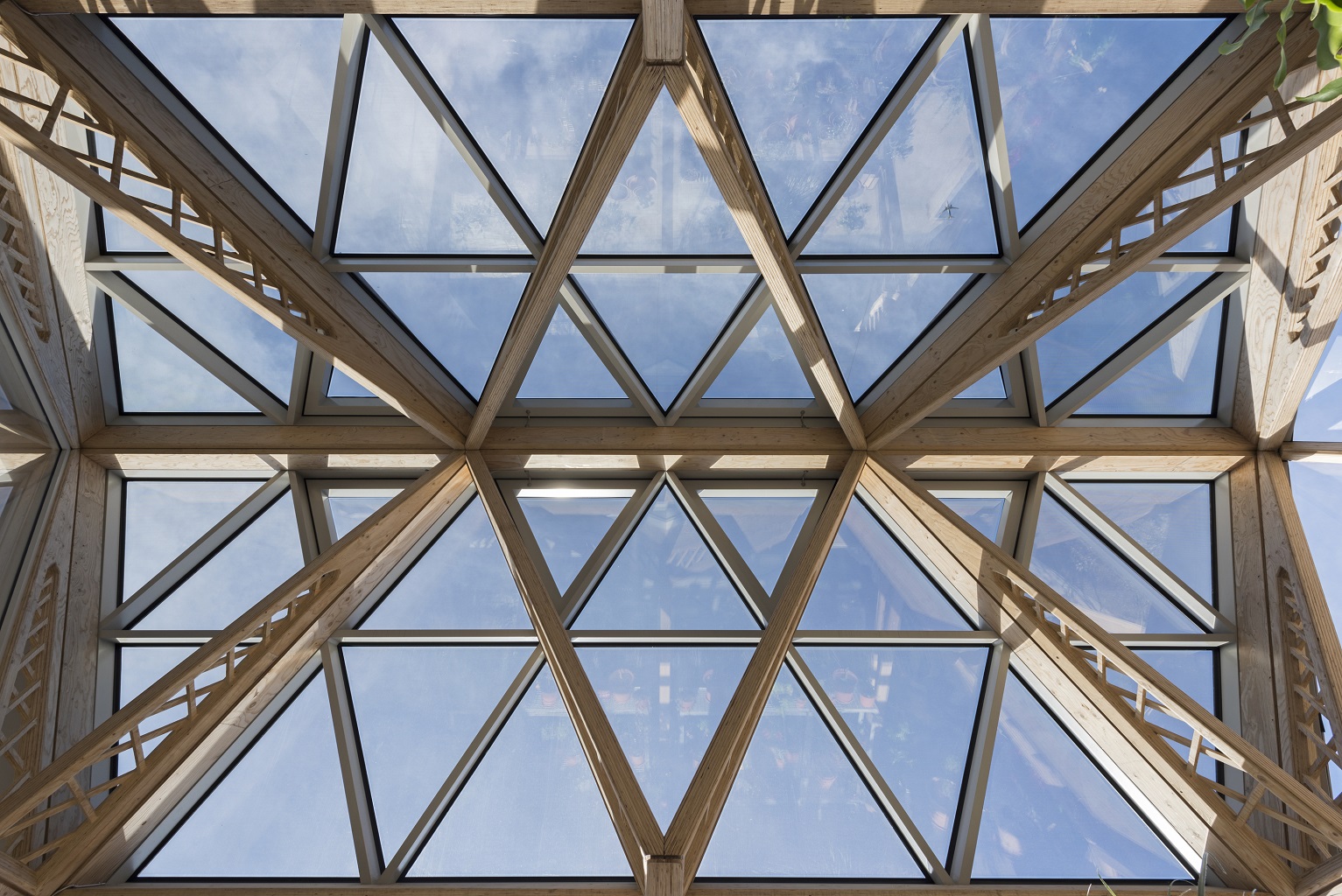
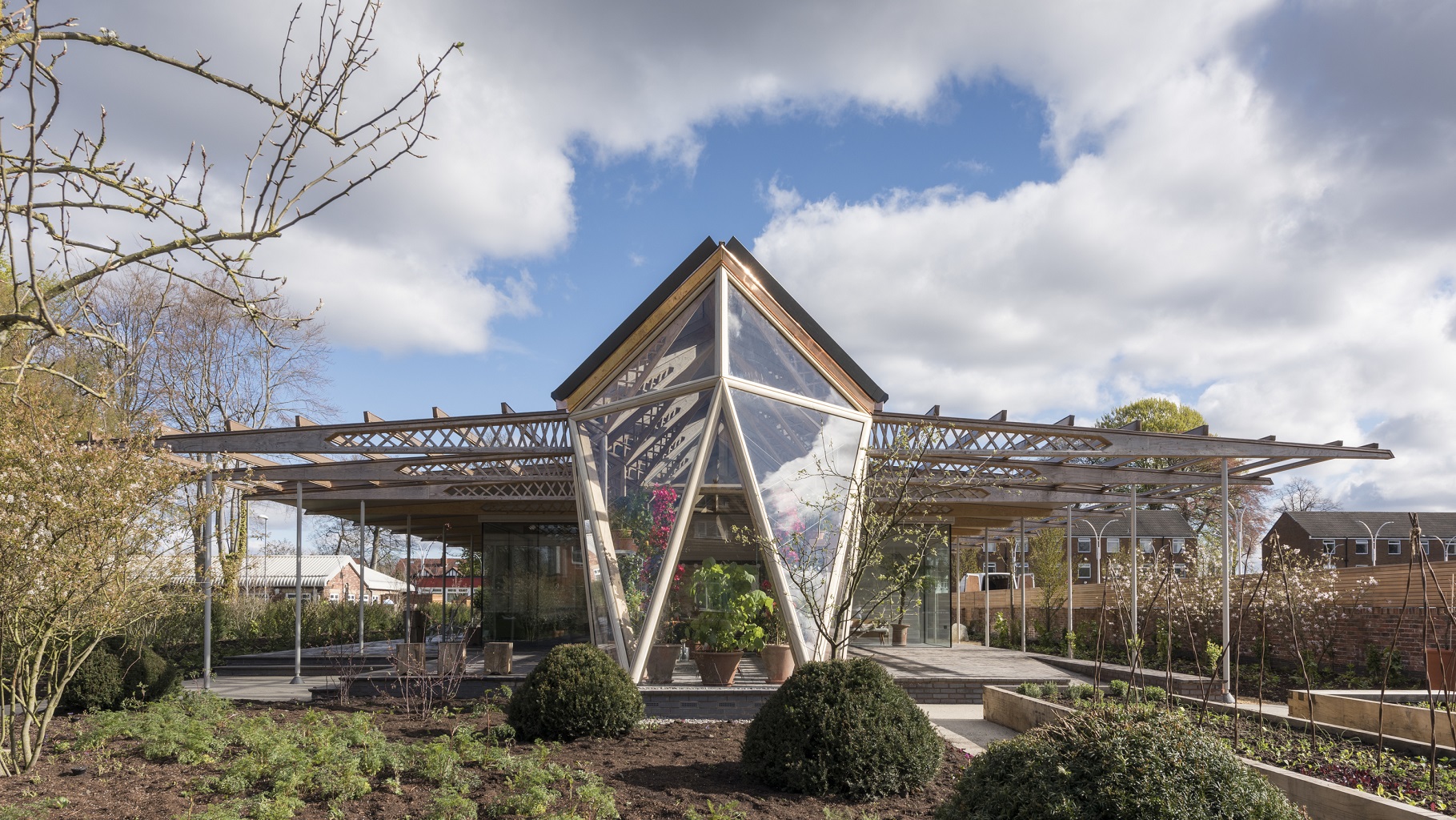
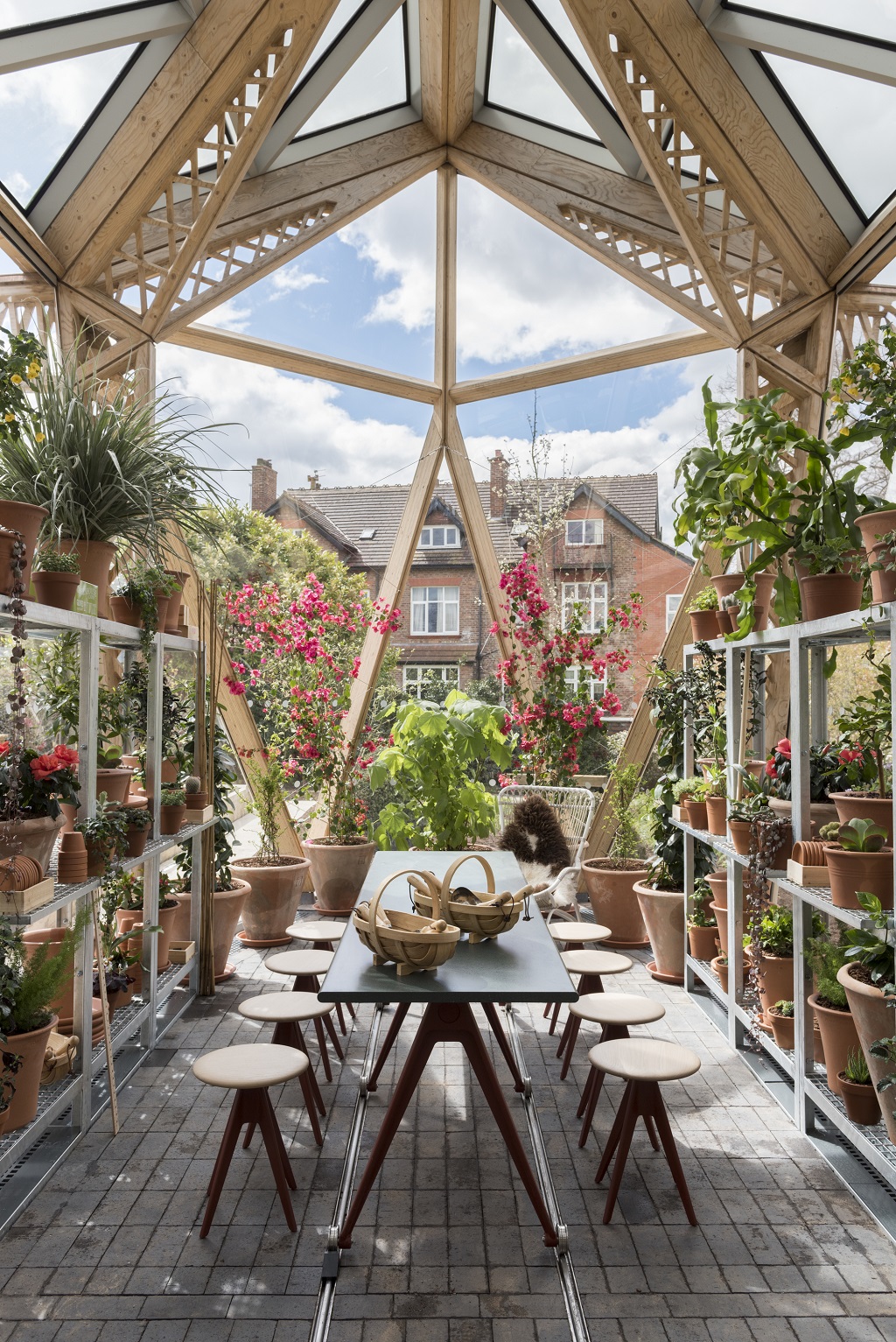
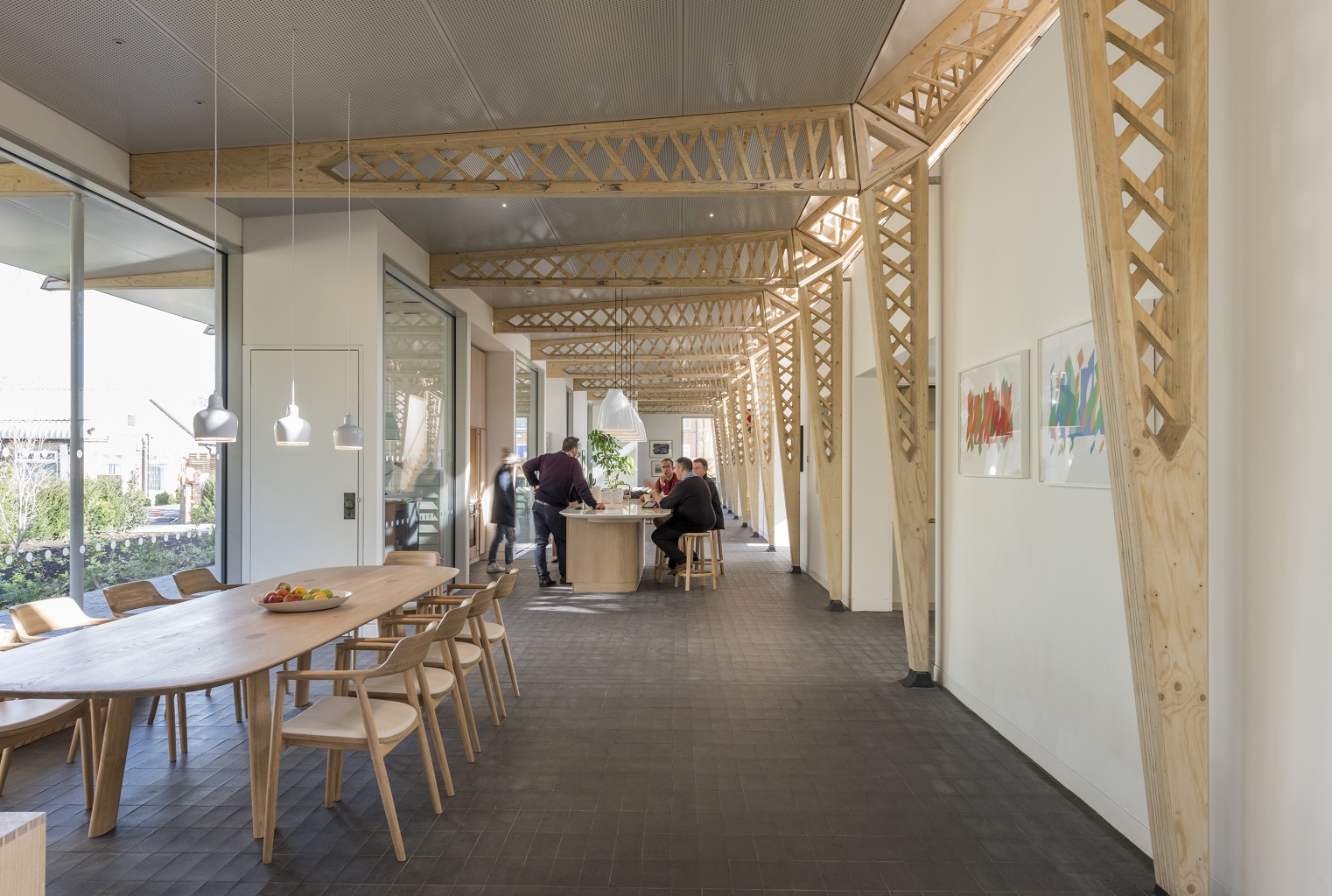
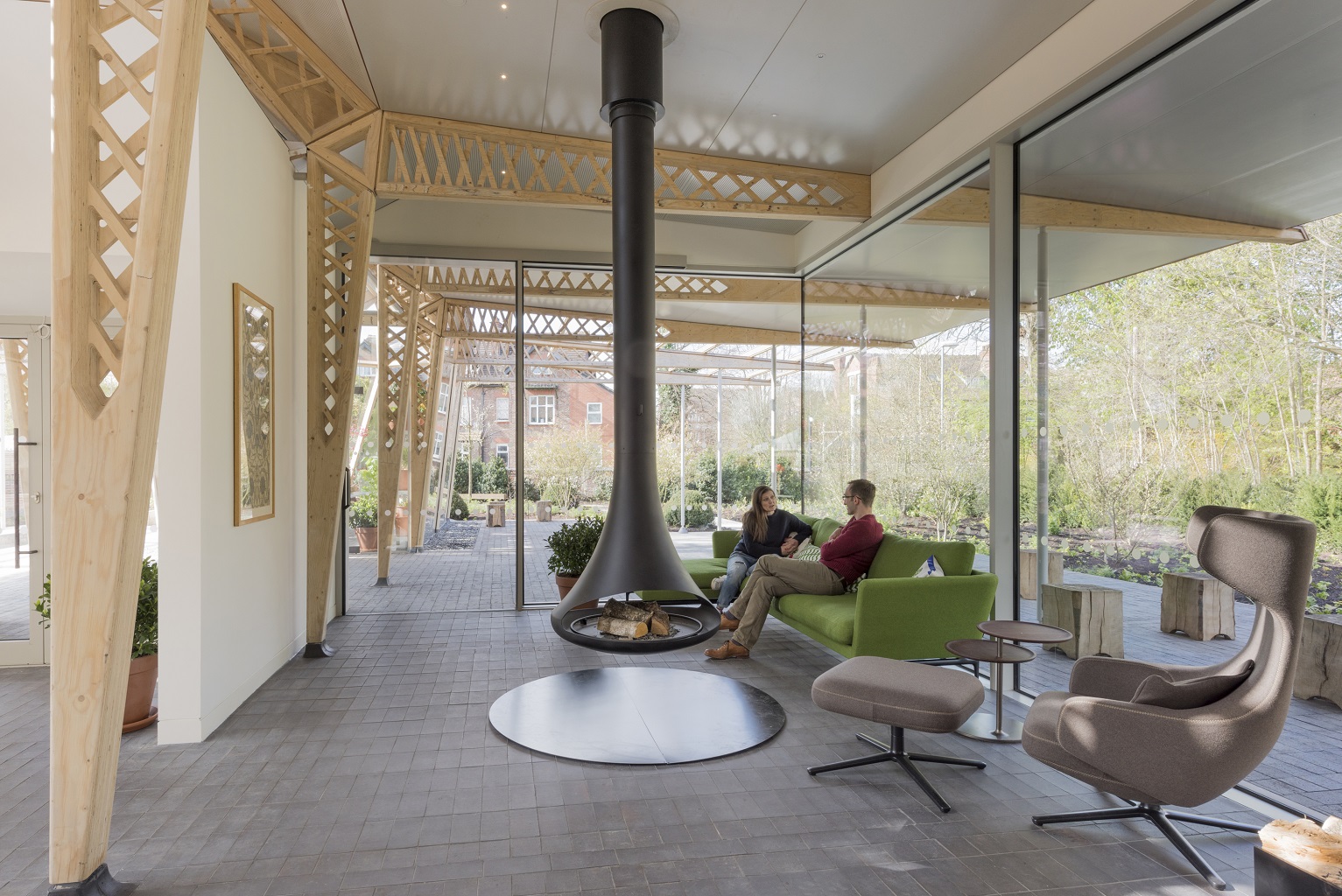
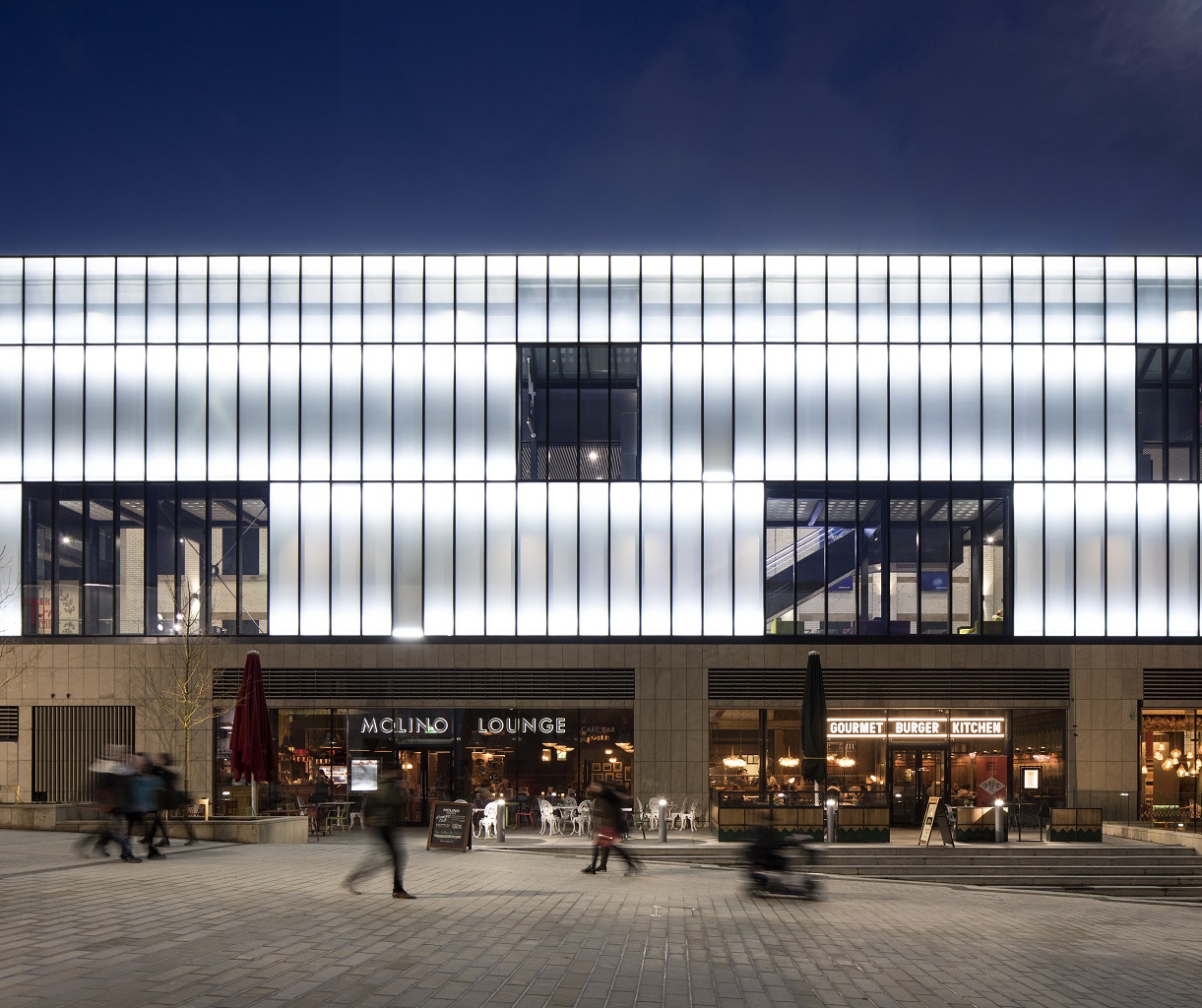

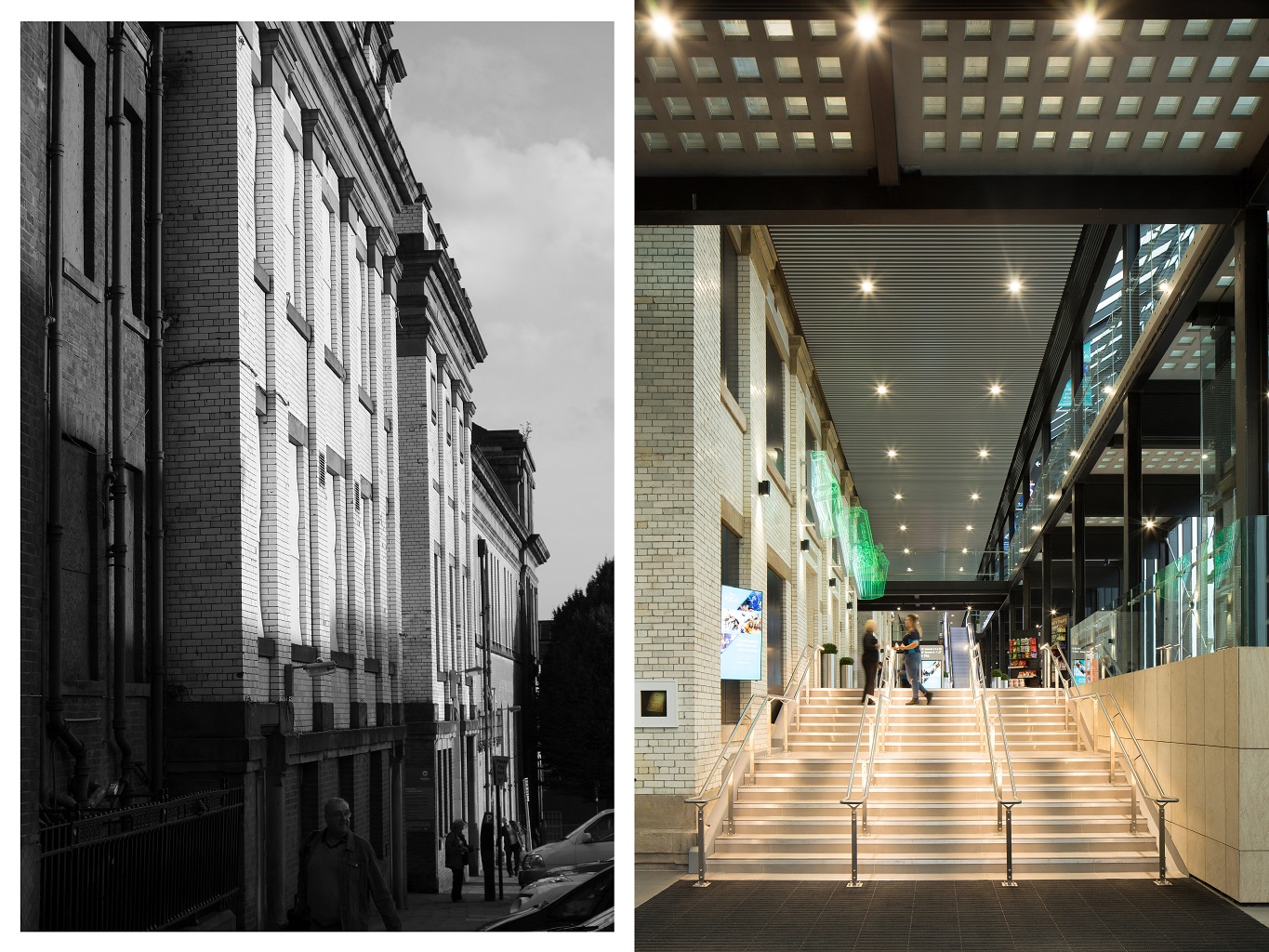
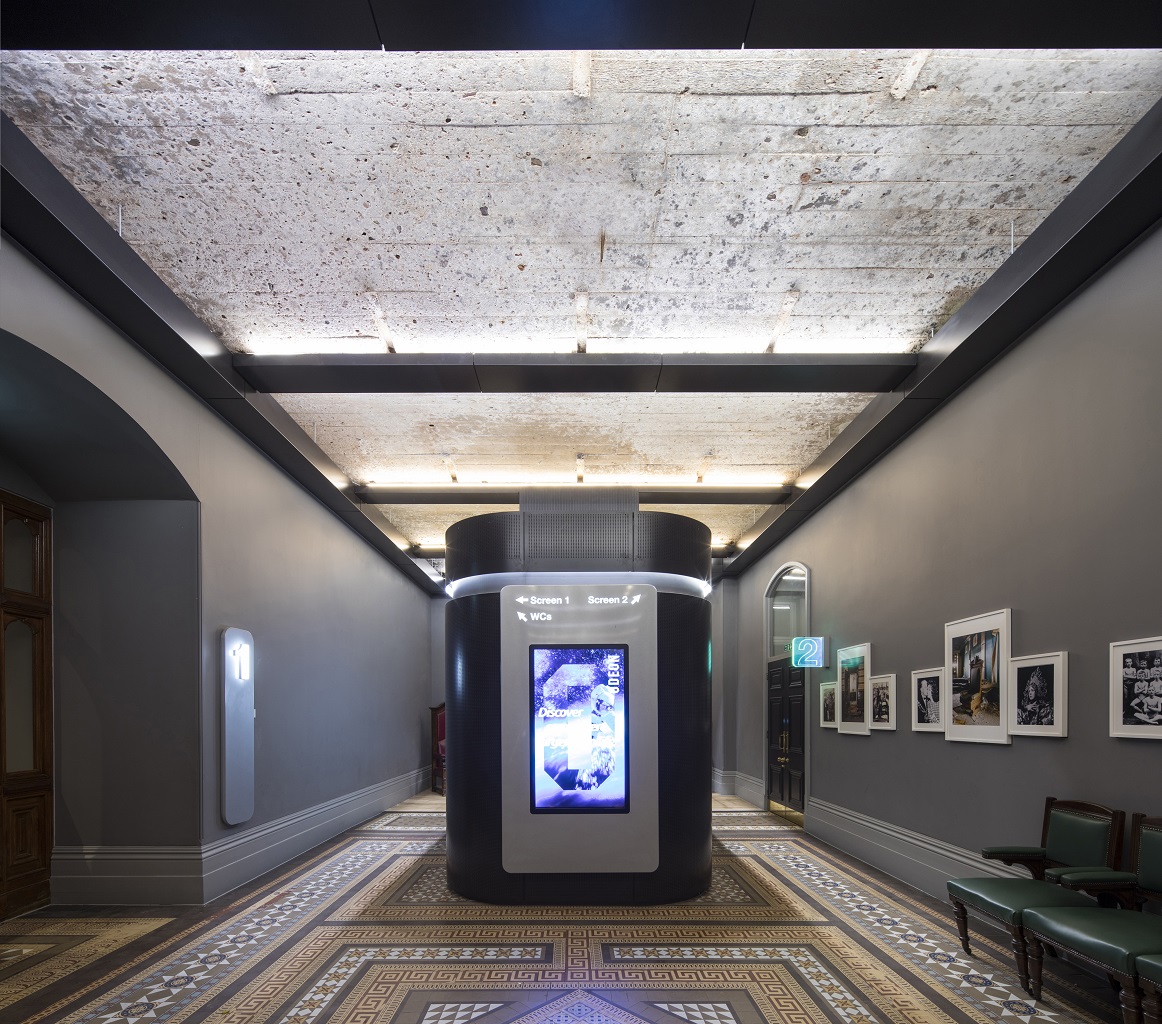
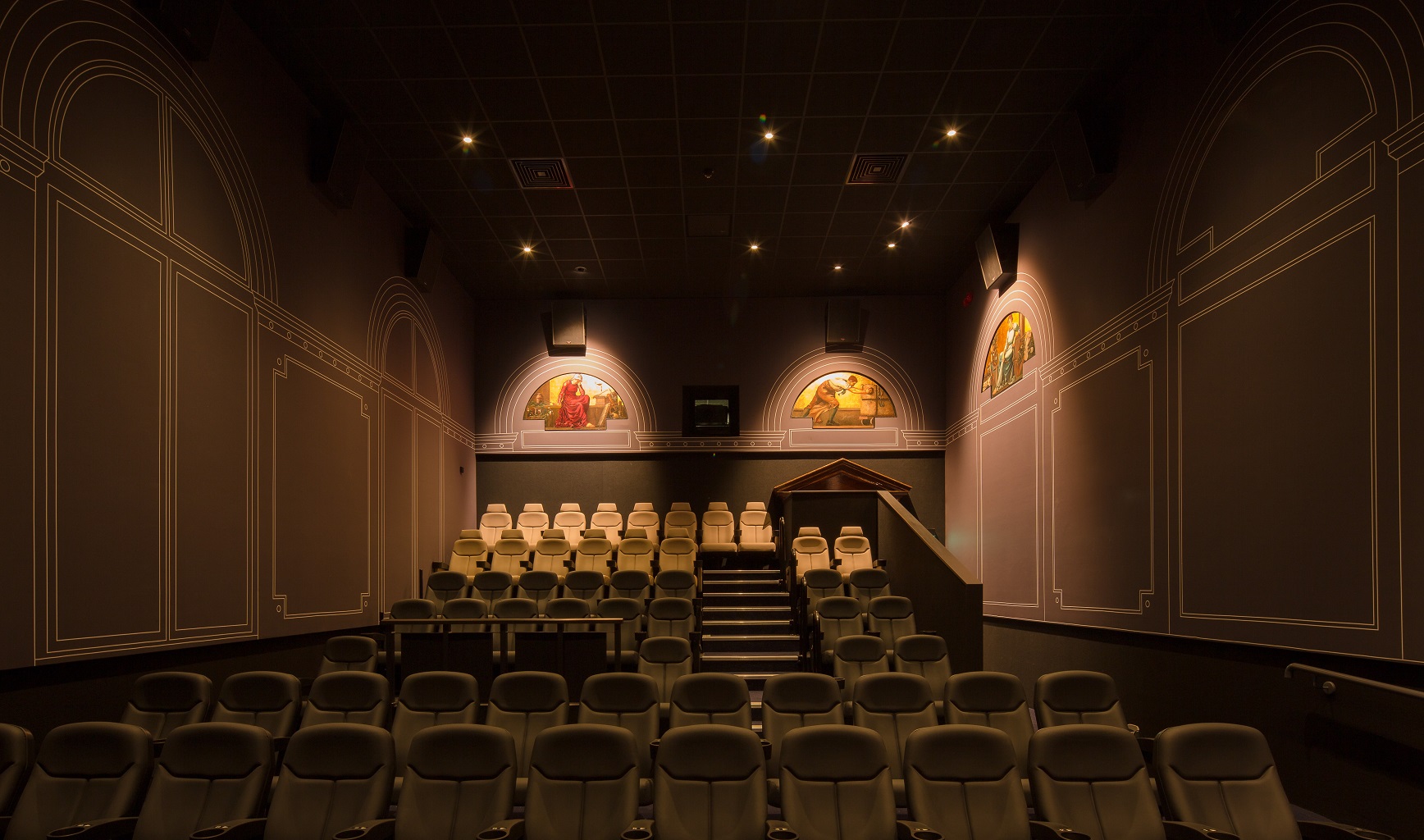
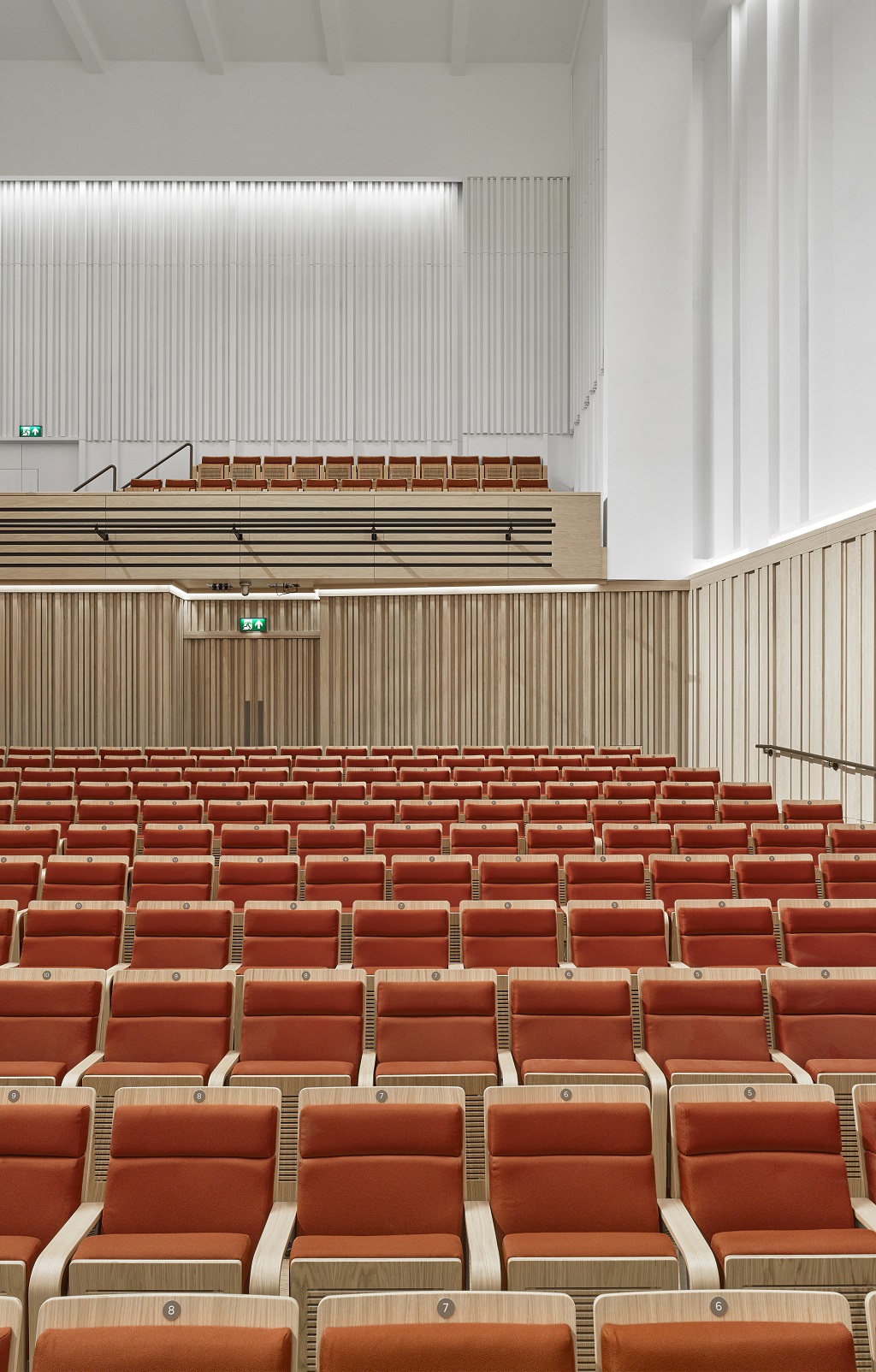
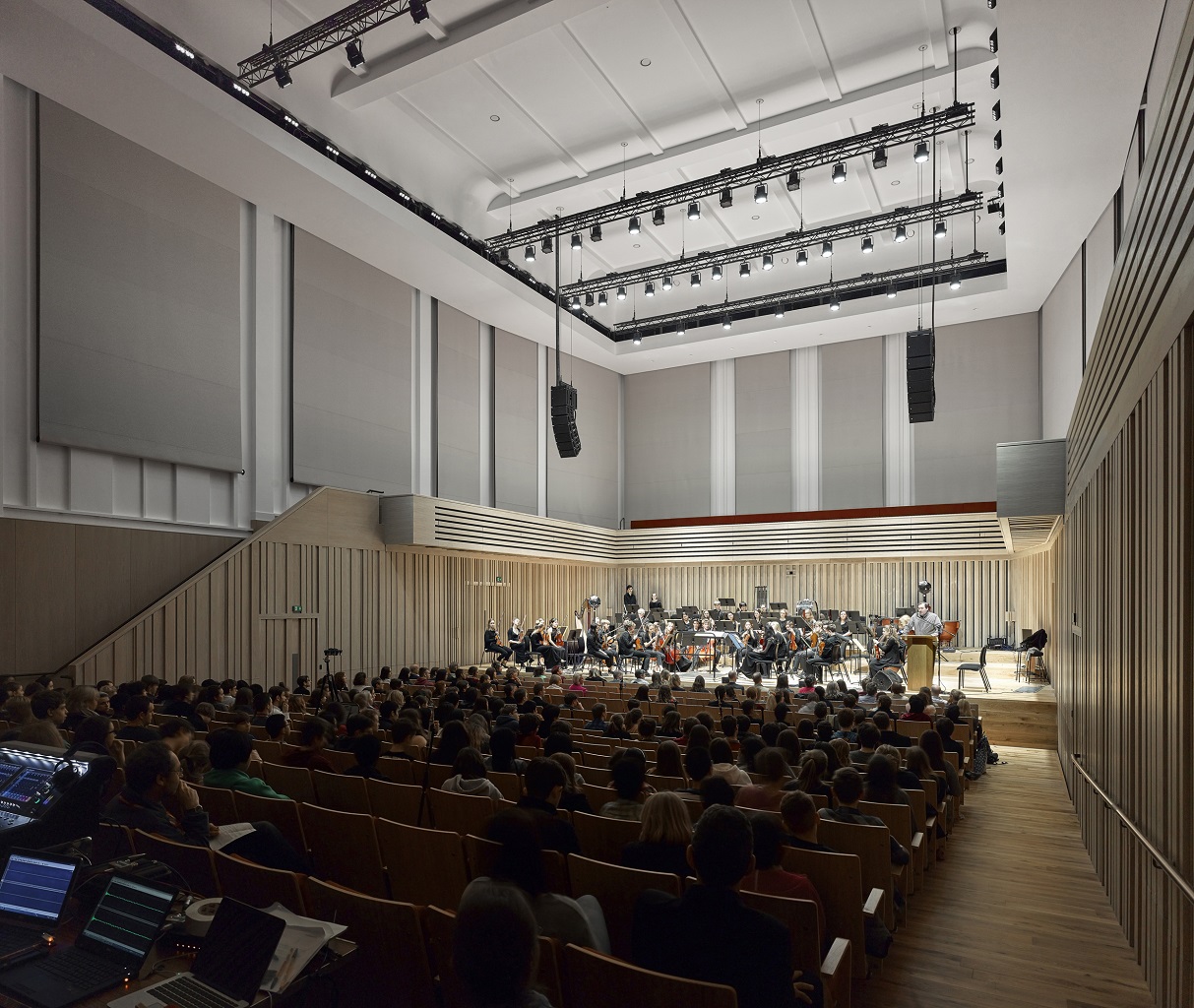
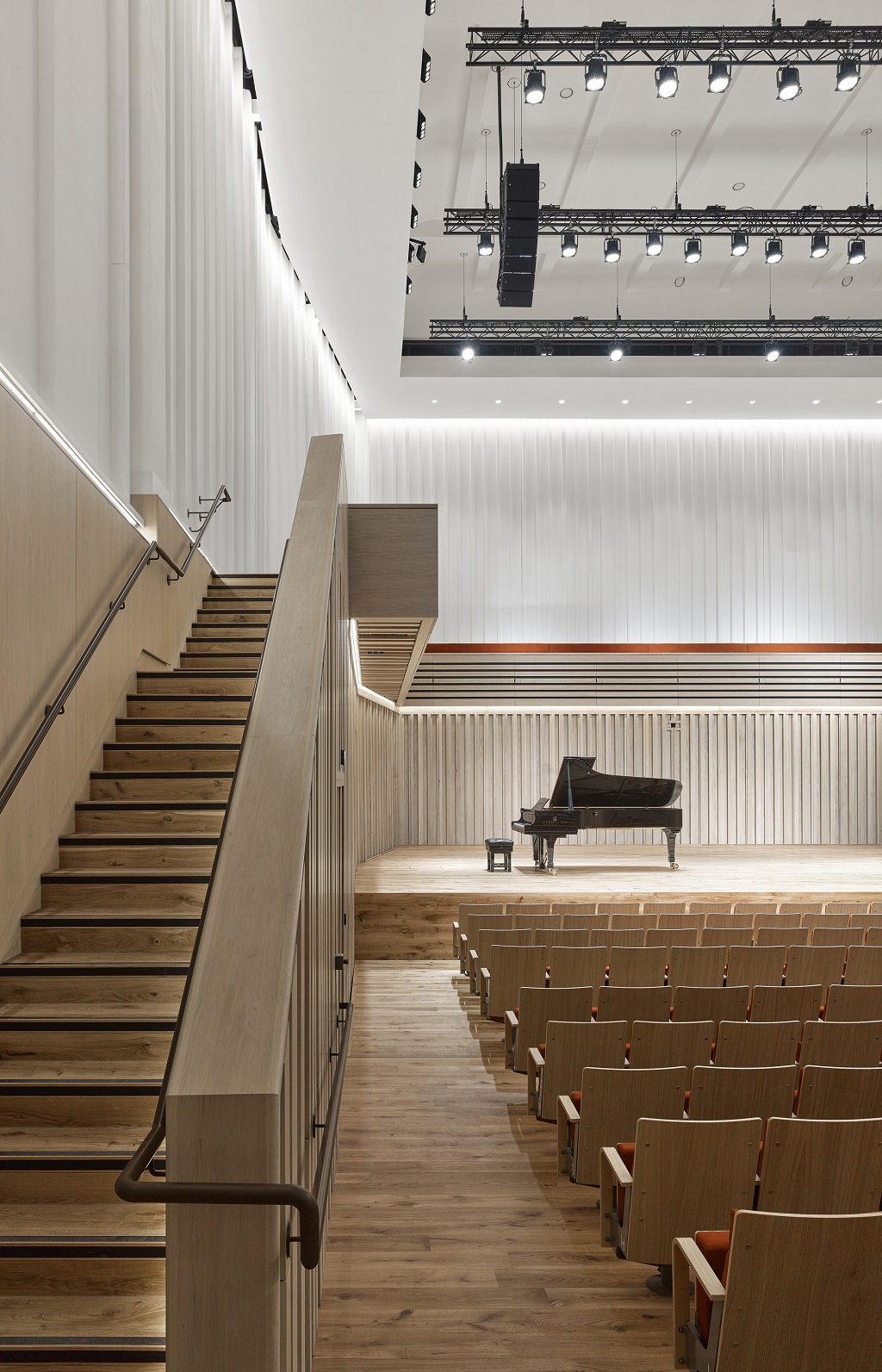
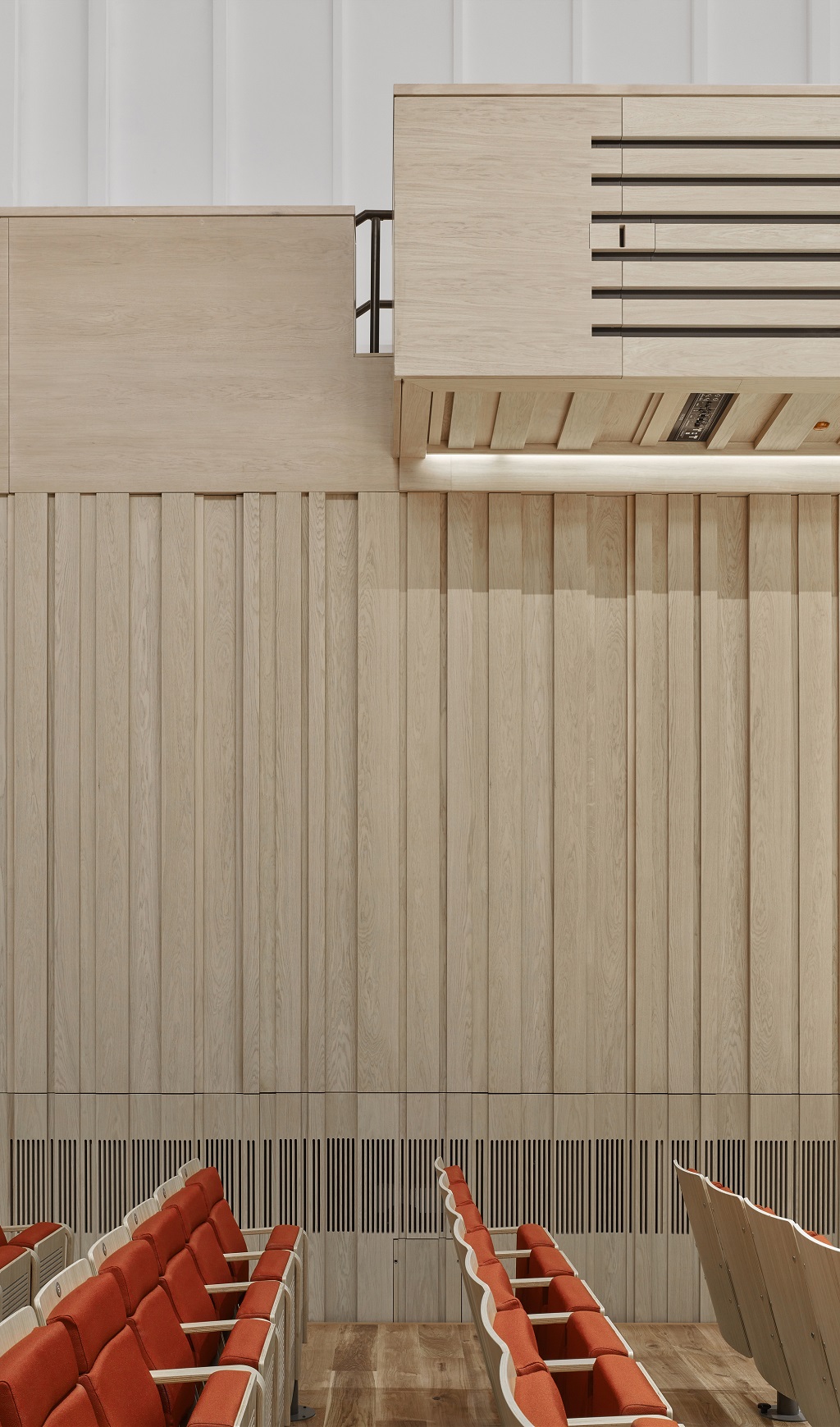
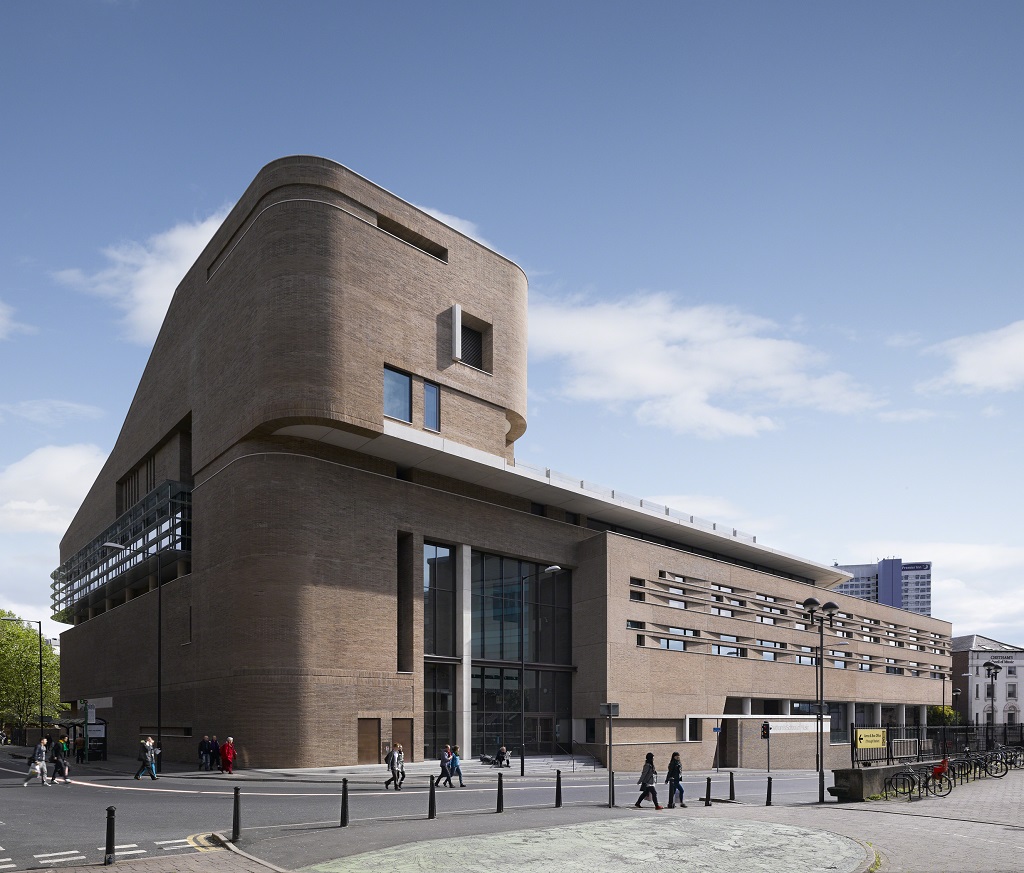
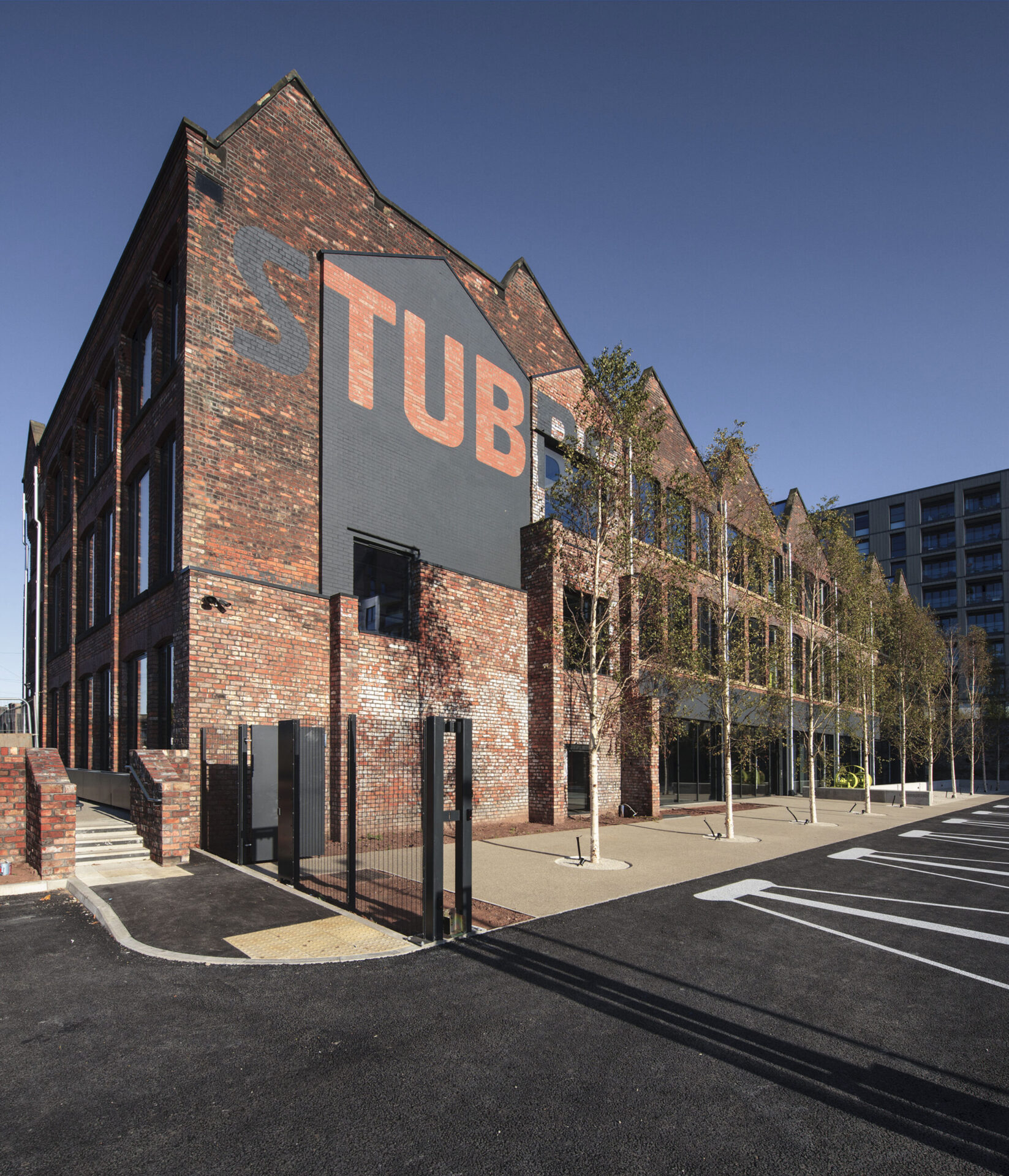
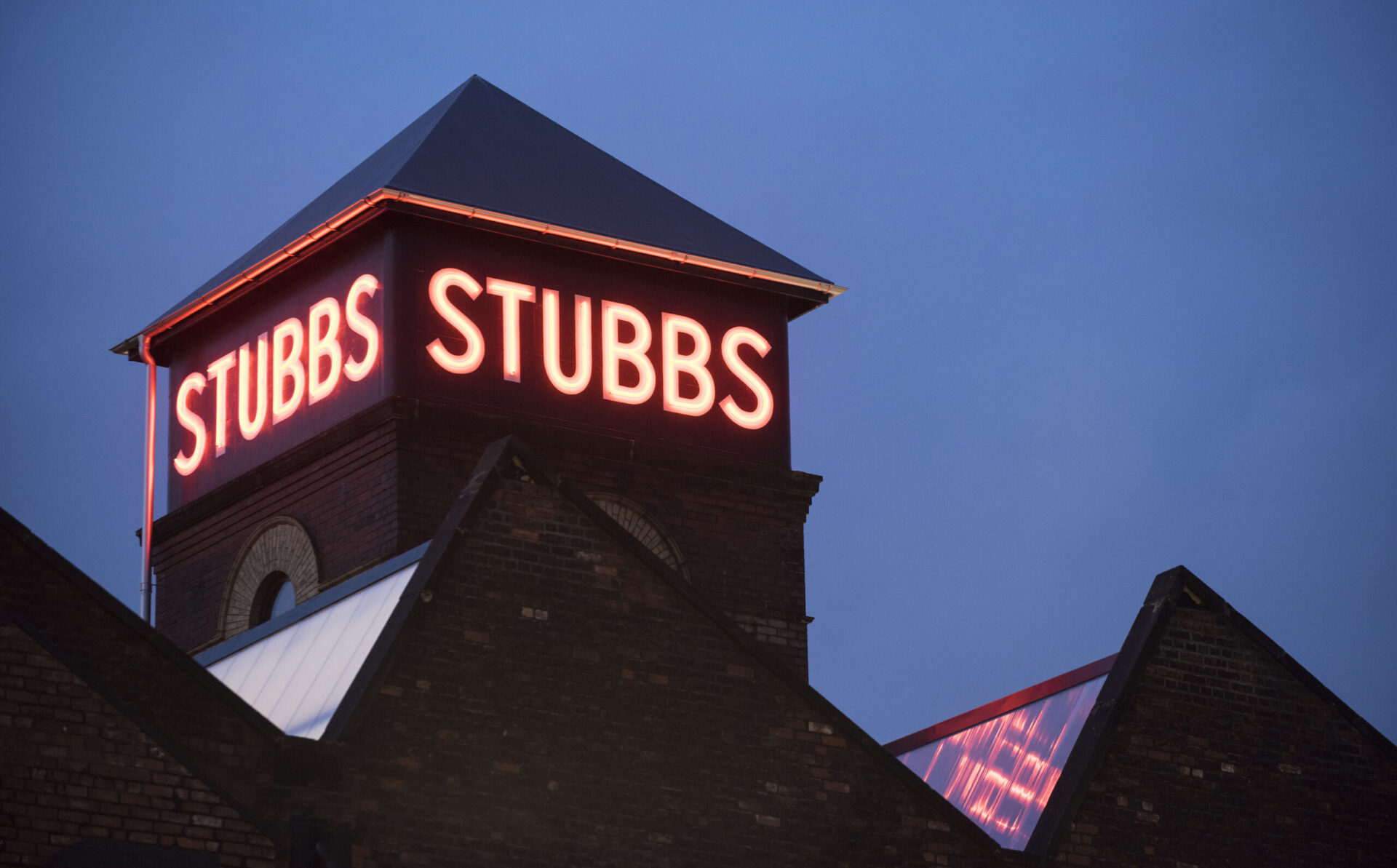
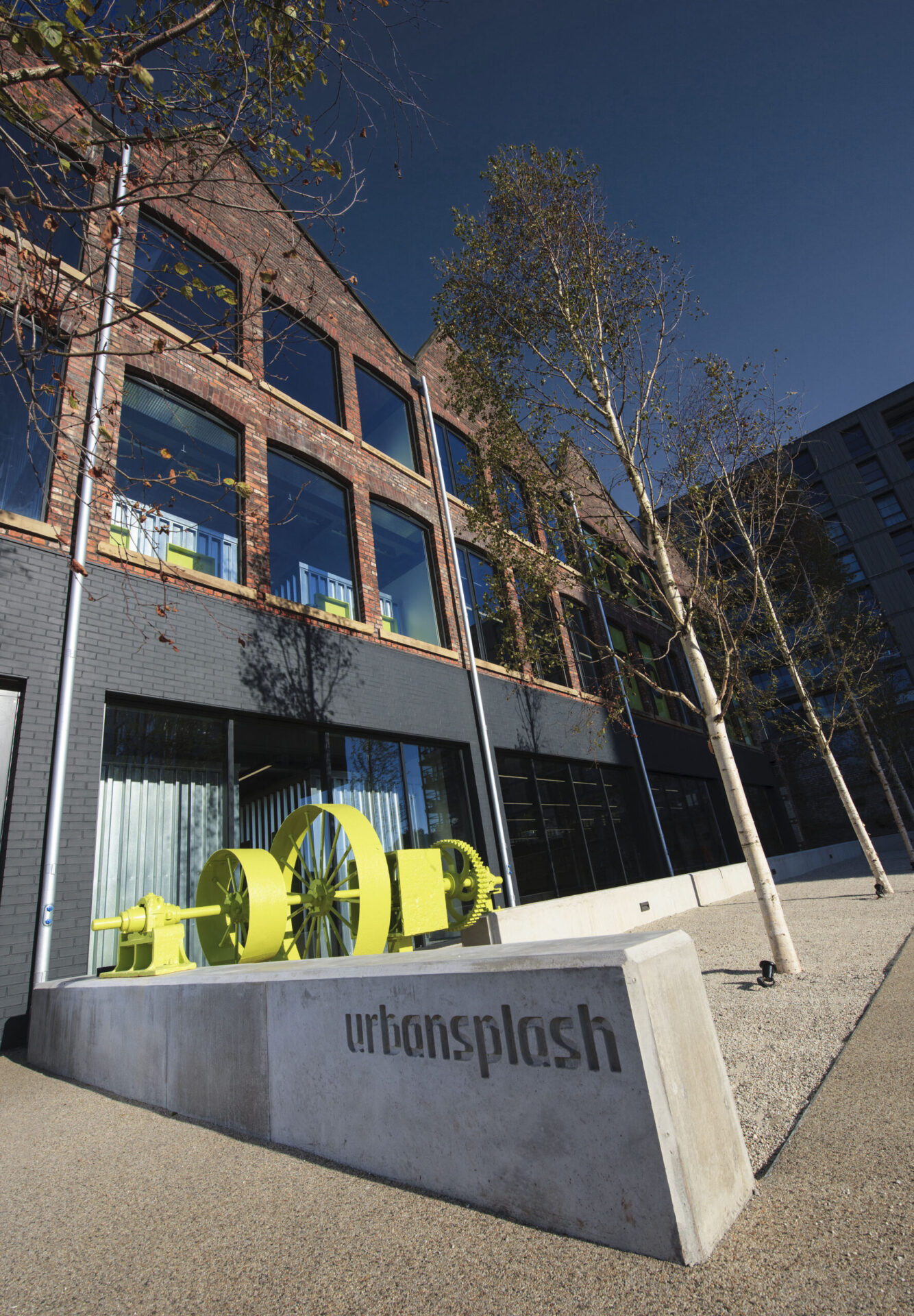
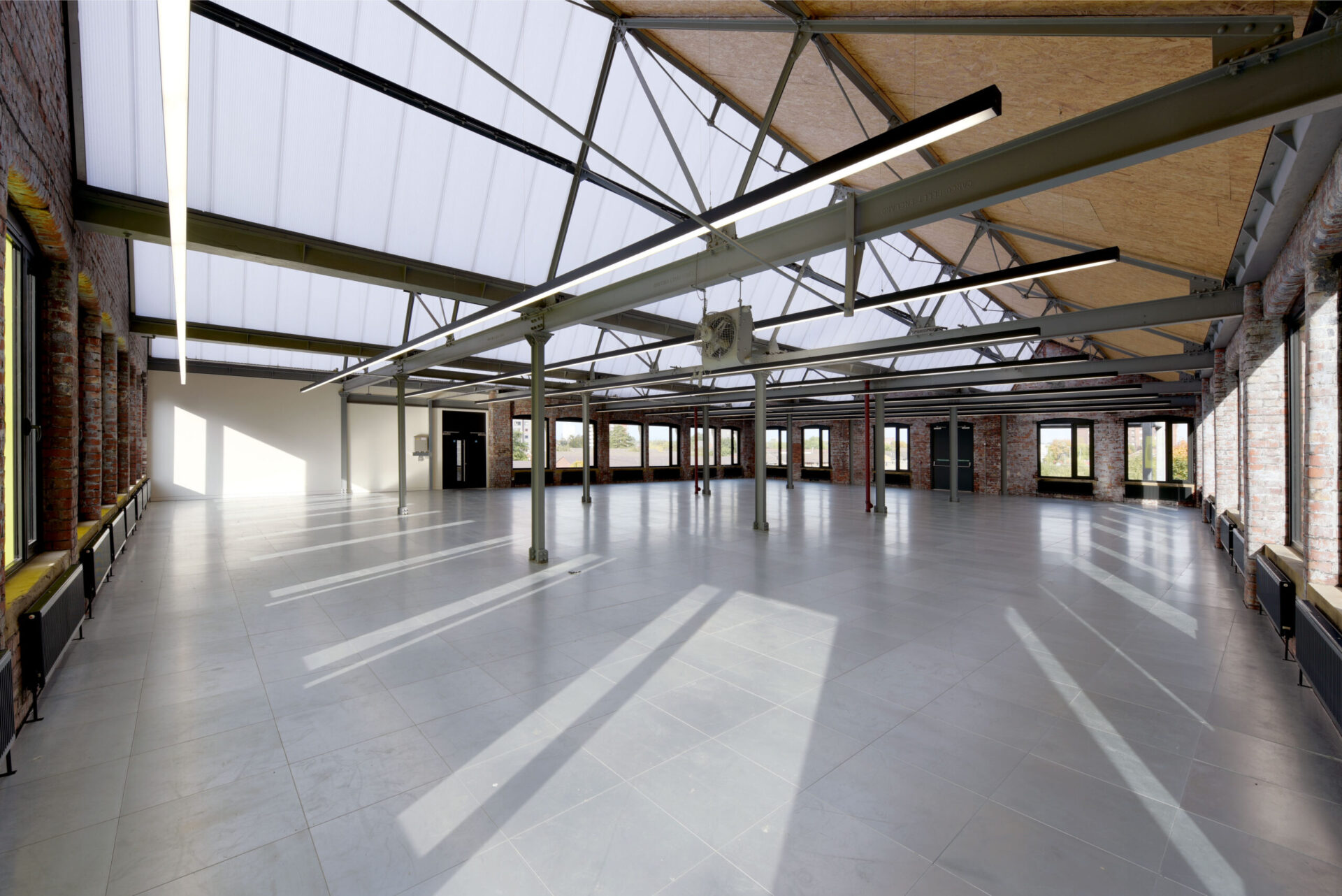
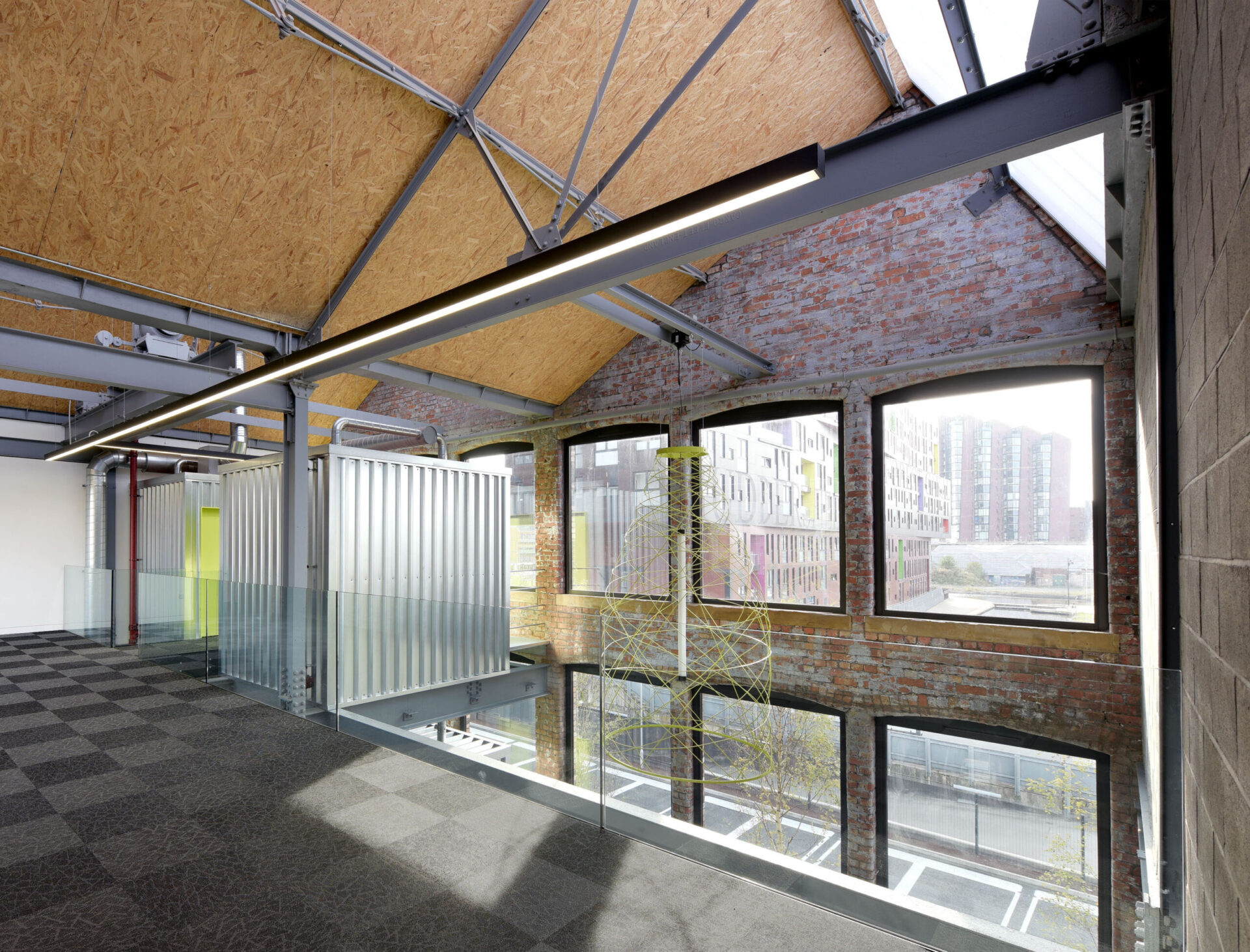
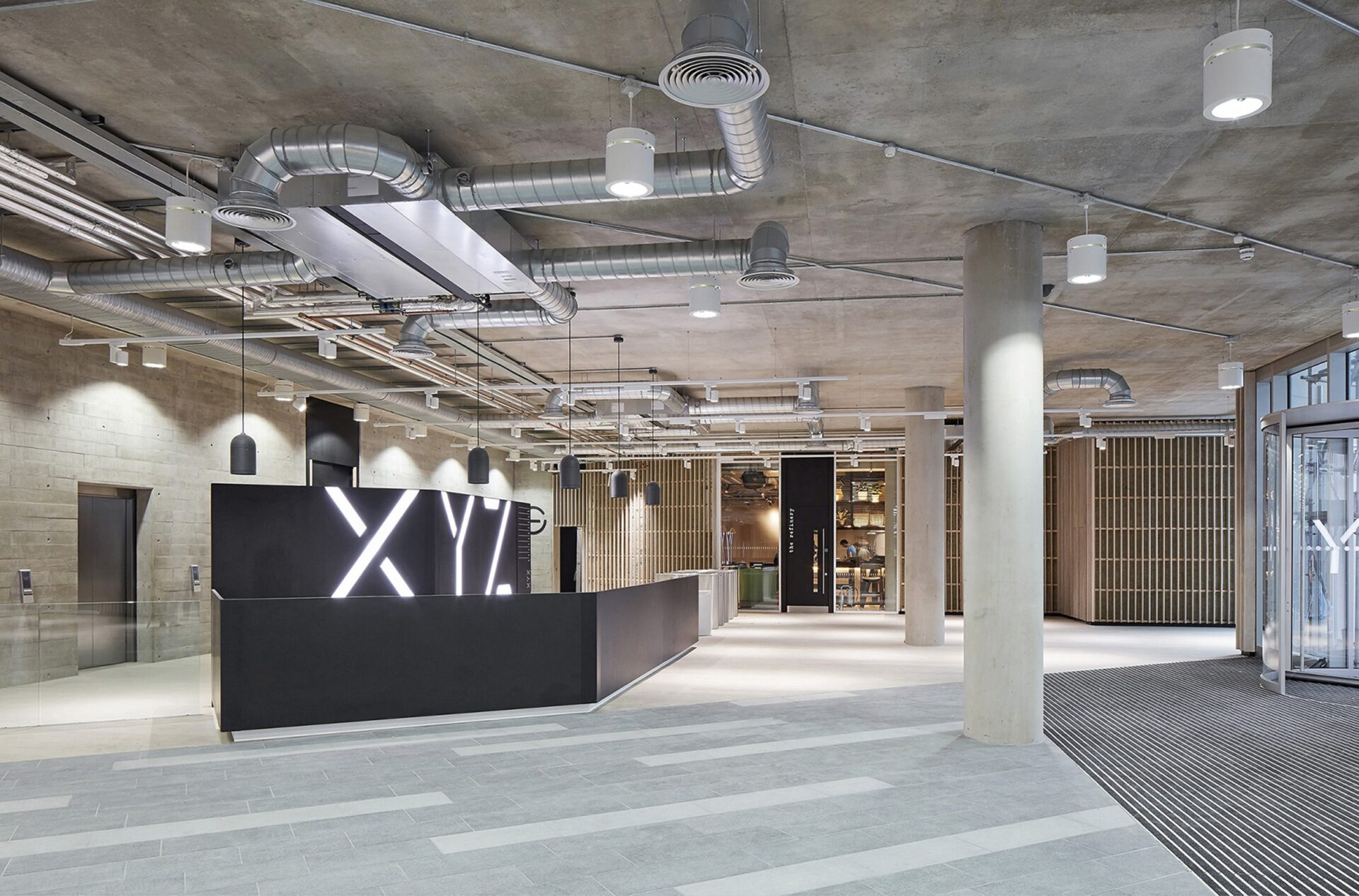
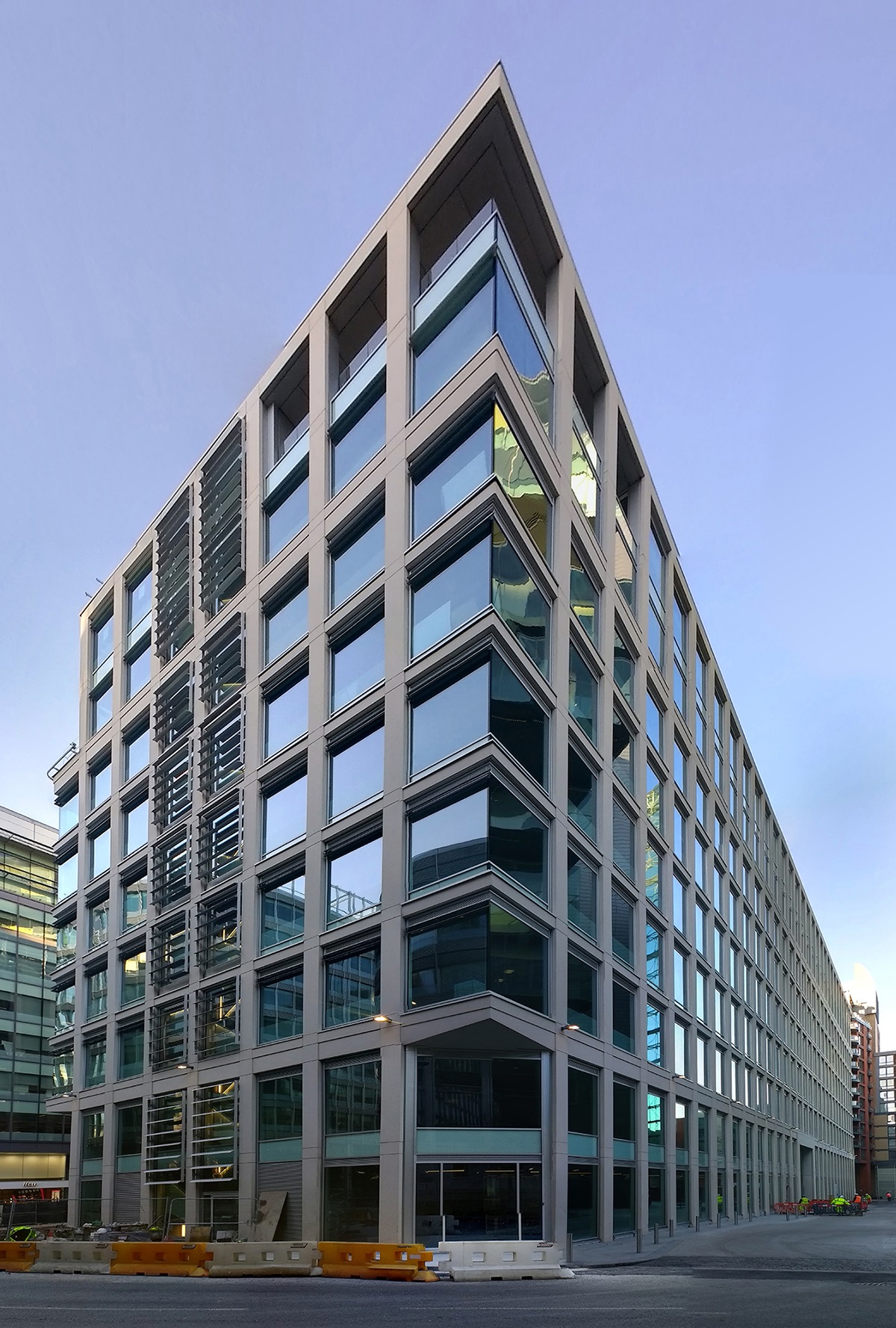
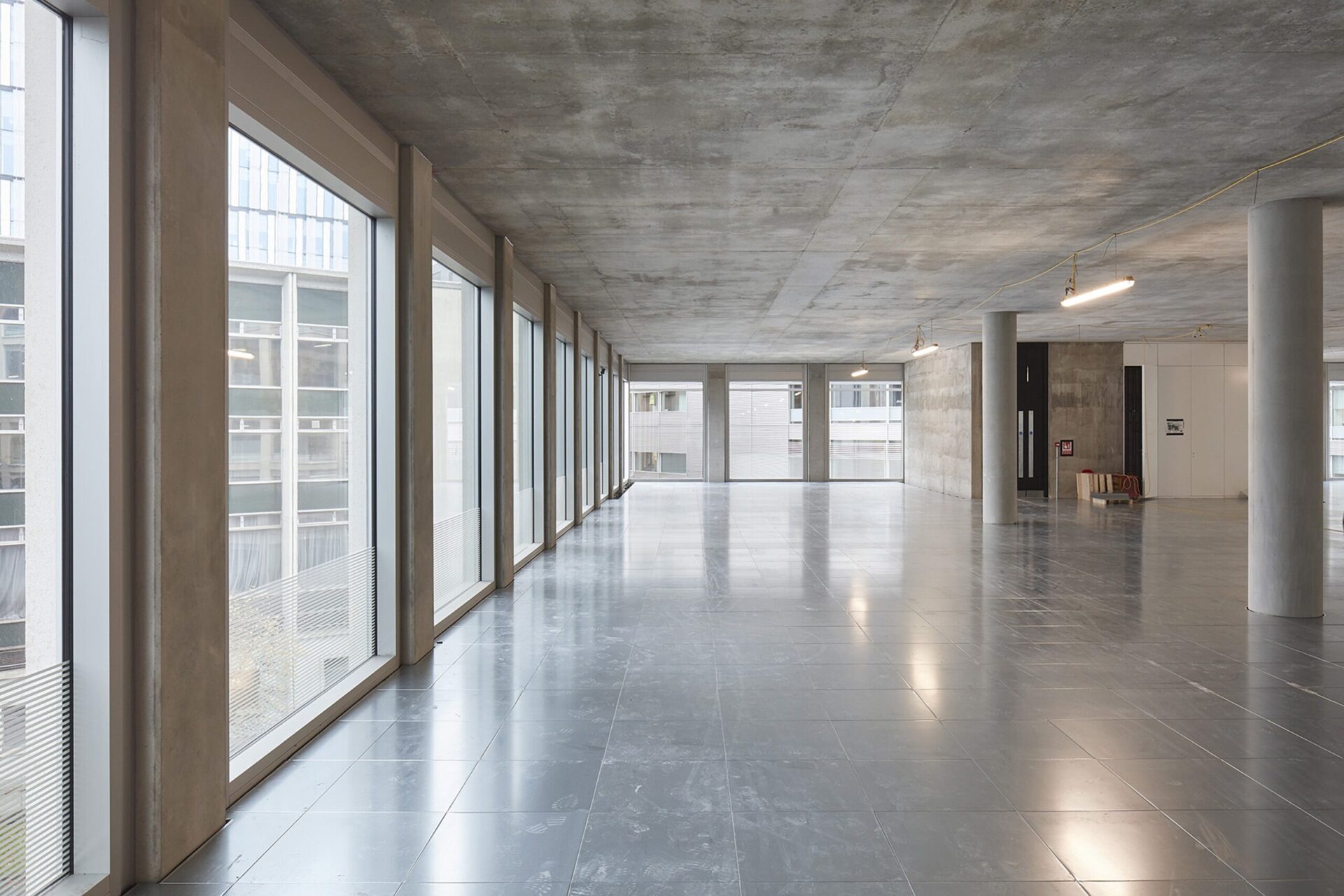
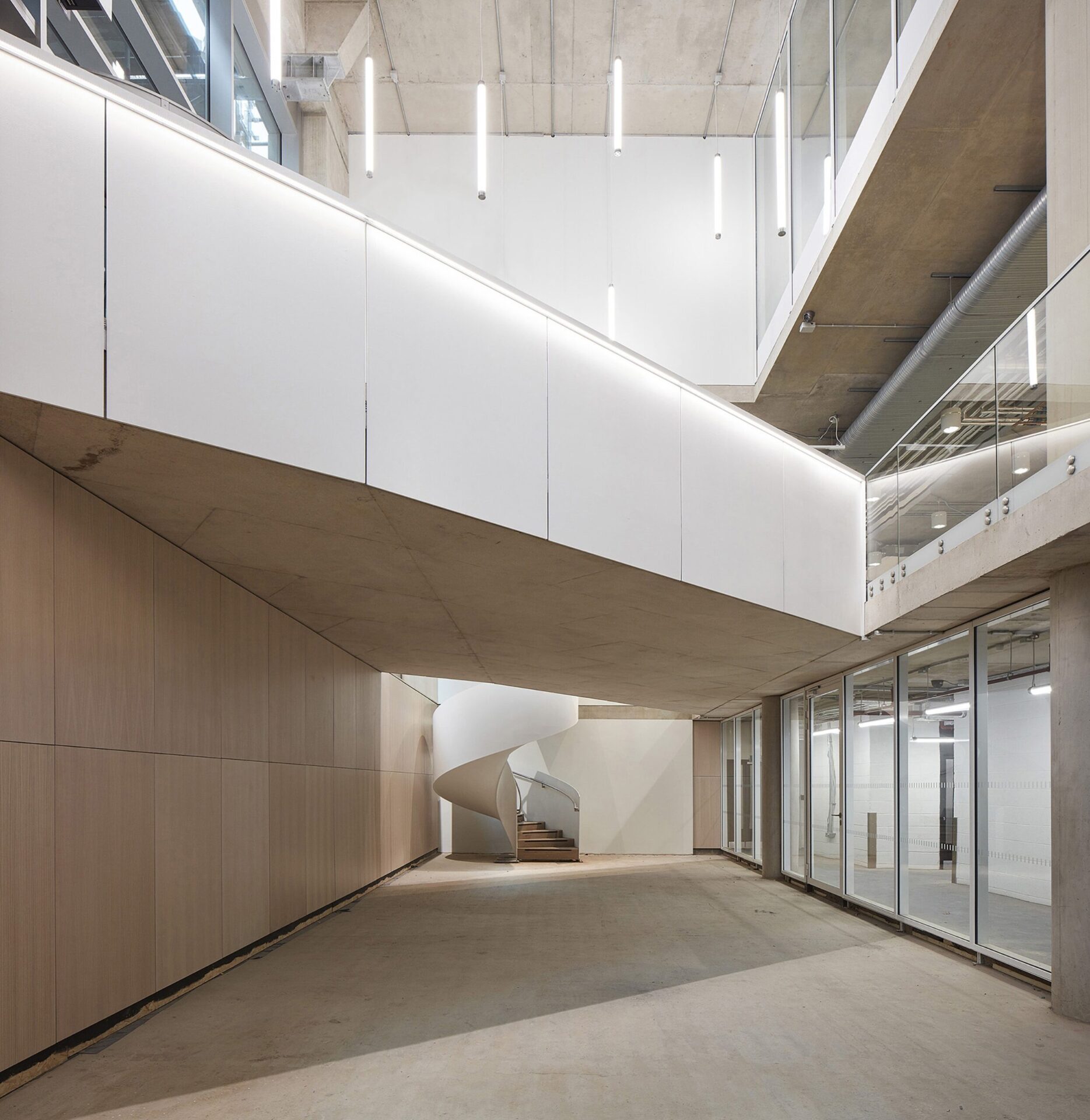
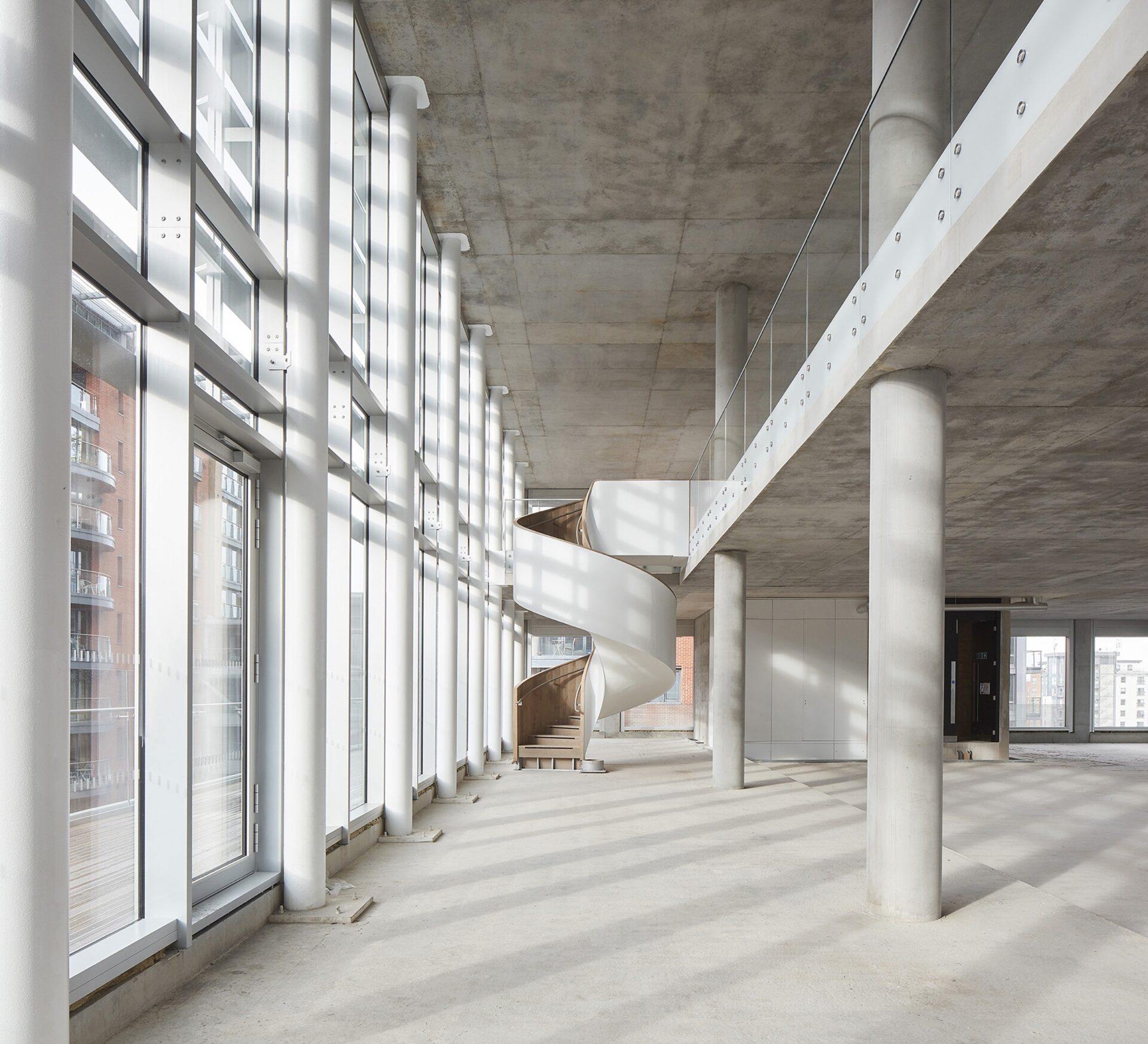


I like Oldham Town Hall.
By Elephant
Oldham Town Hall shows innovation and conservation. Surprised Cambridge Street apartments in mass produced cheap system build which will bleed dirt & grime on the facade soon – made the grade. A worry this made the cut. Our threshold of good has fallen in past 20years.
By Mark H
Agree about Cambridge street.They look fine now,but what they will look like in 5 years is anyone’s guess.
By Elephant
I suspect they’ll look similar. I don’t think they will grow any bigger.
By Anonymous